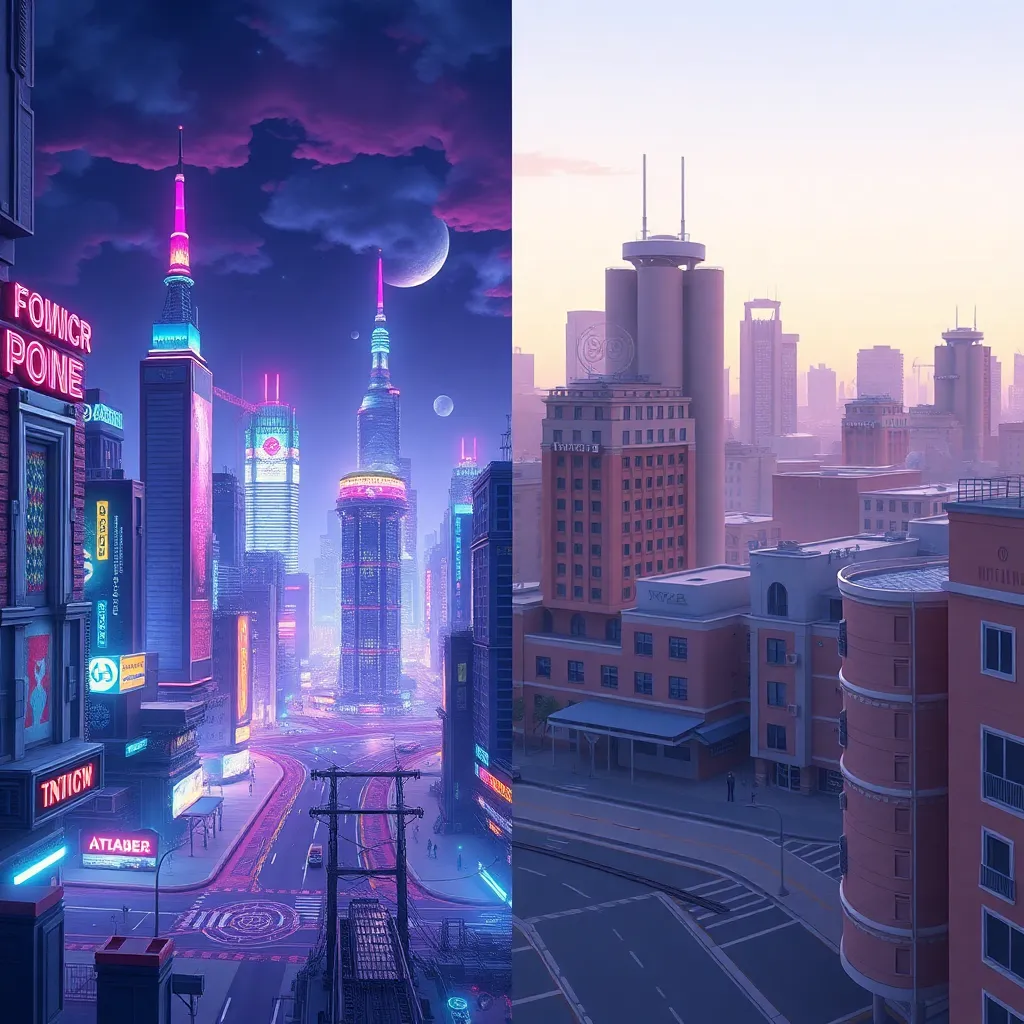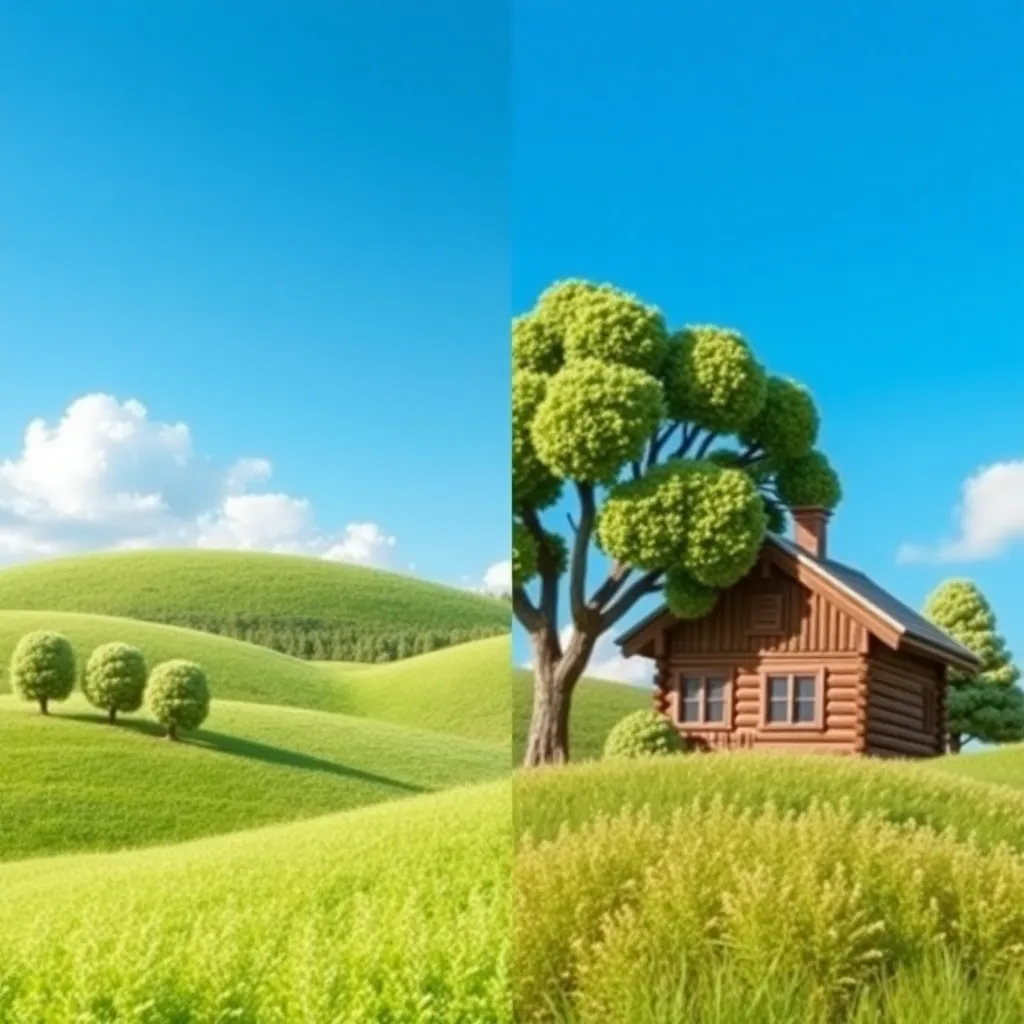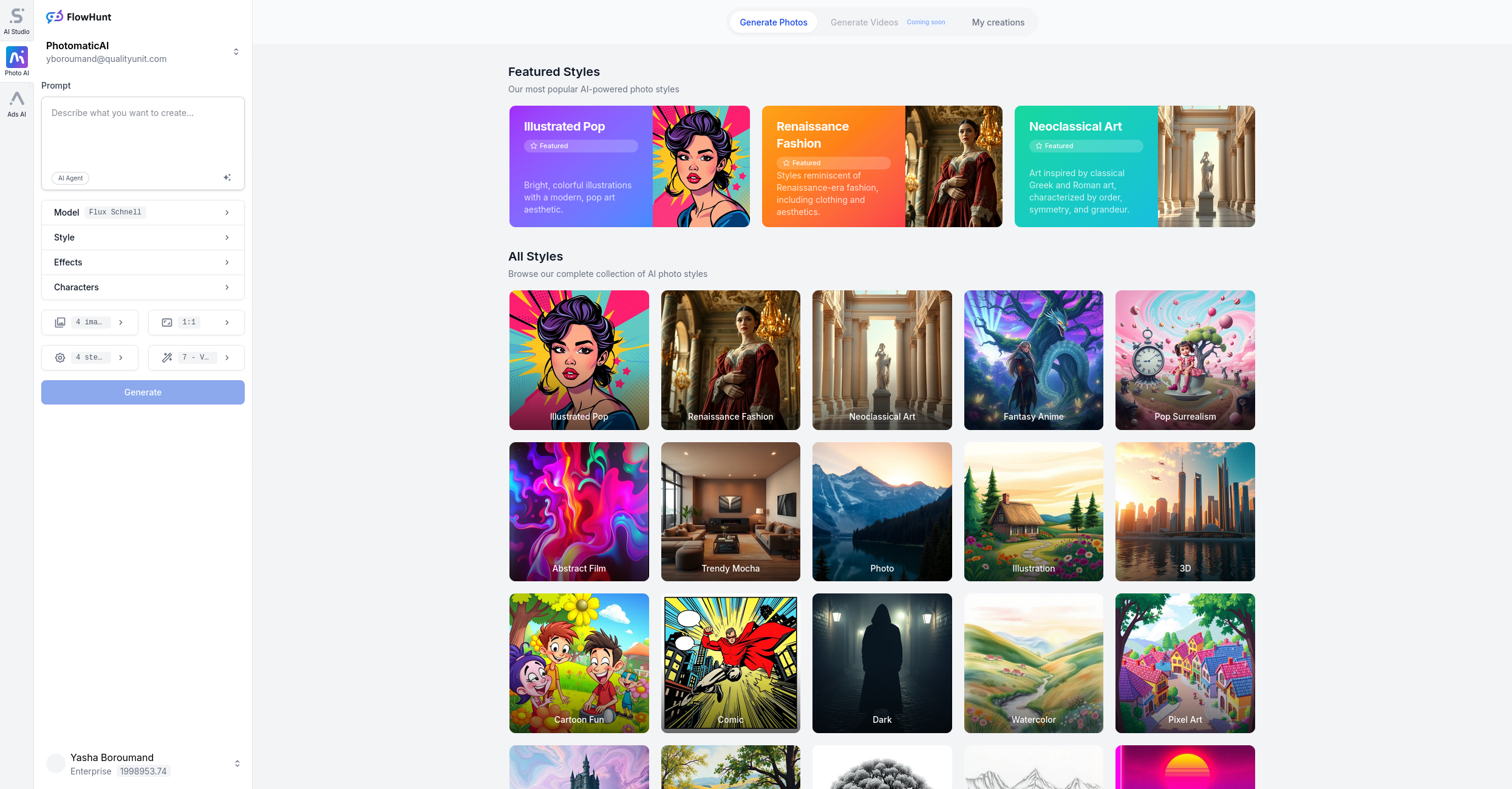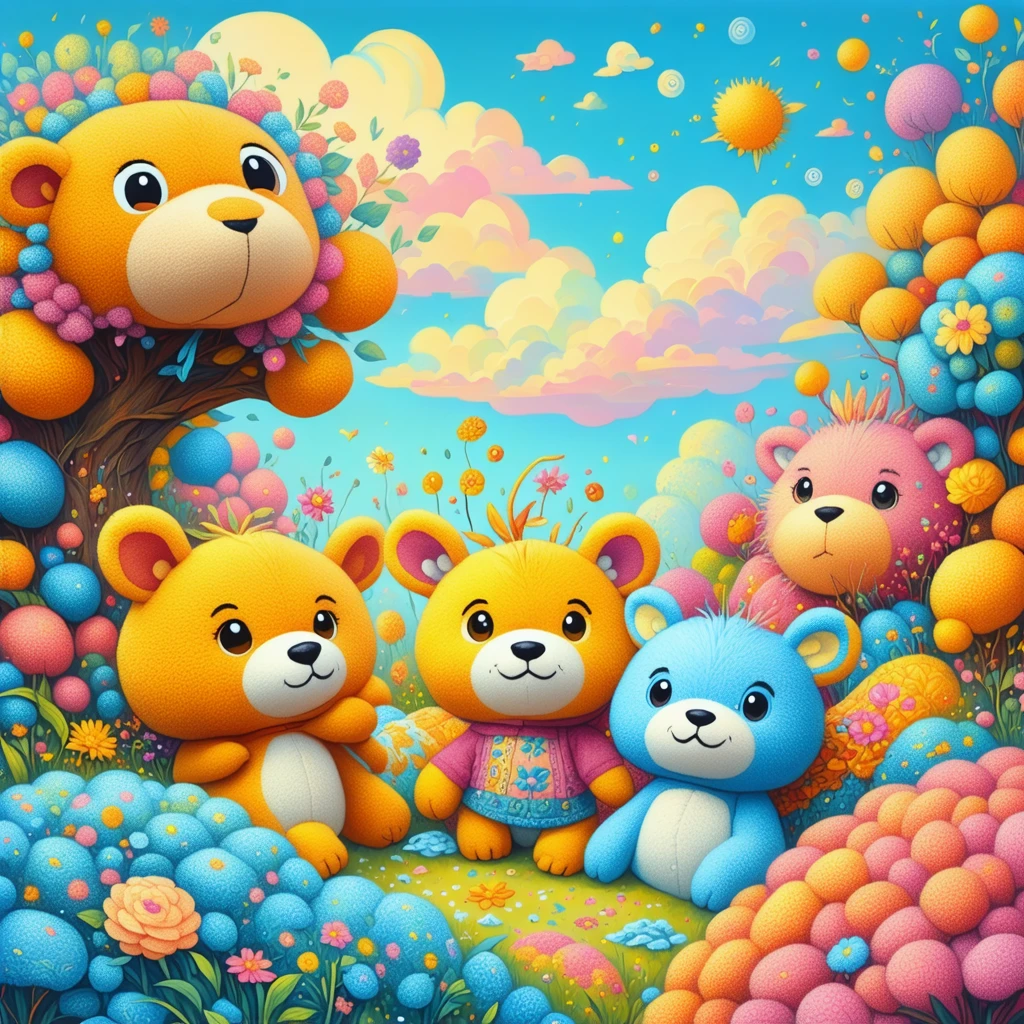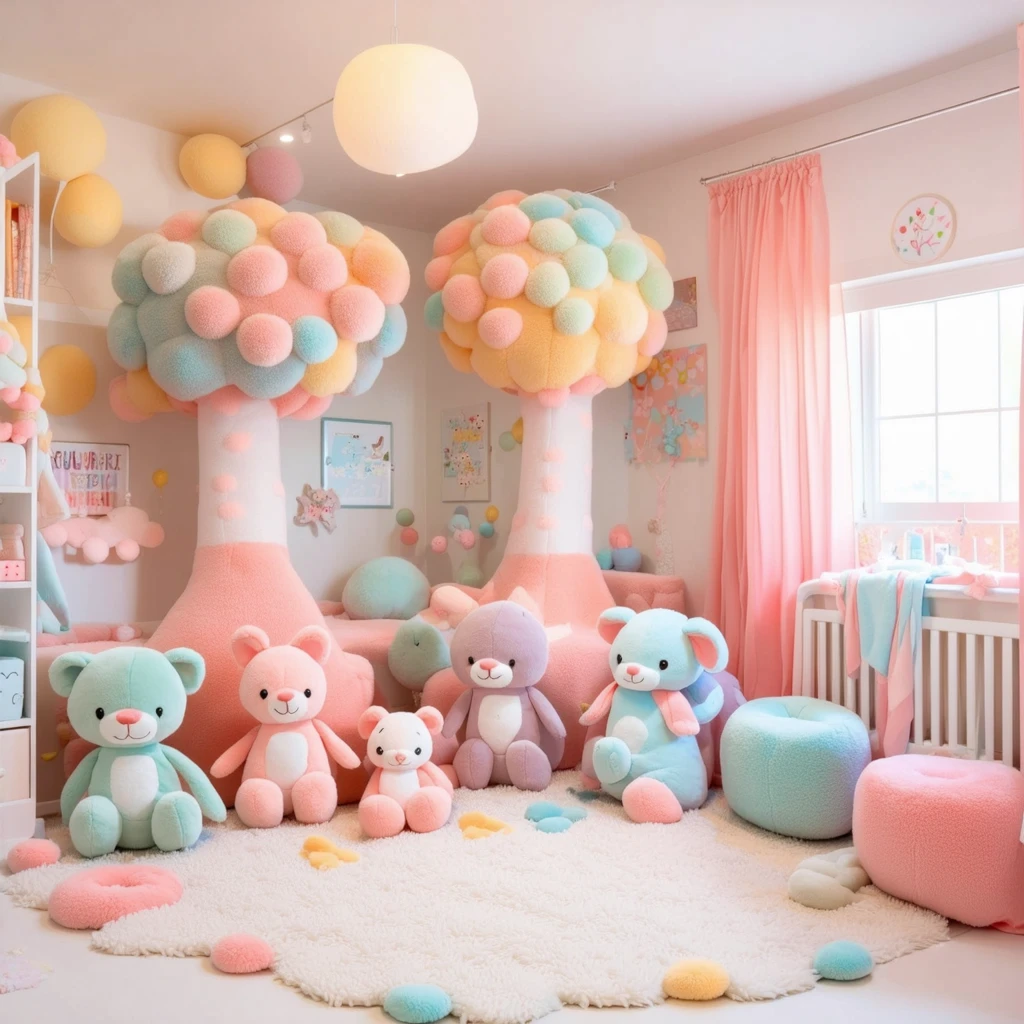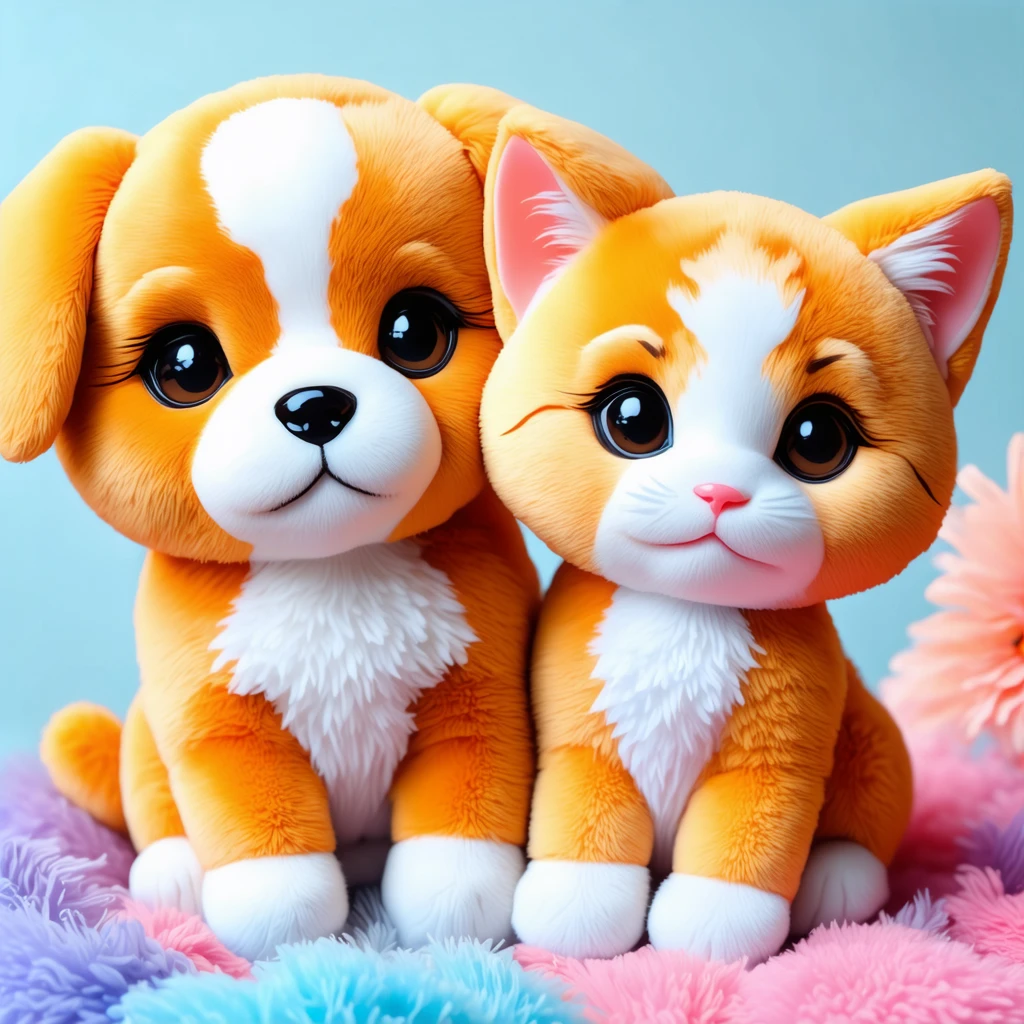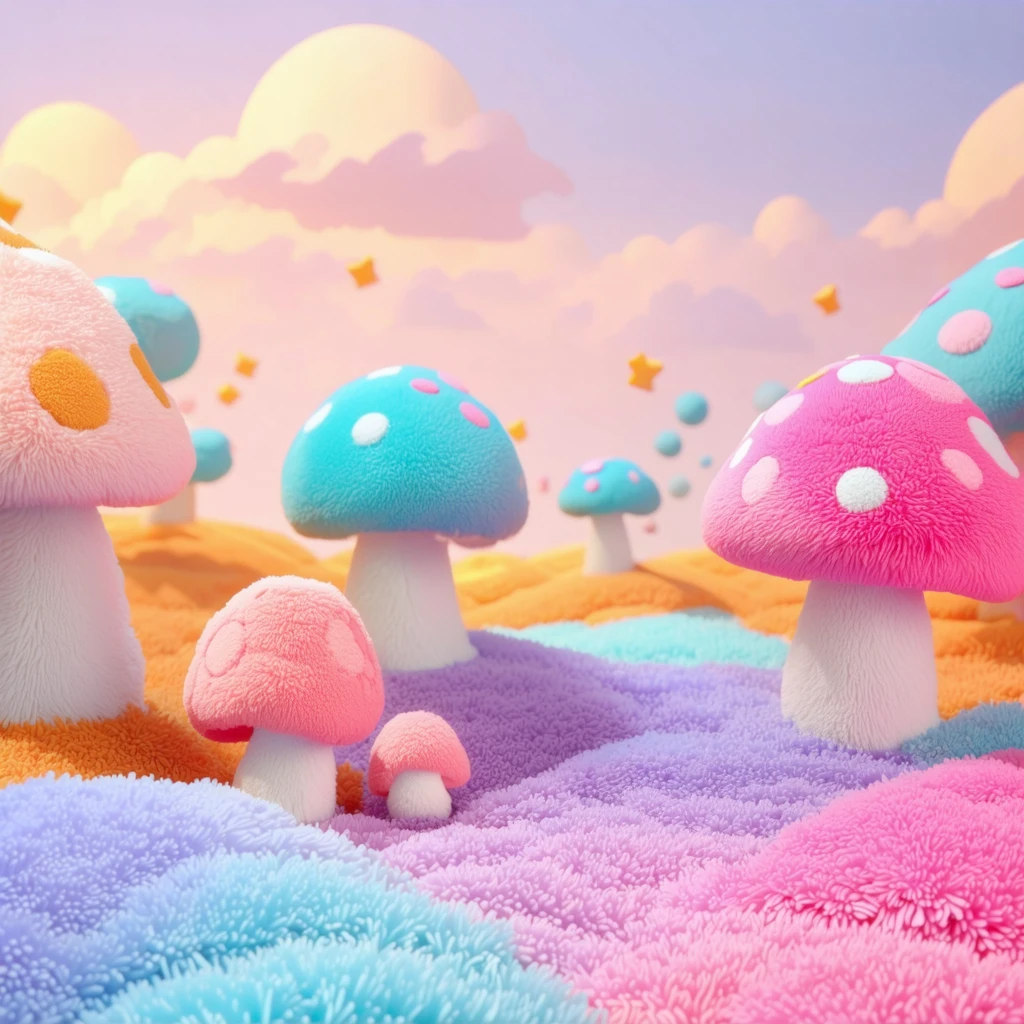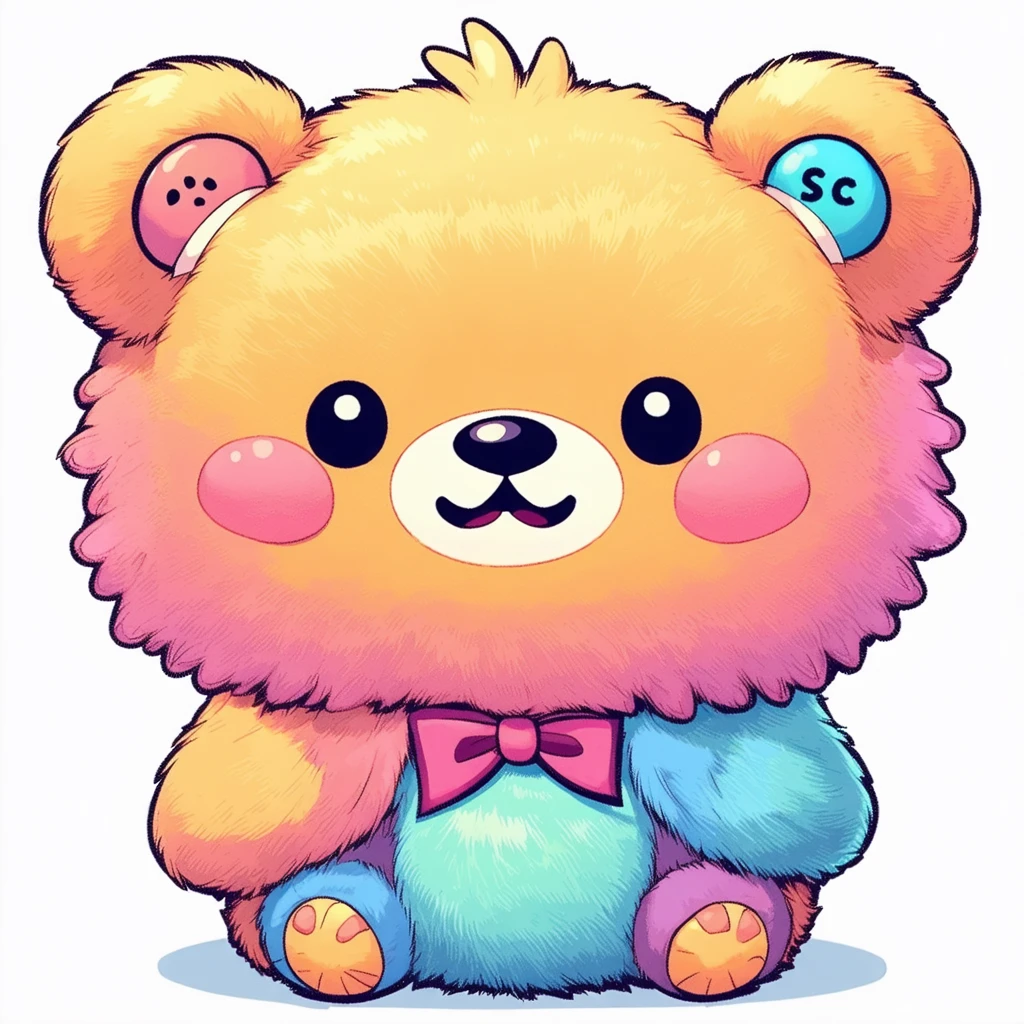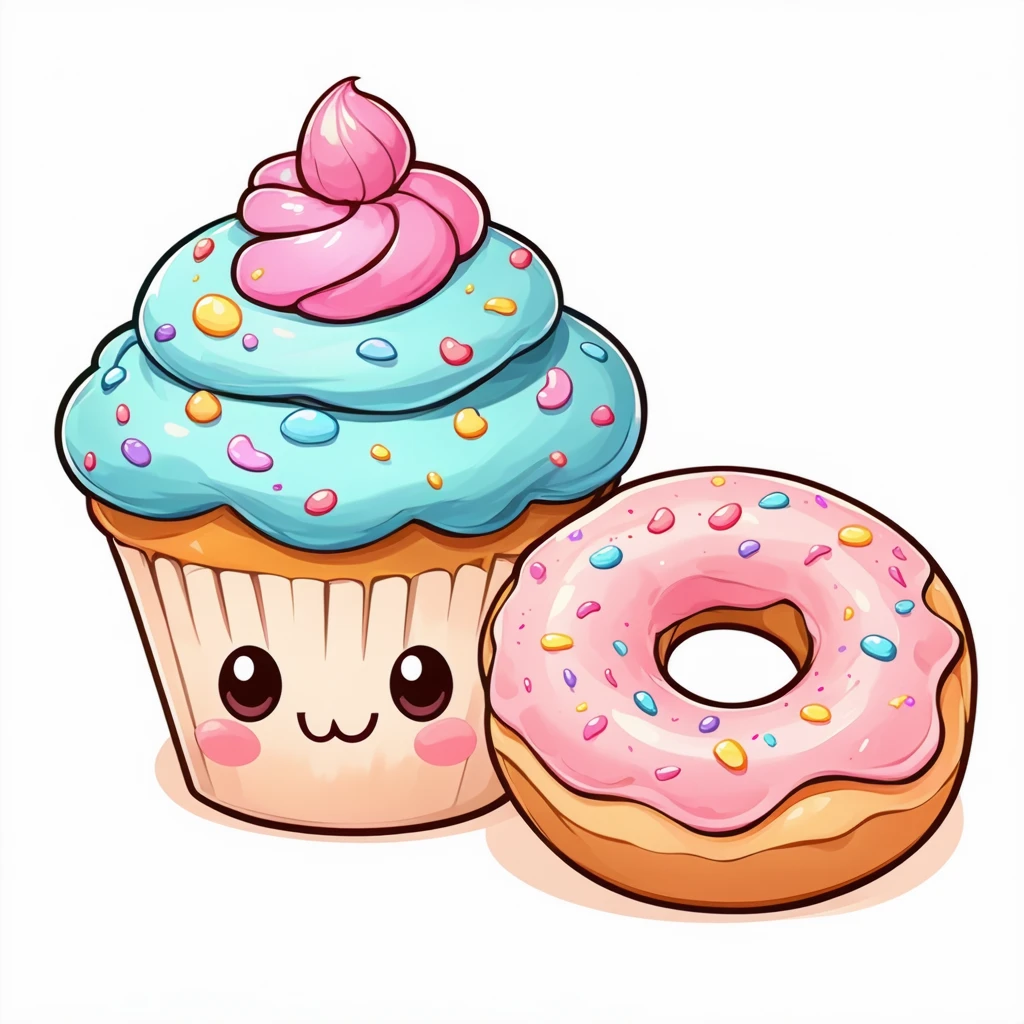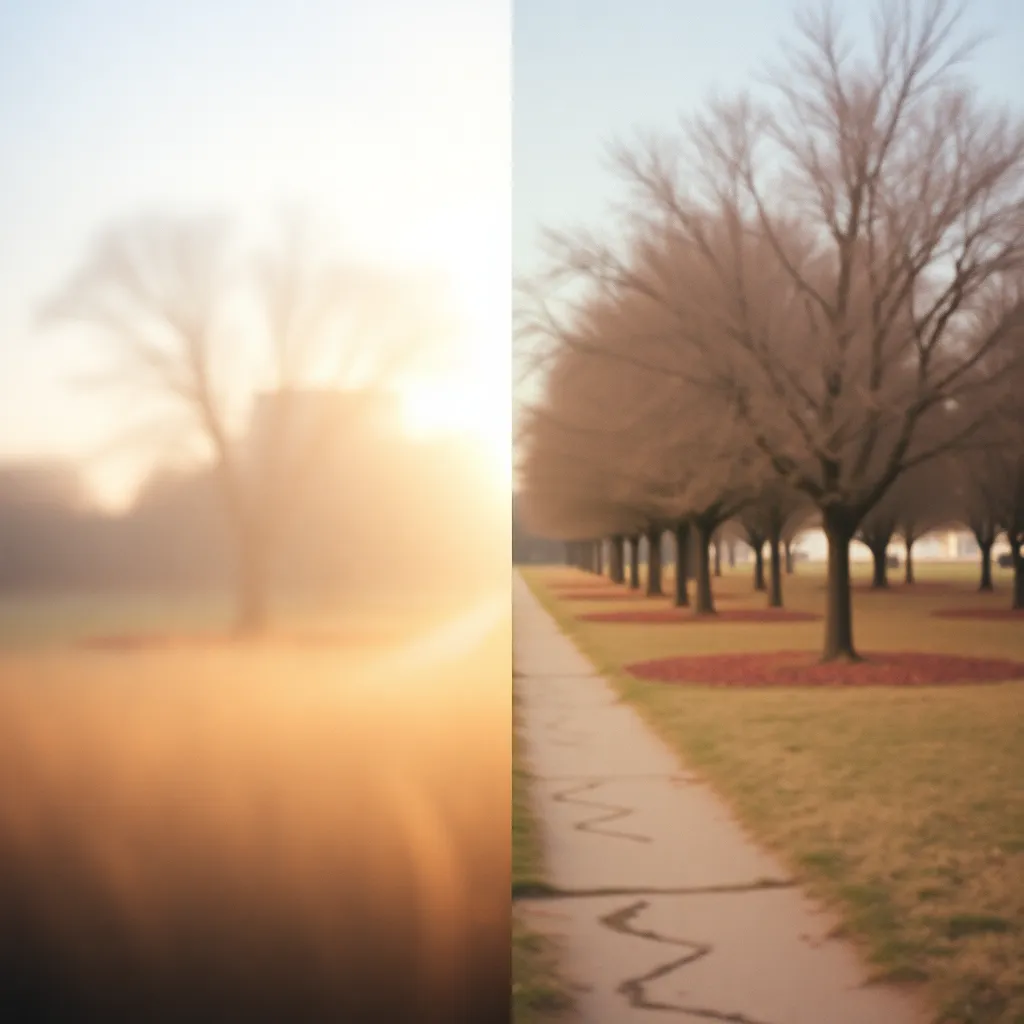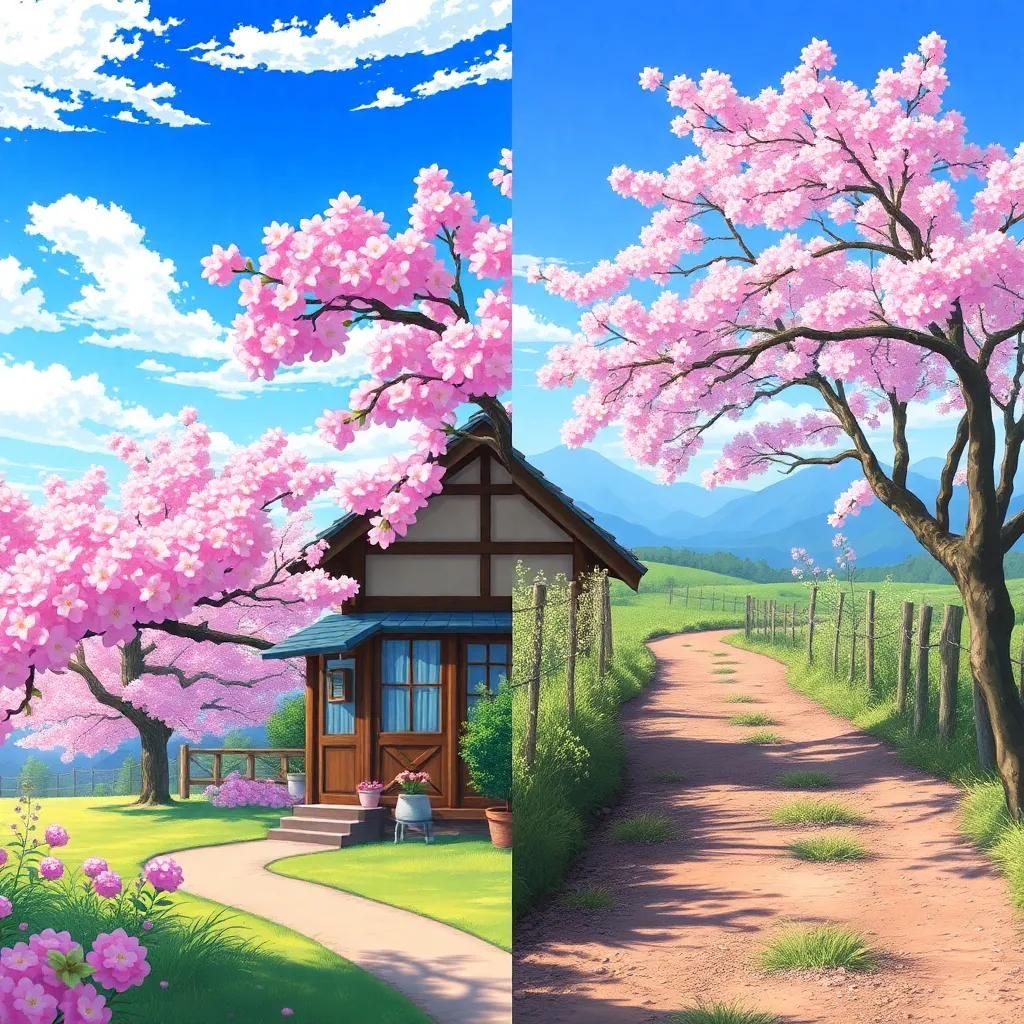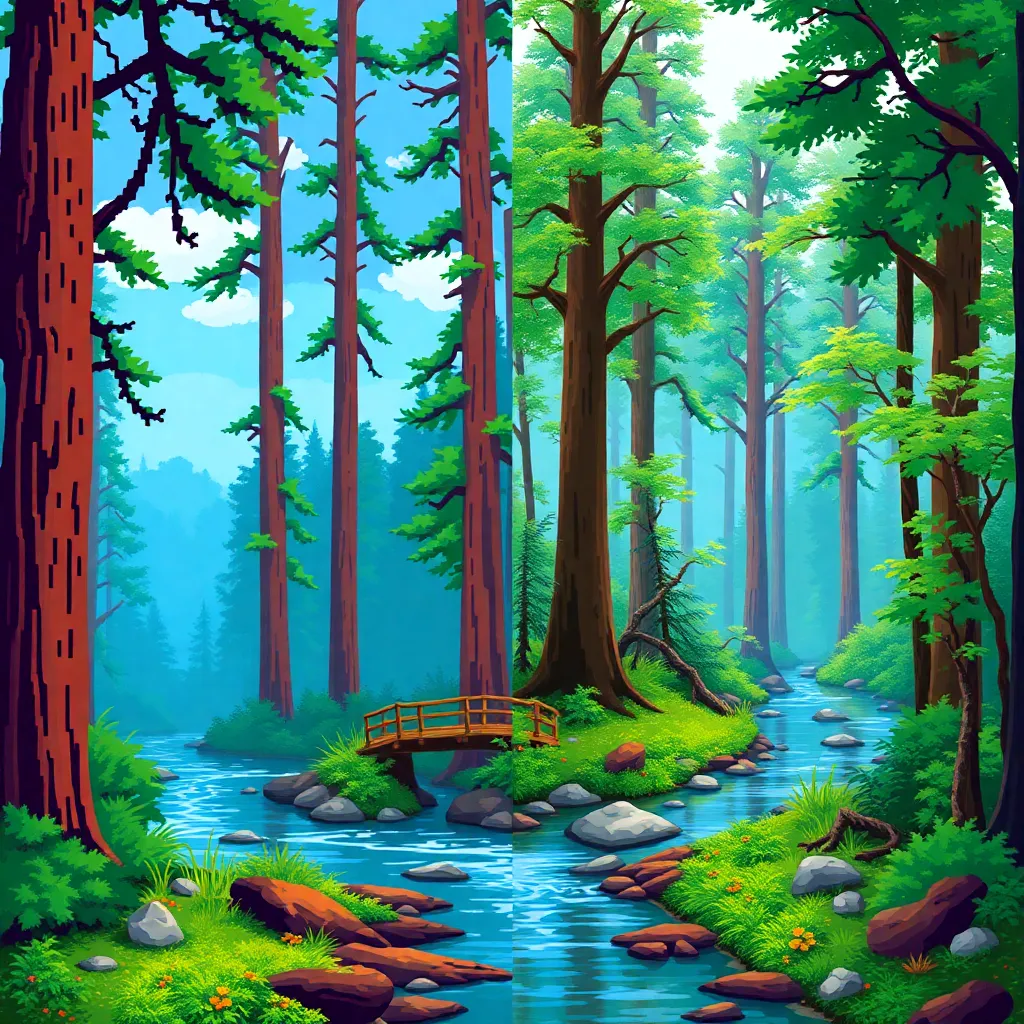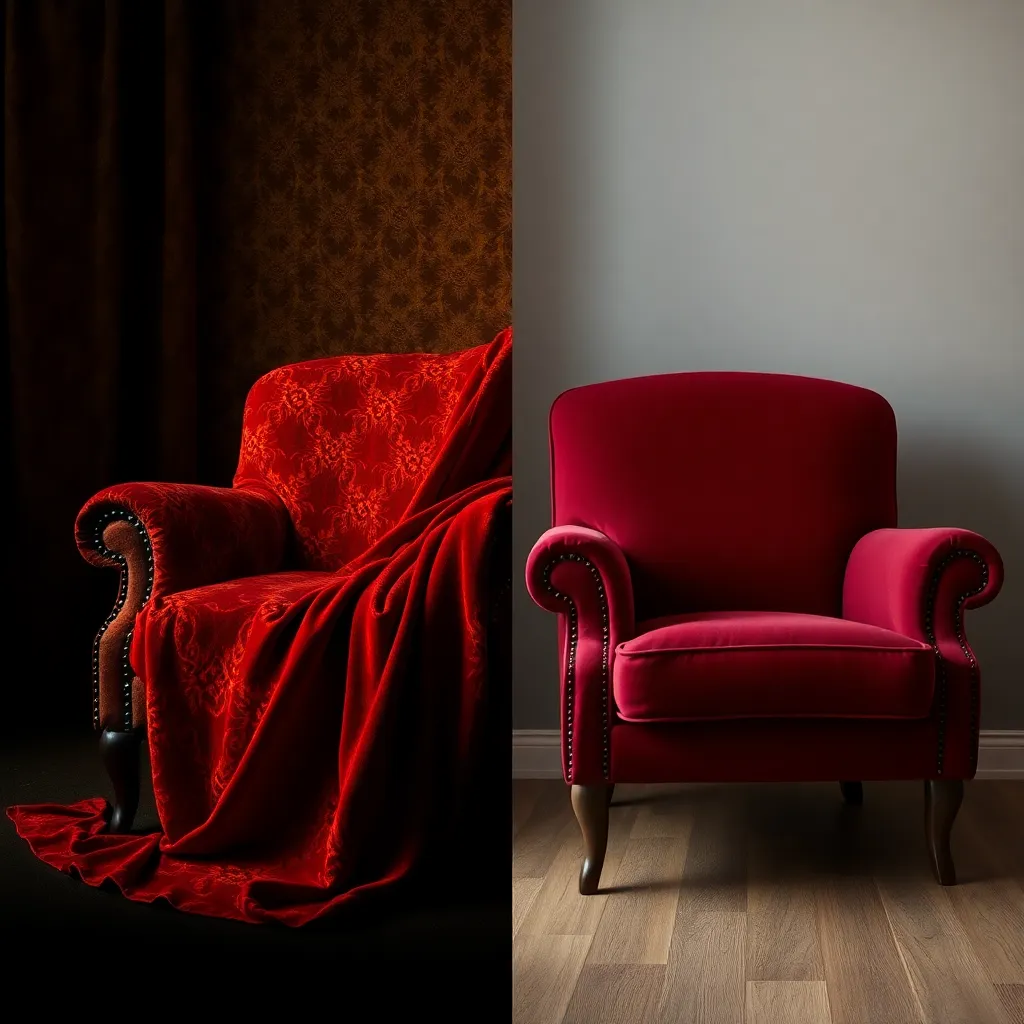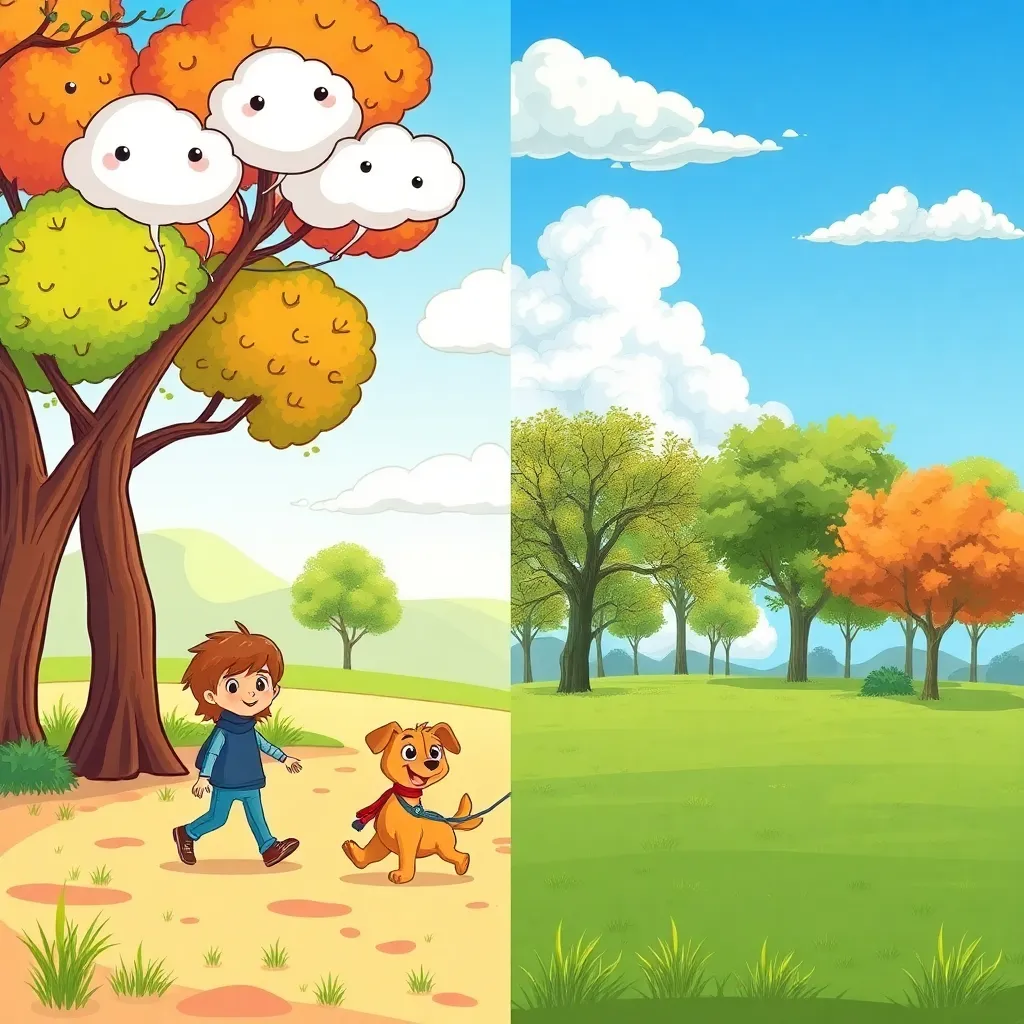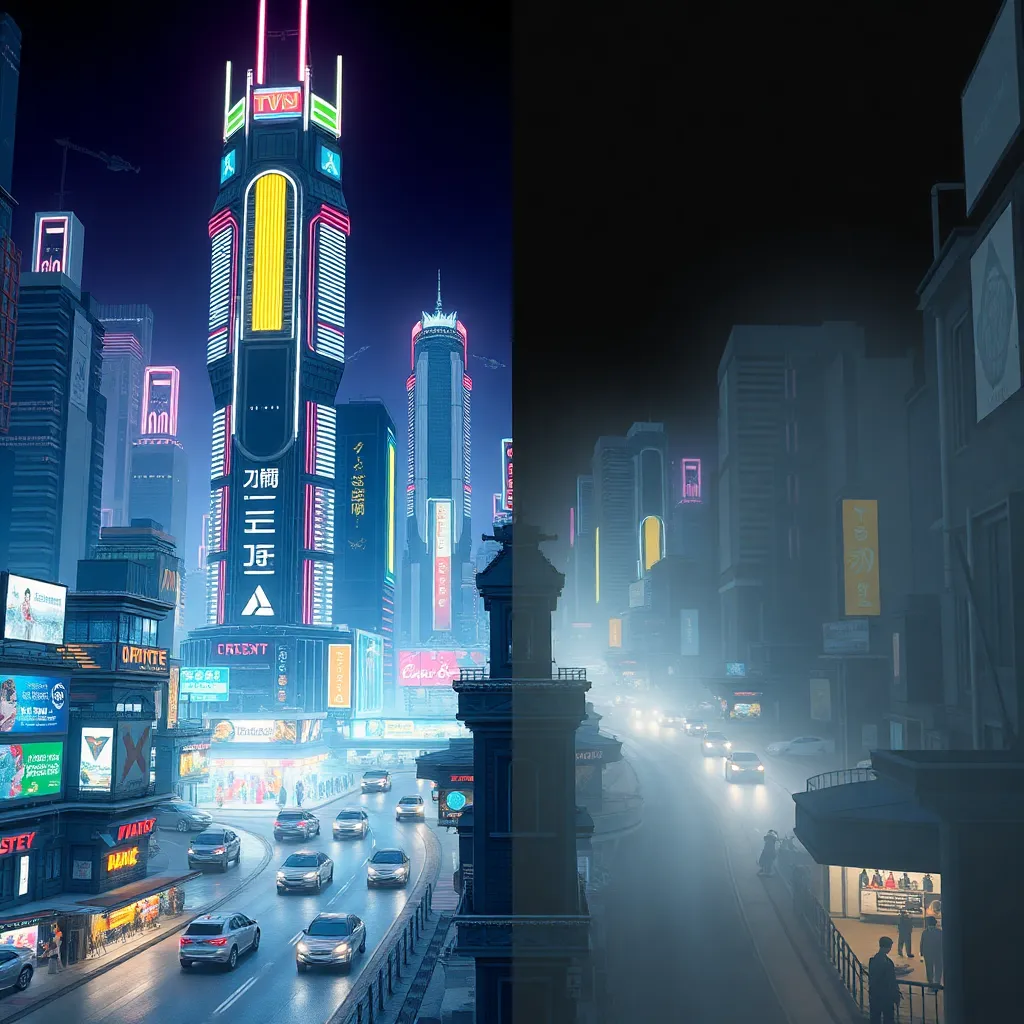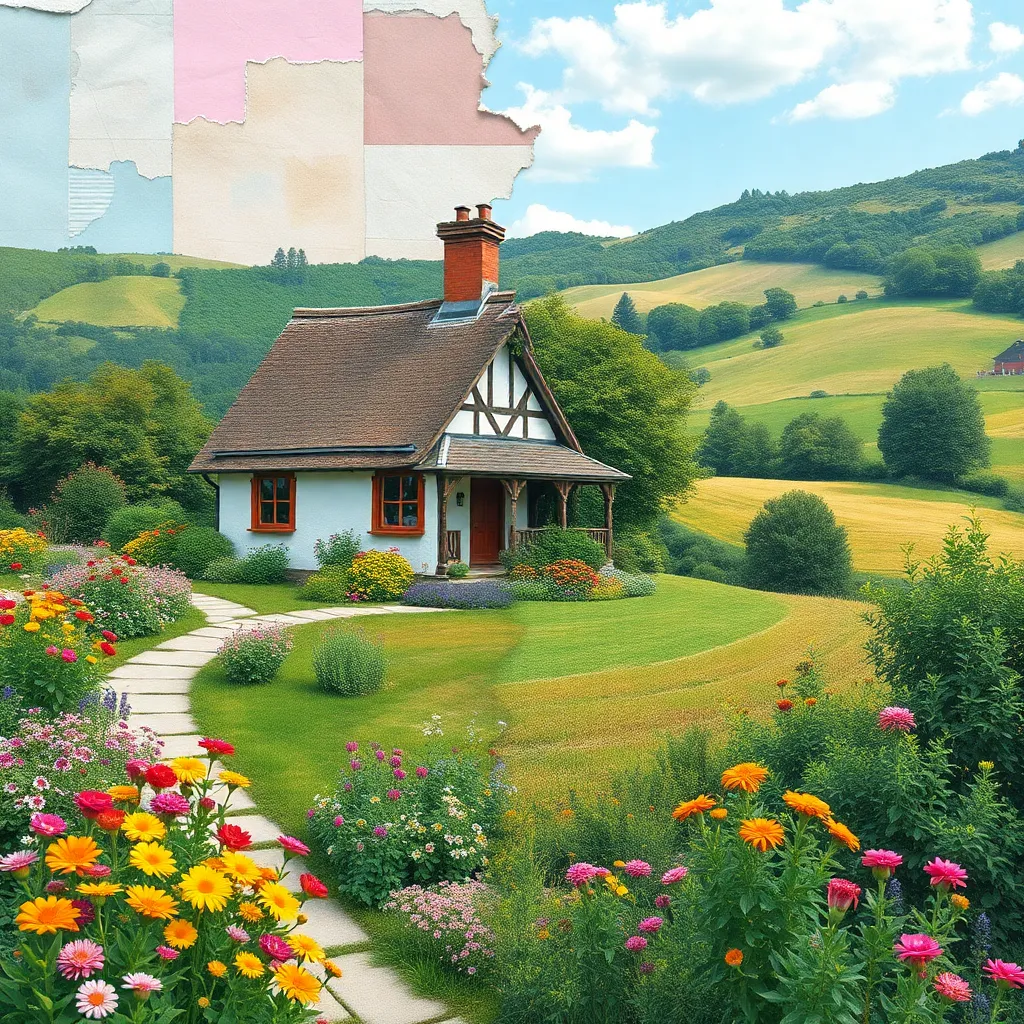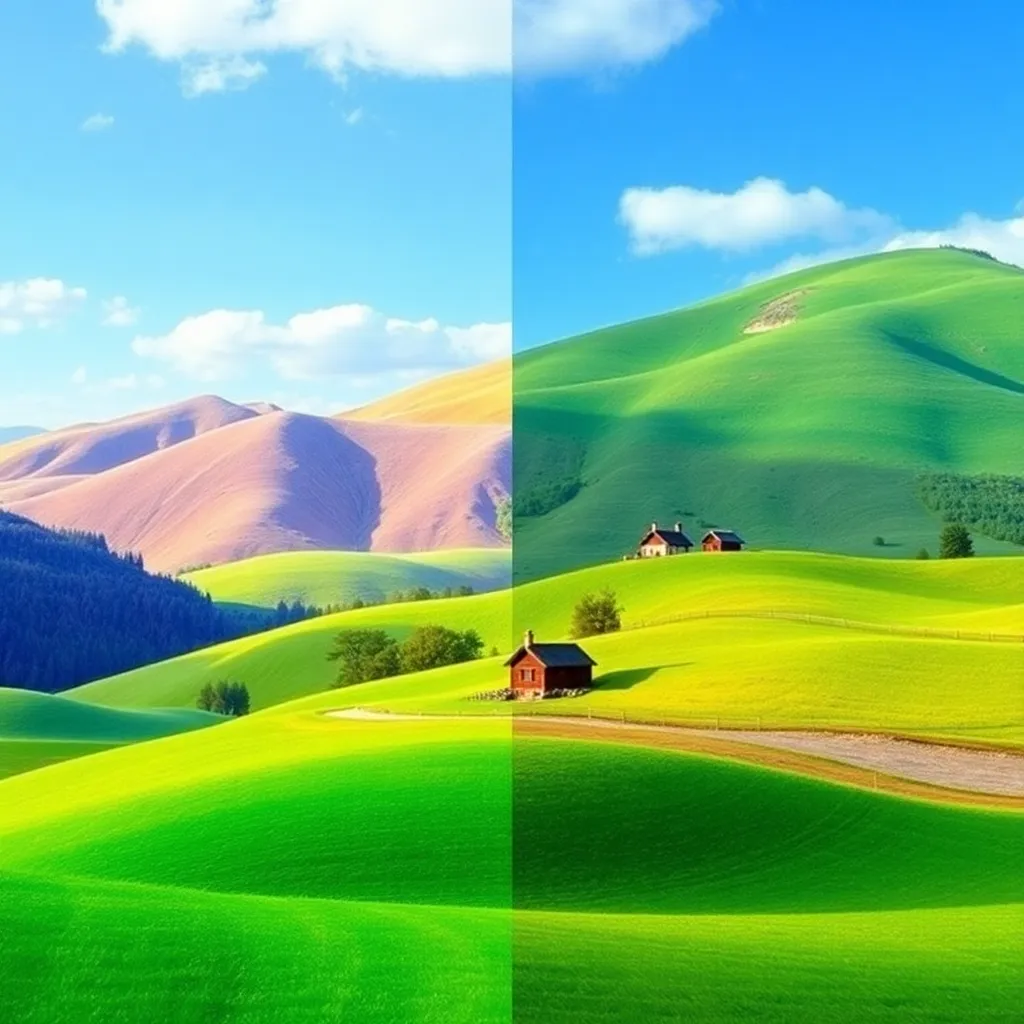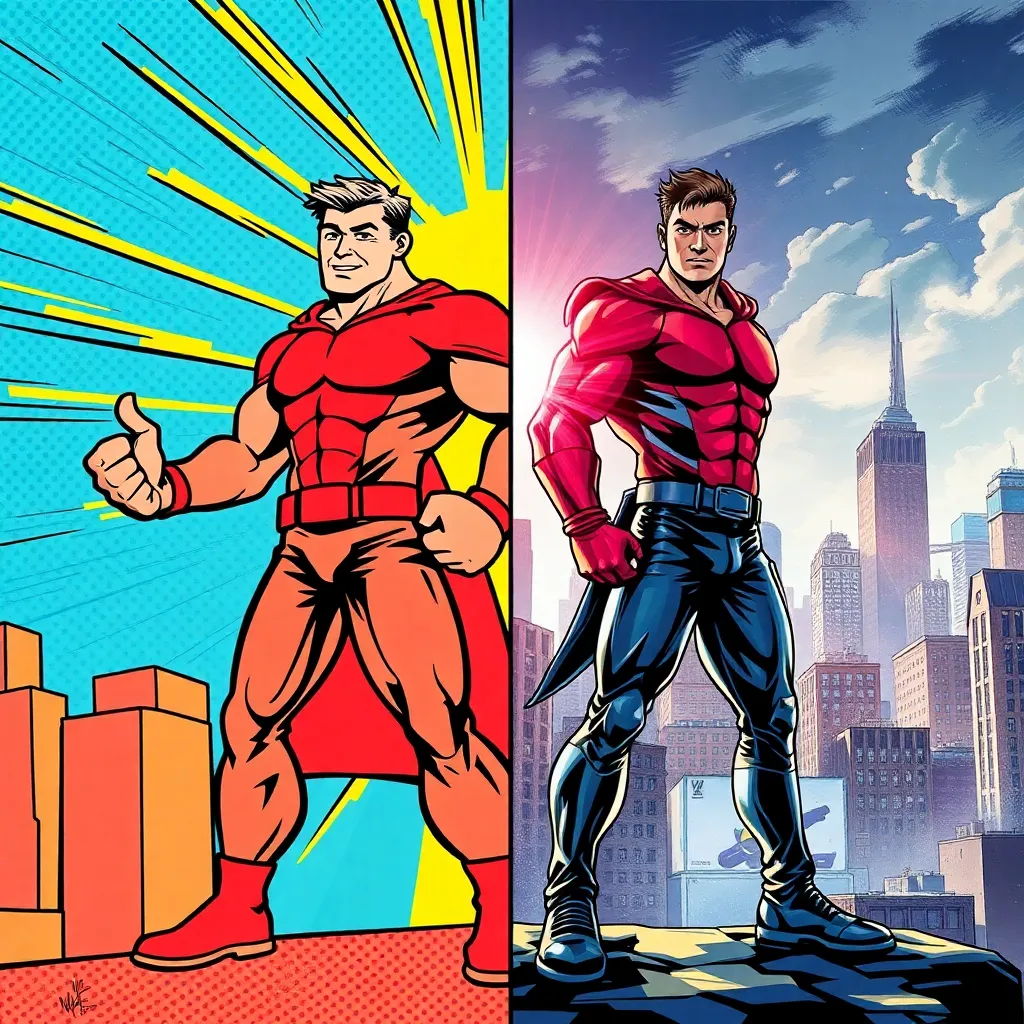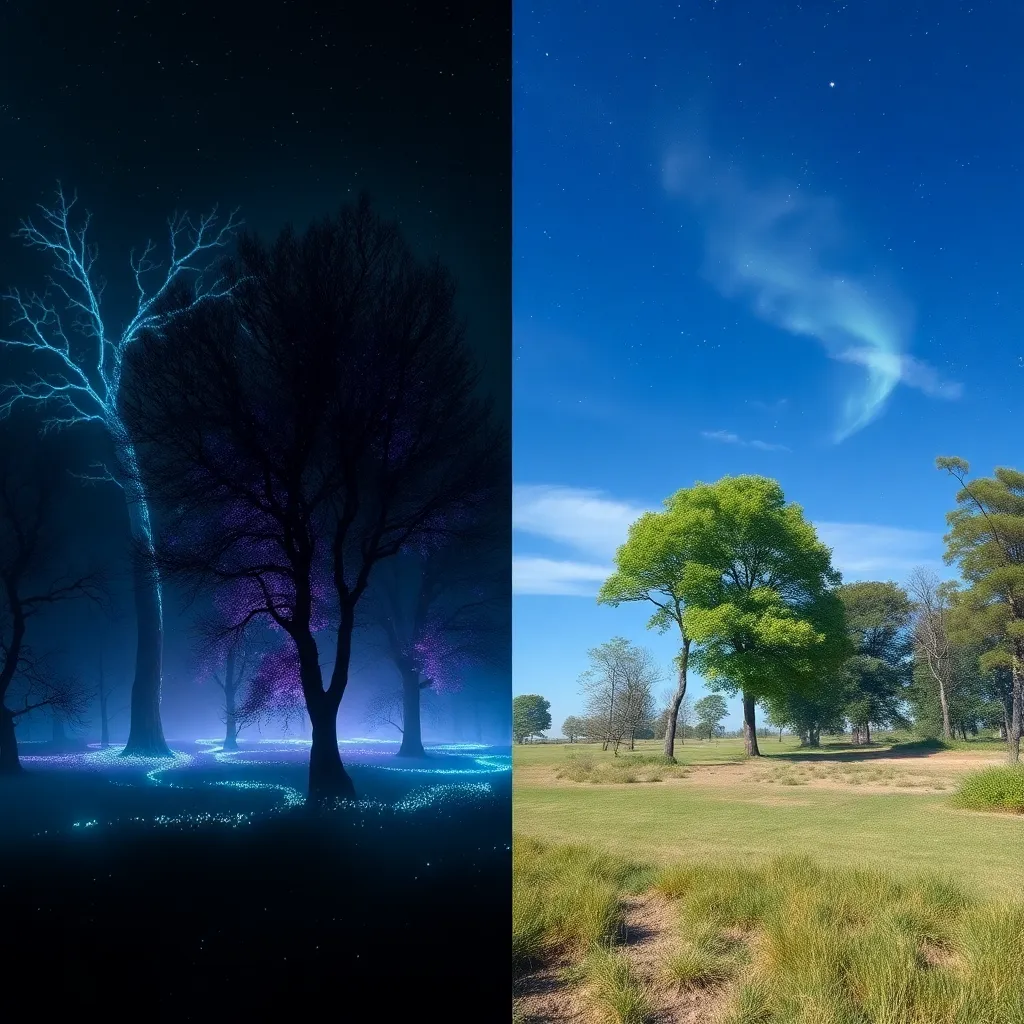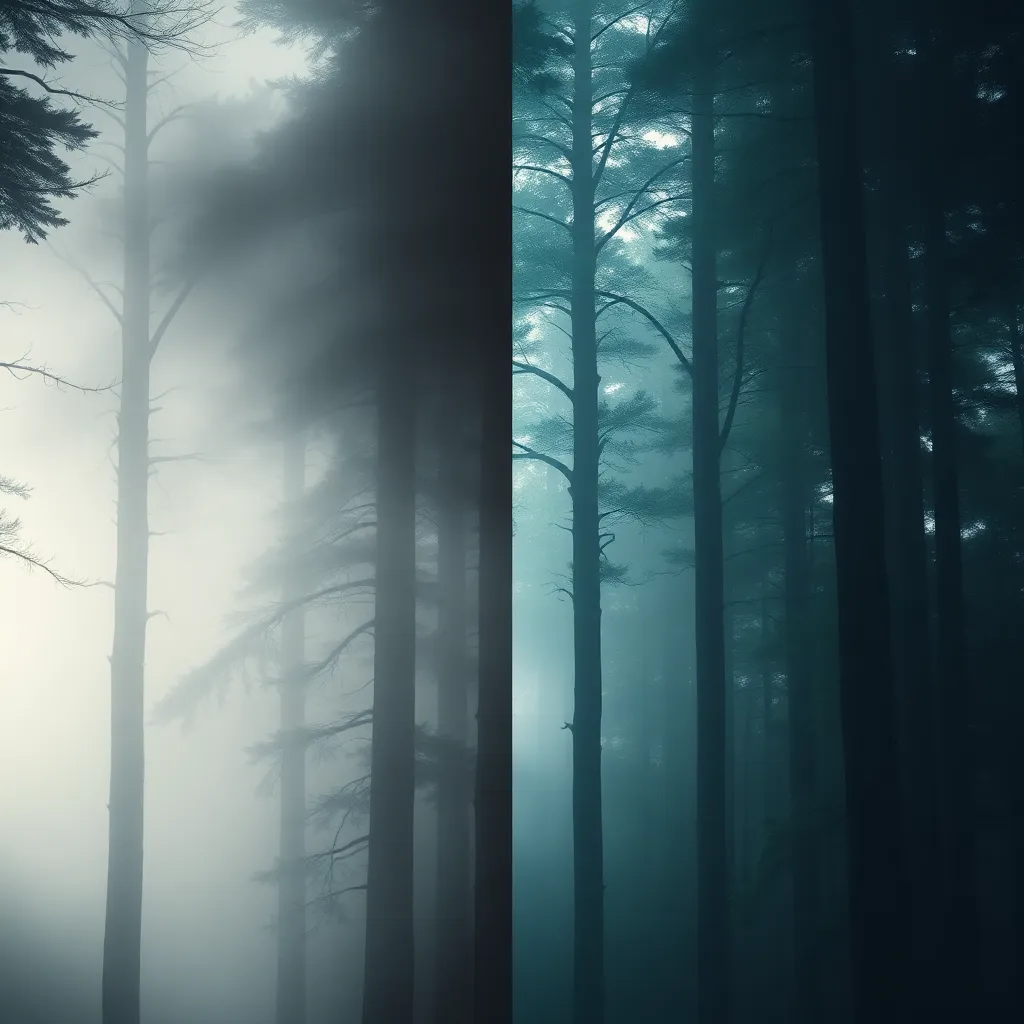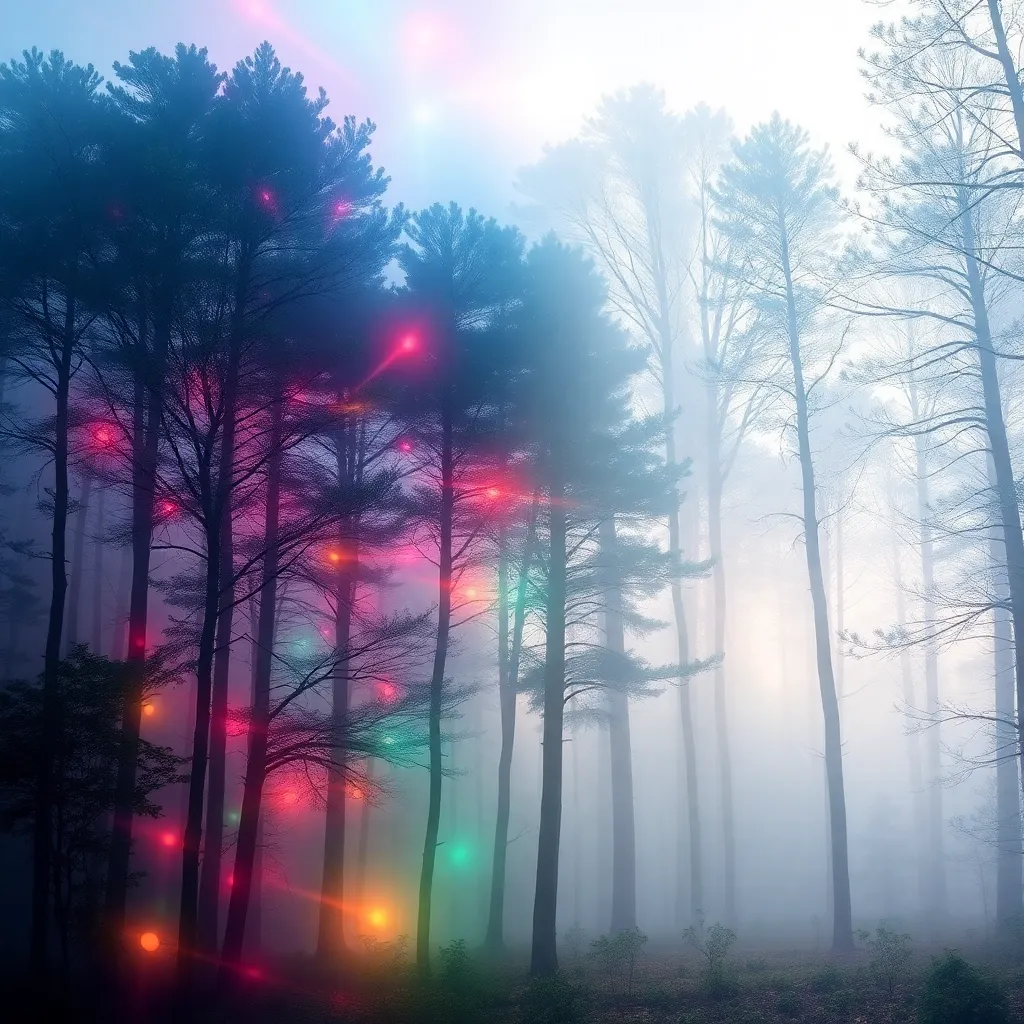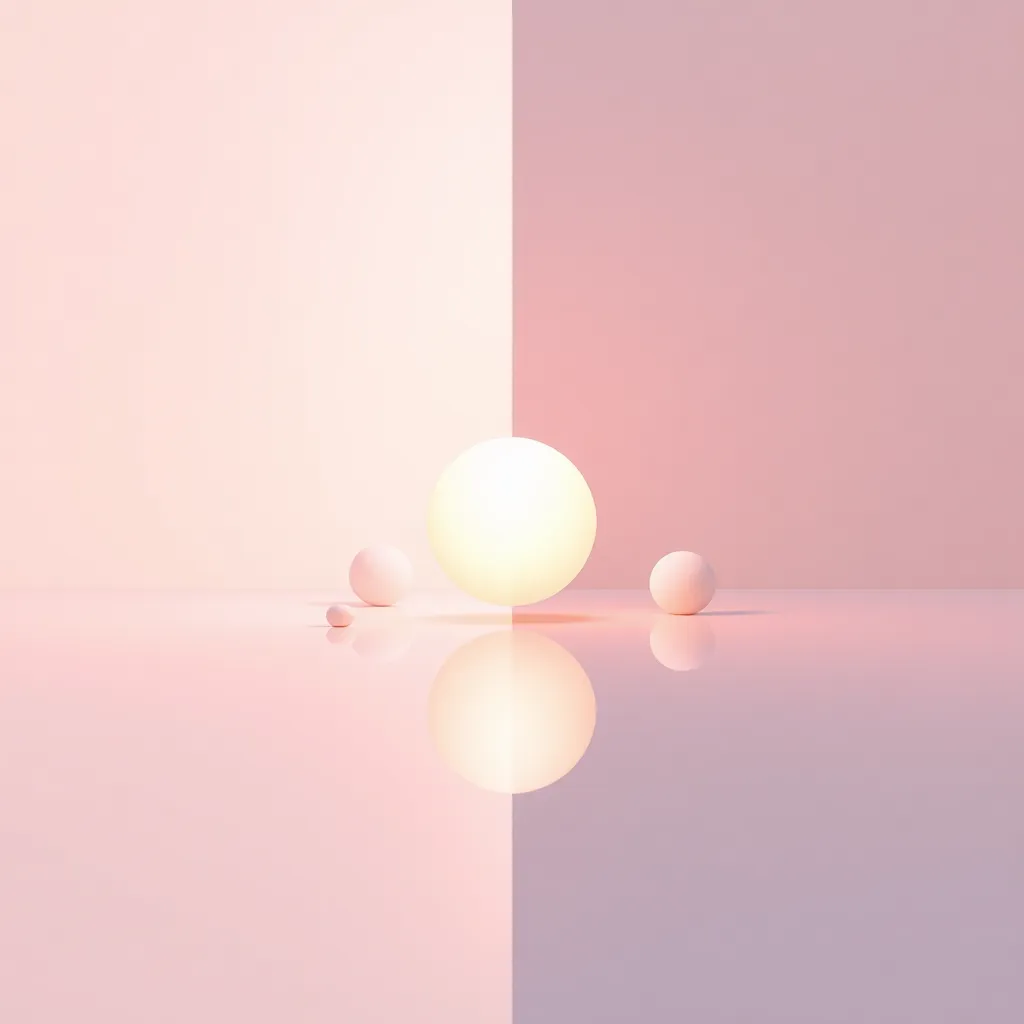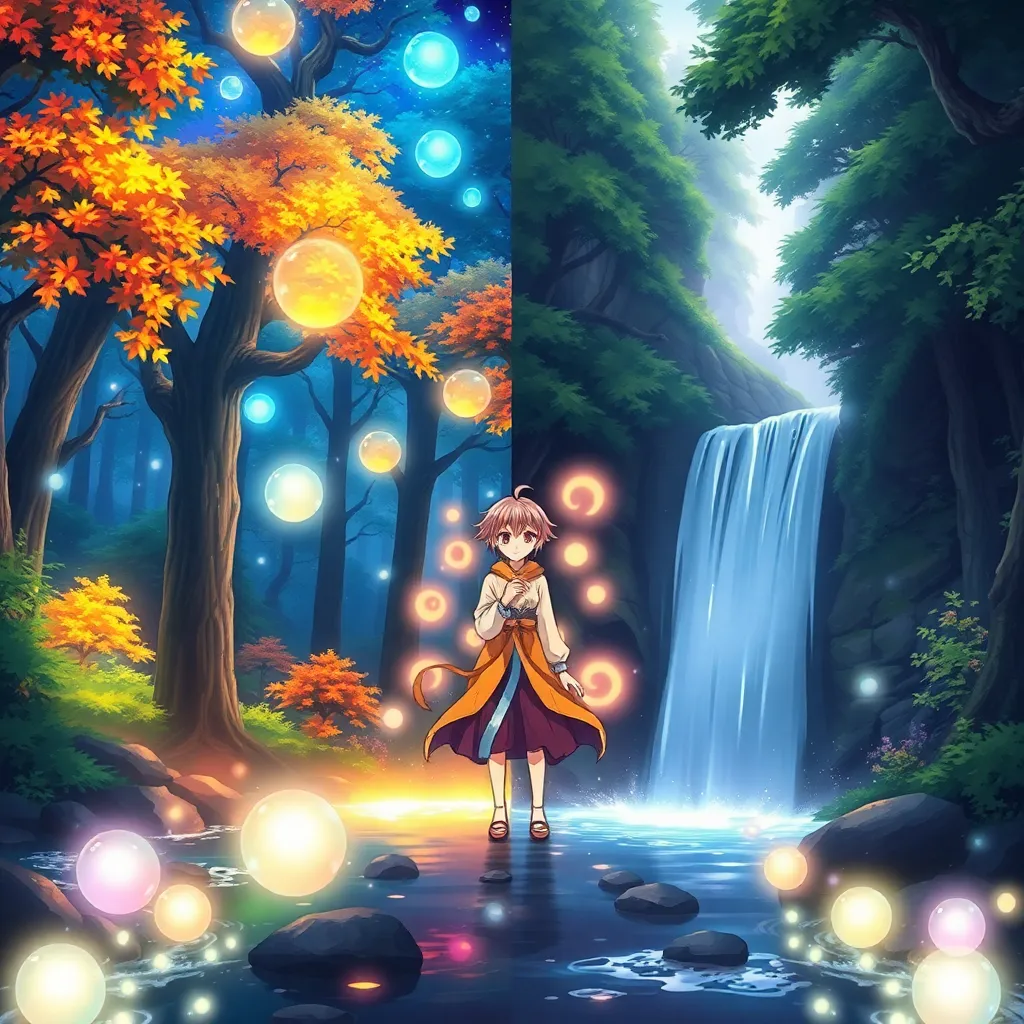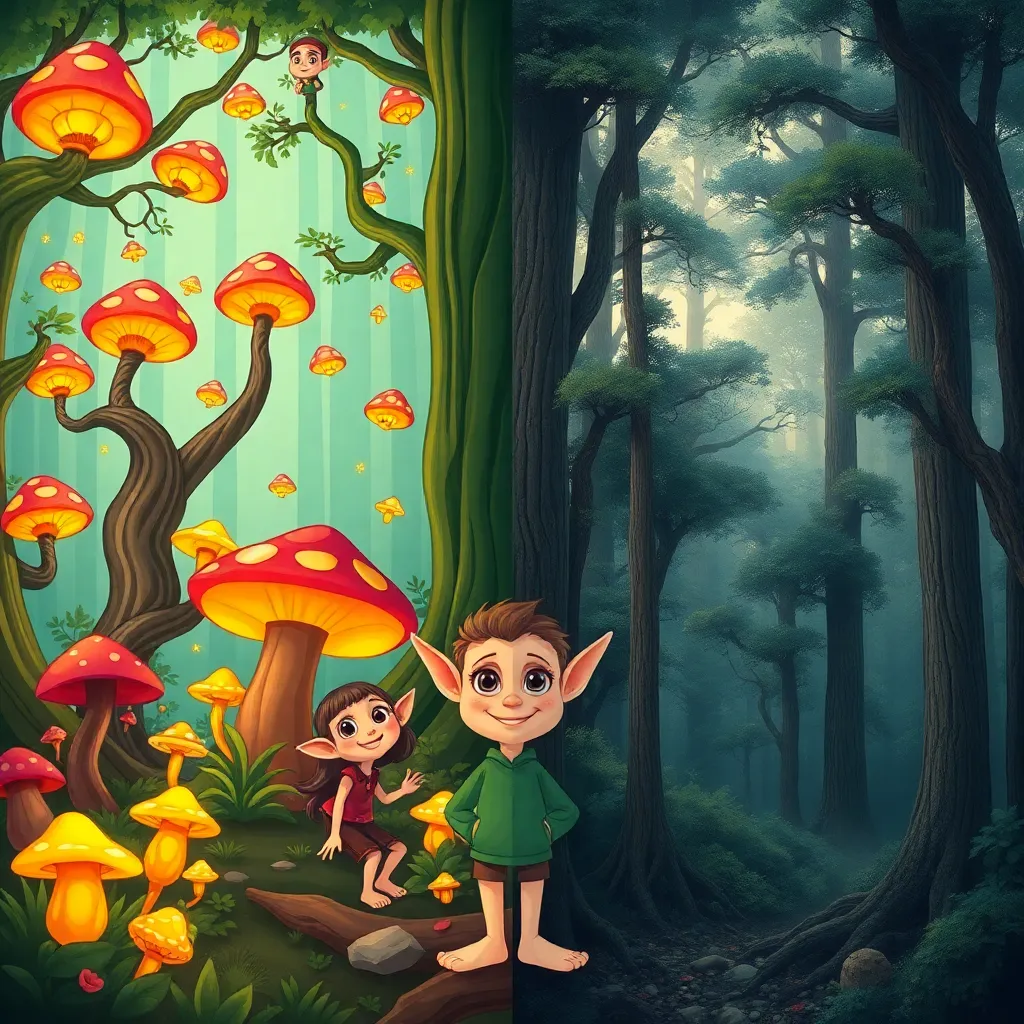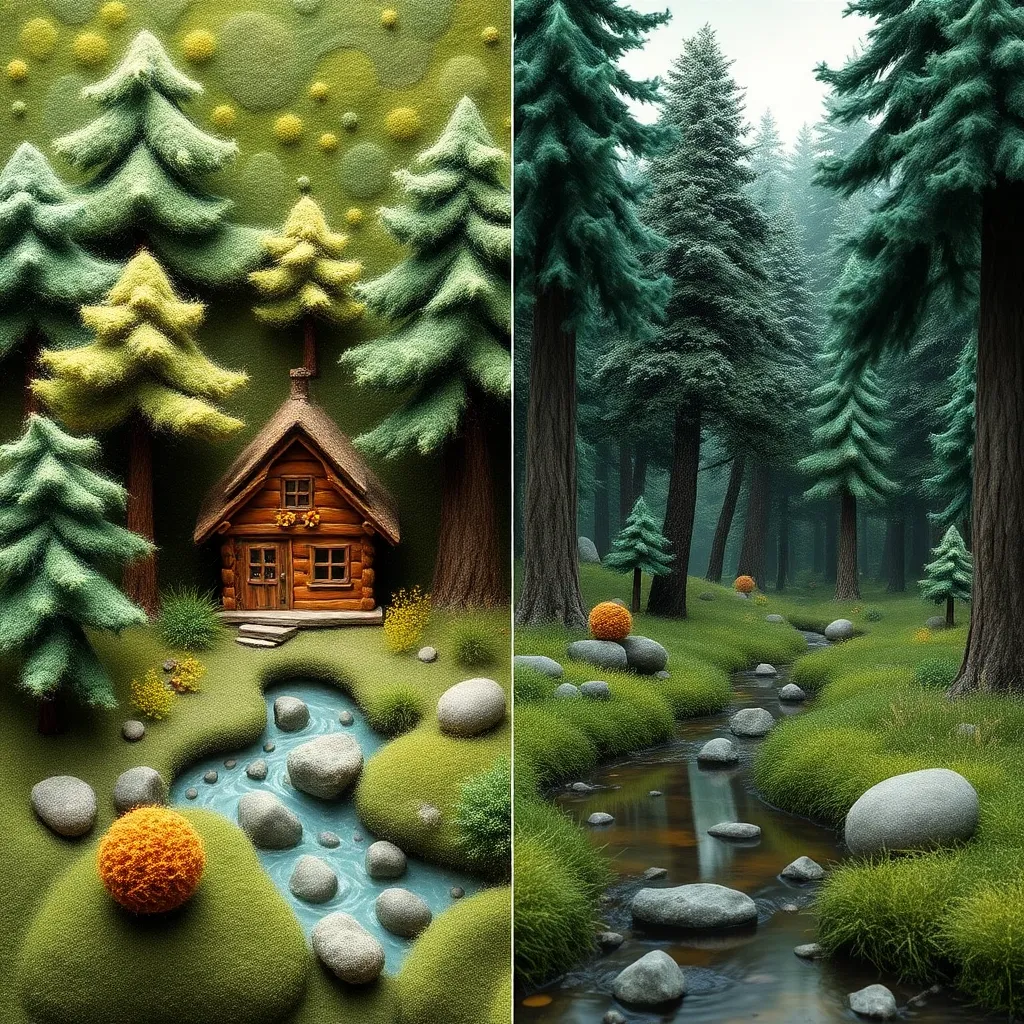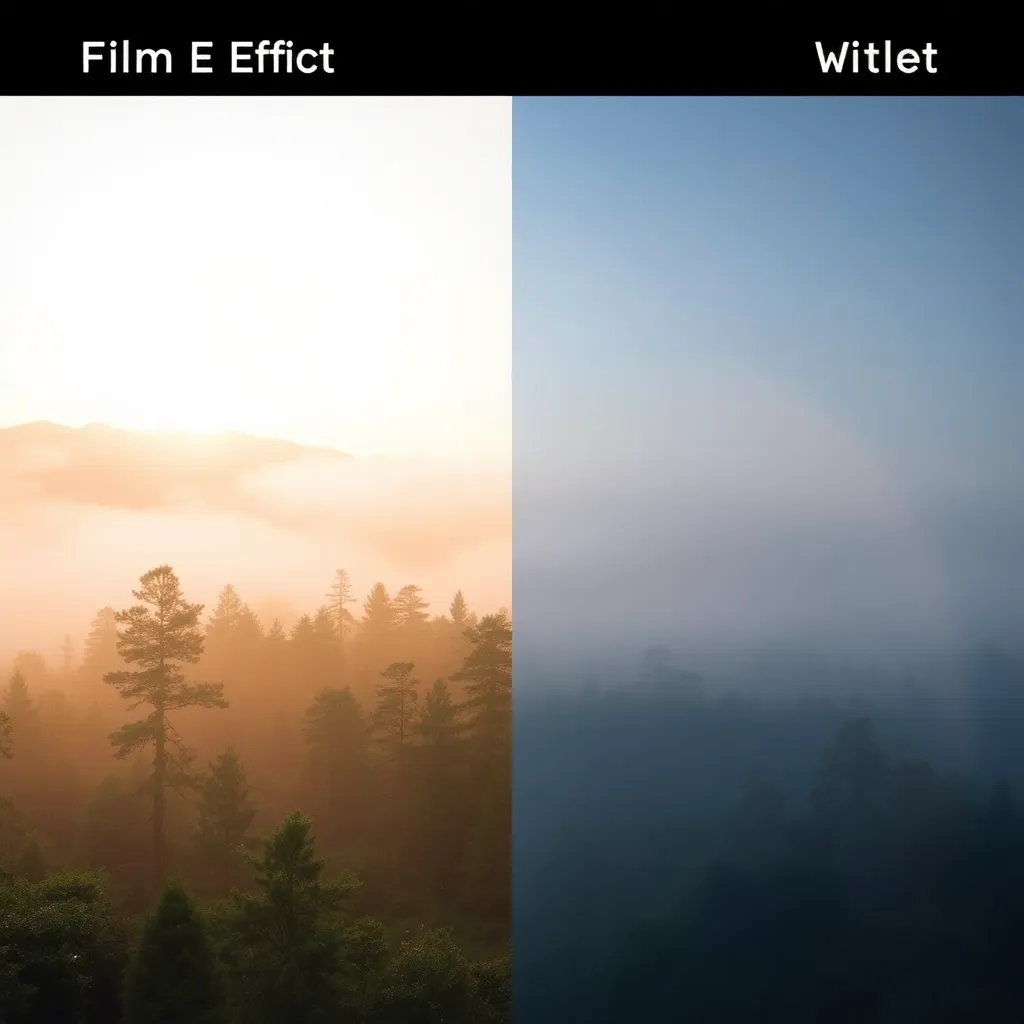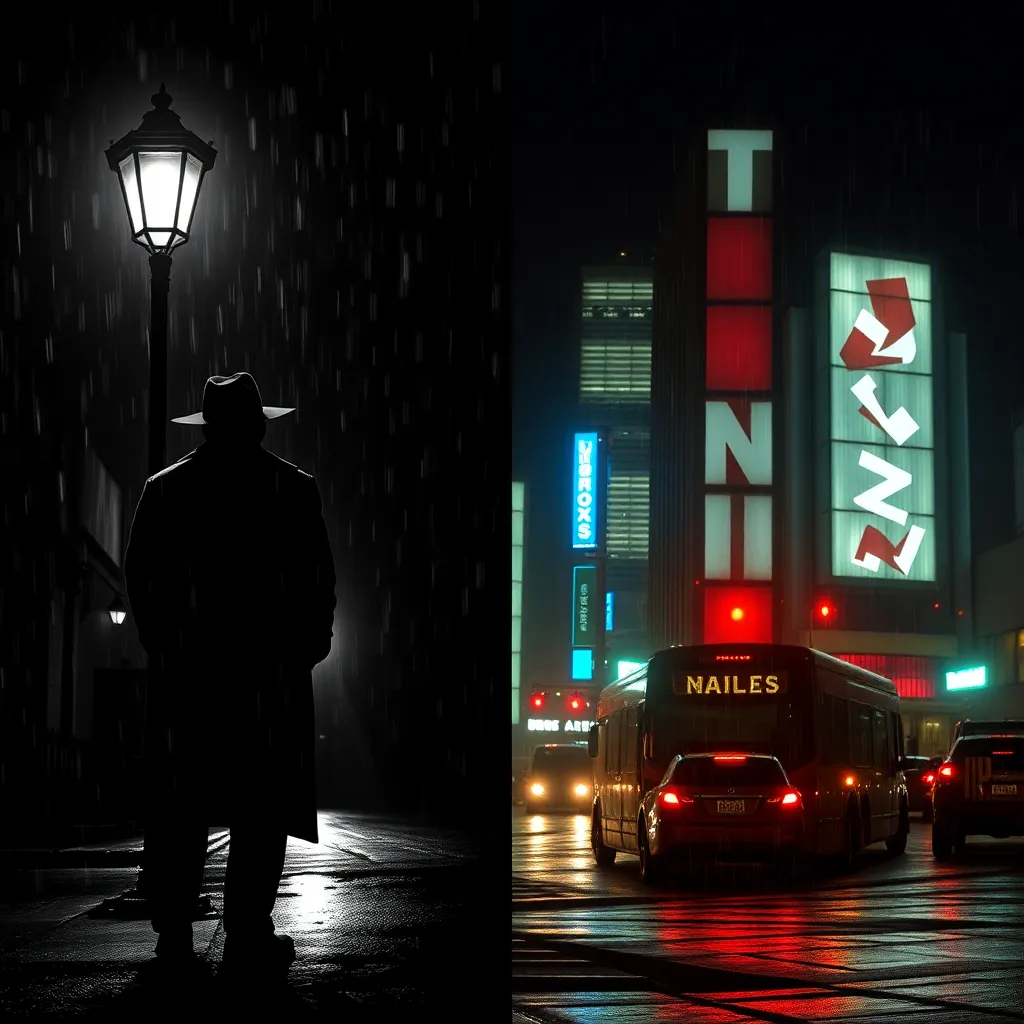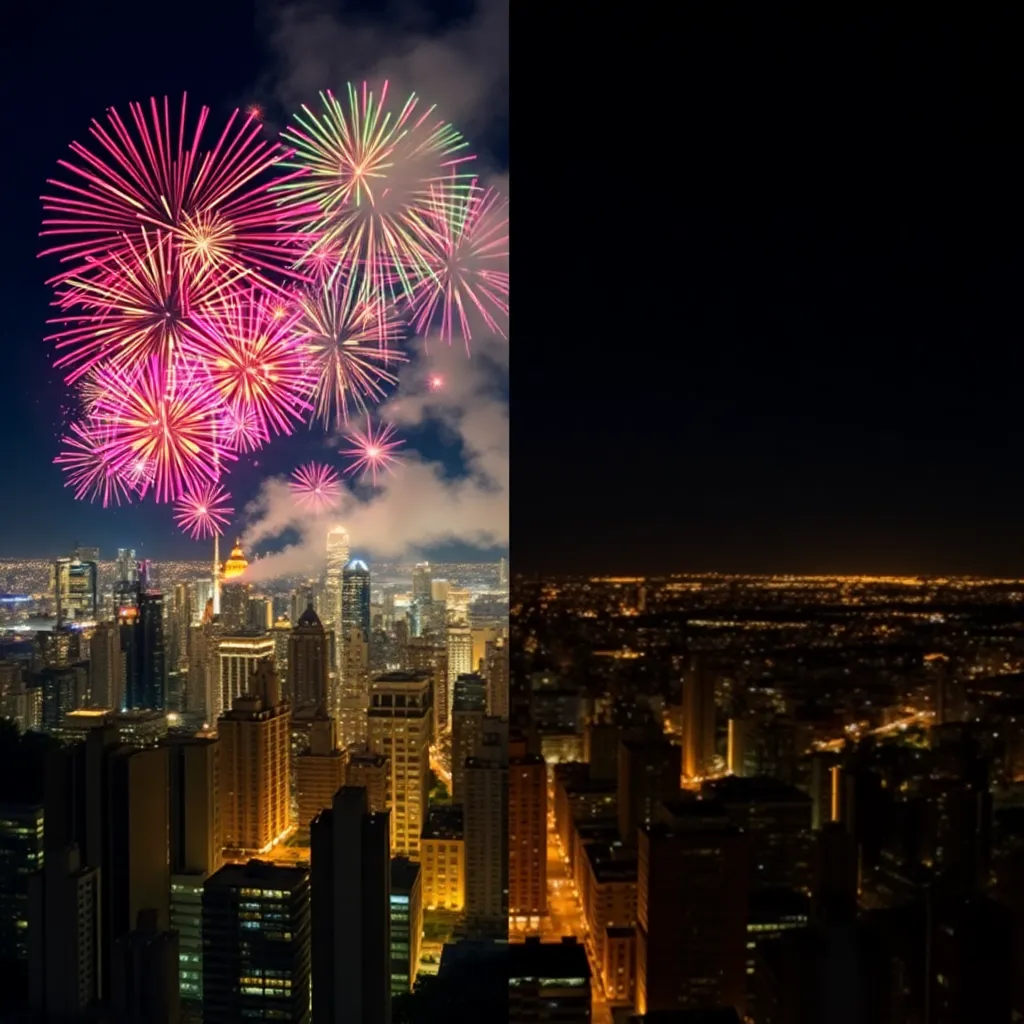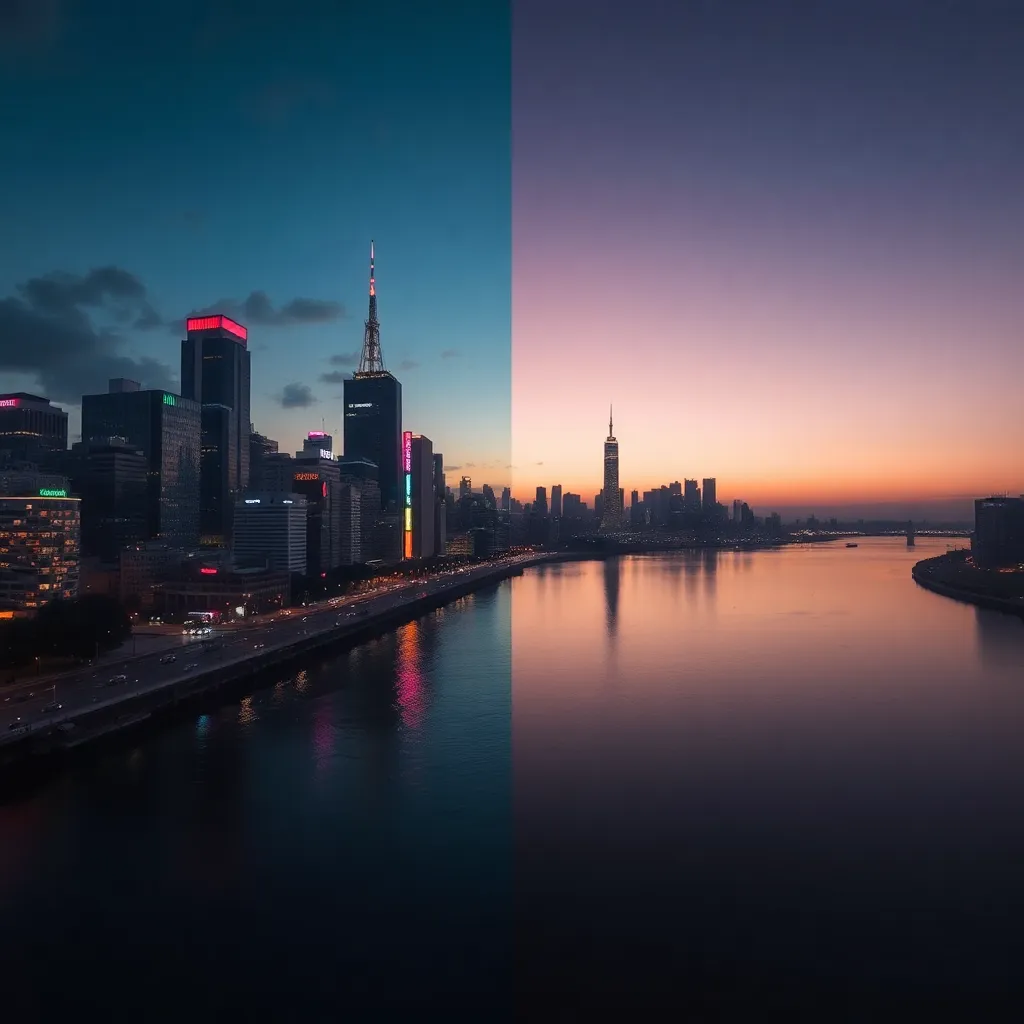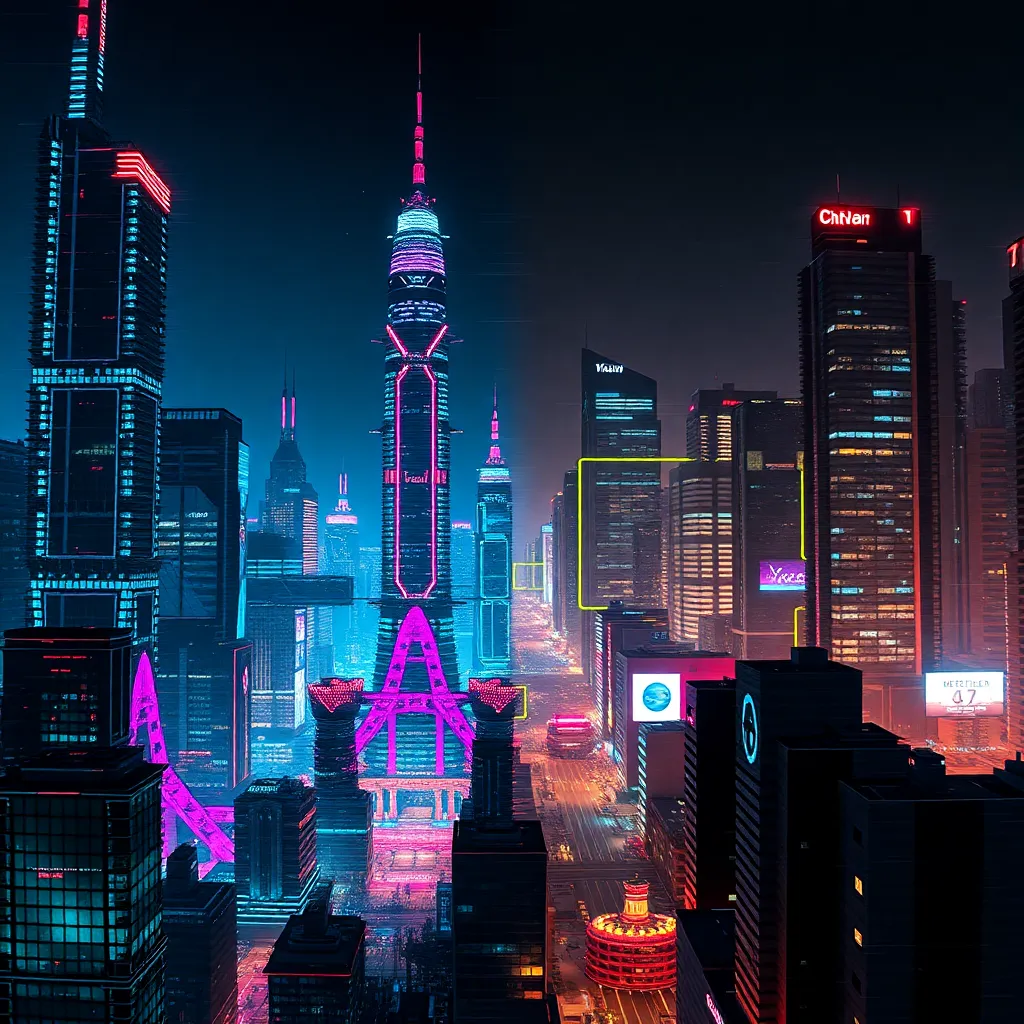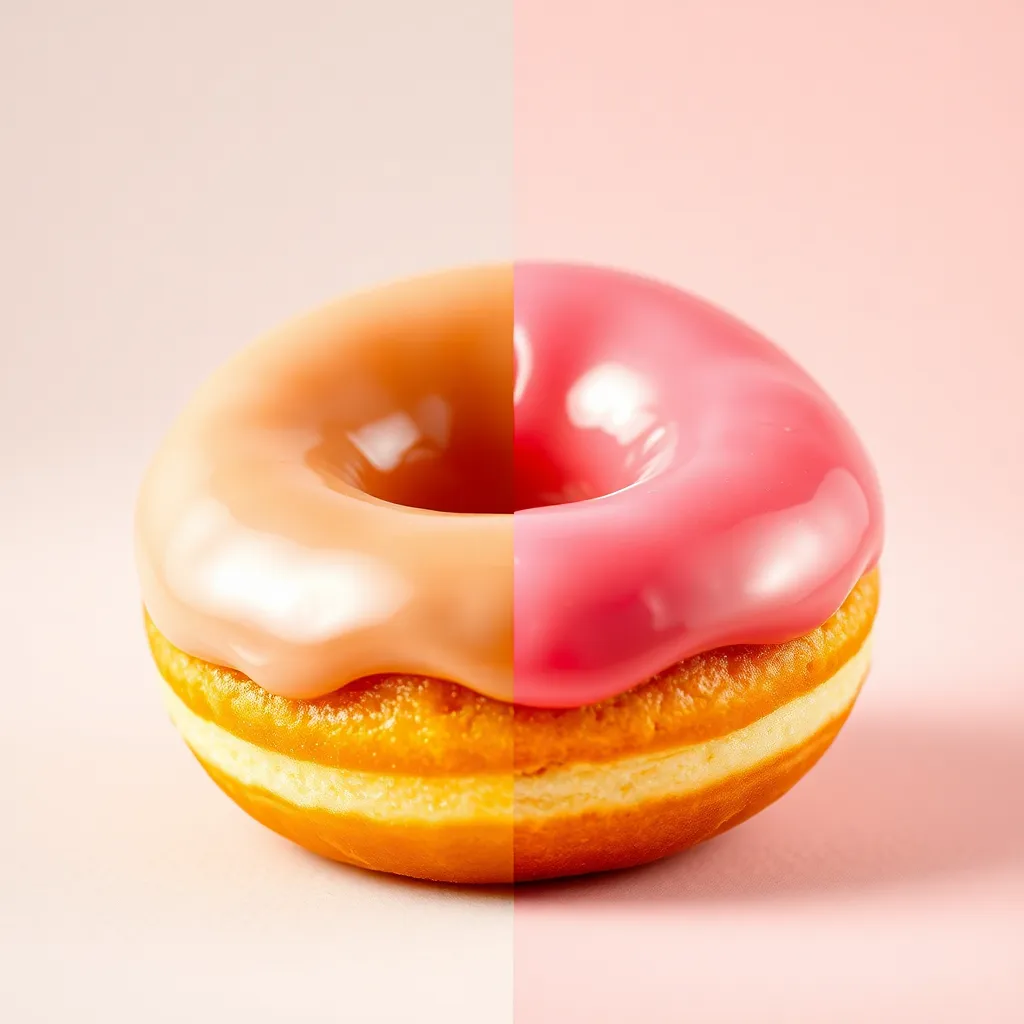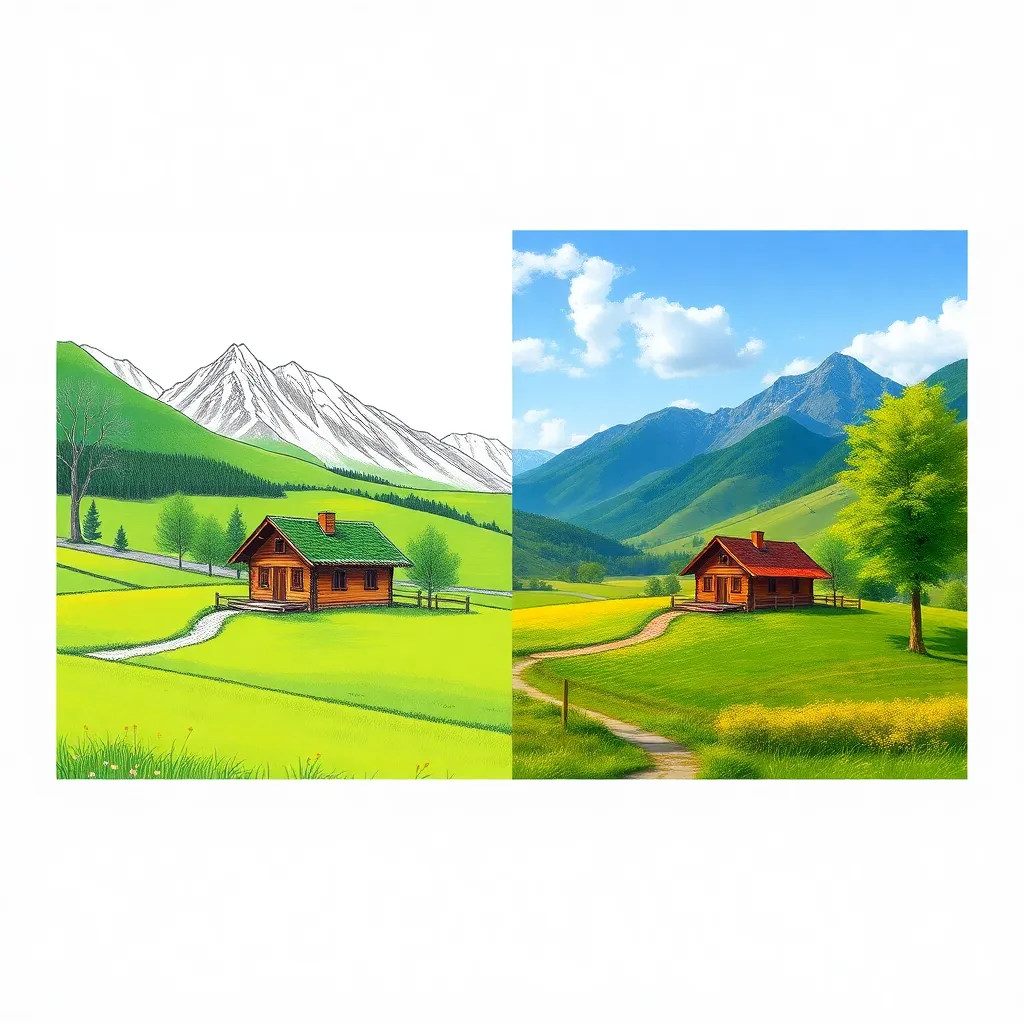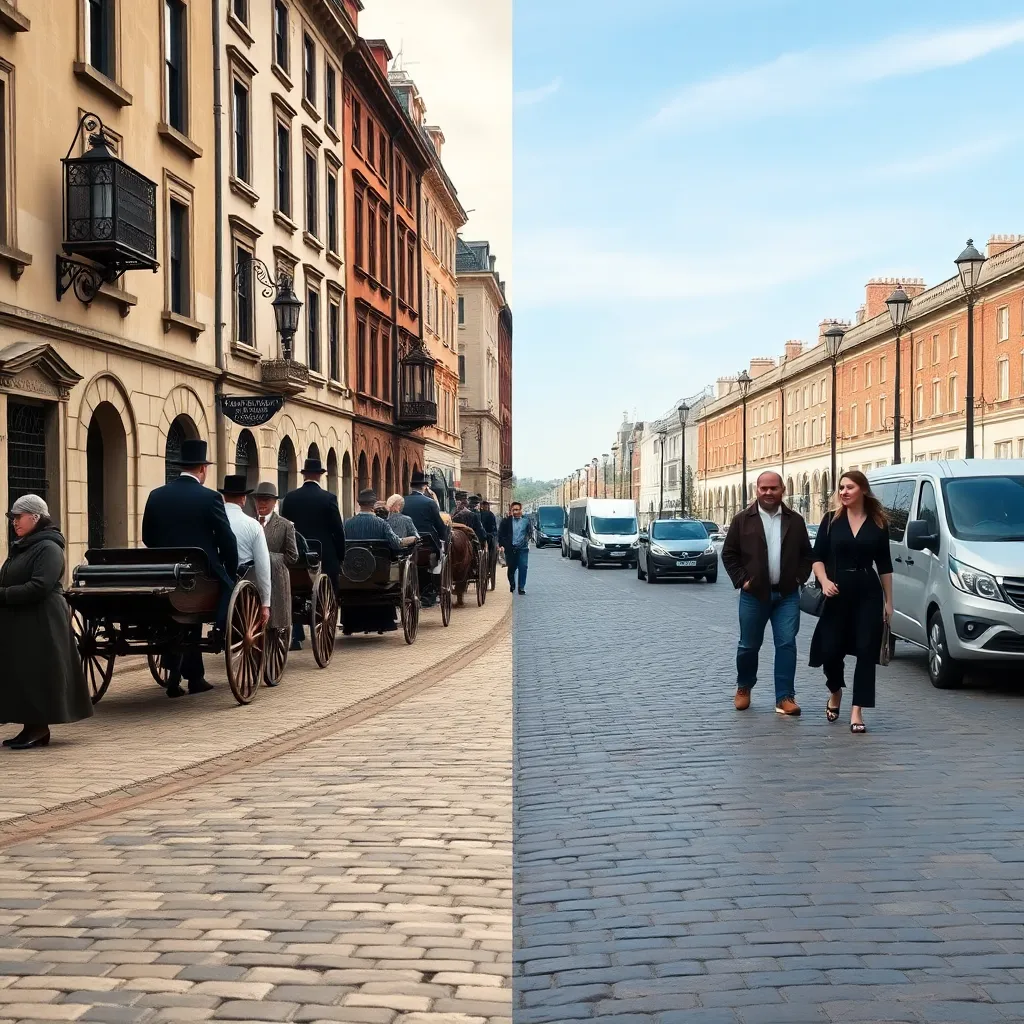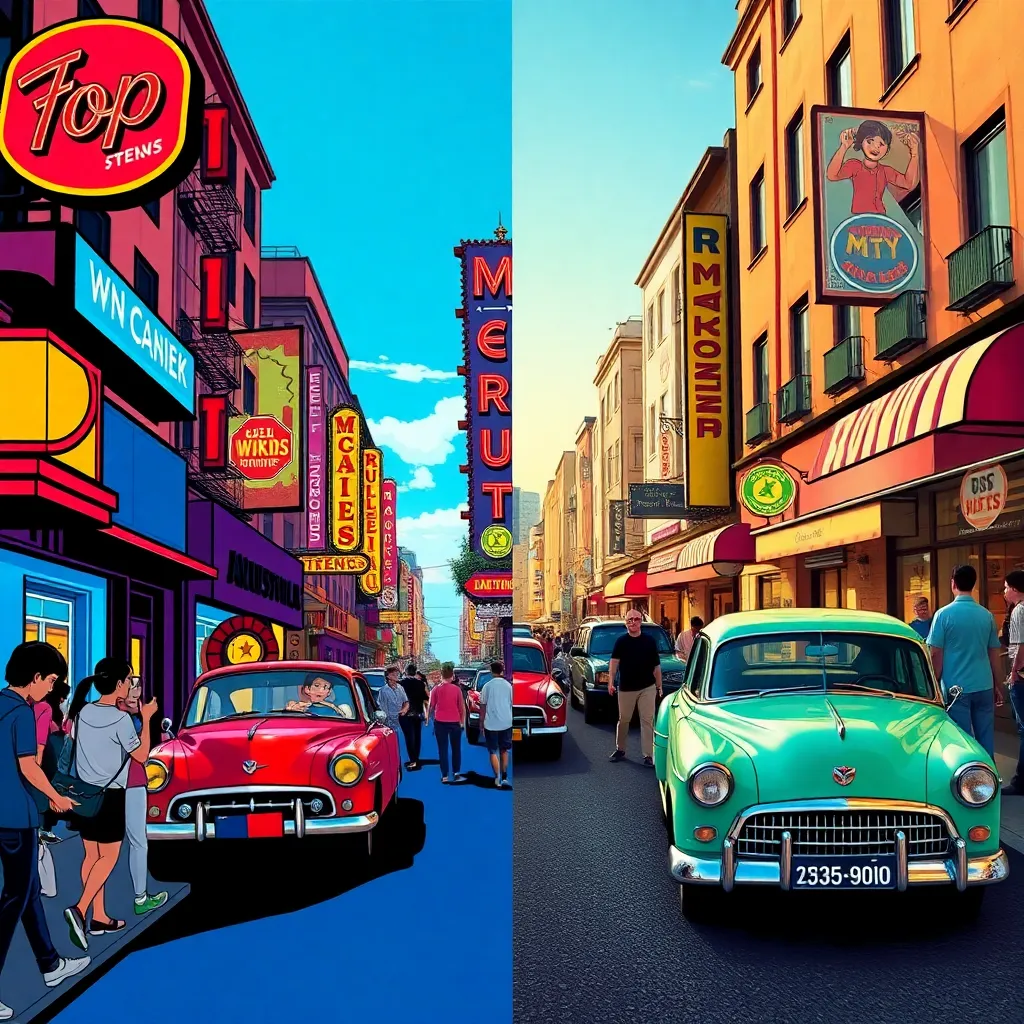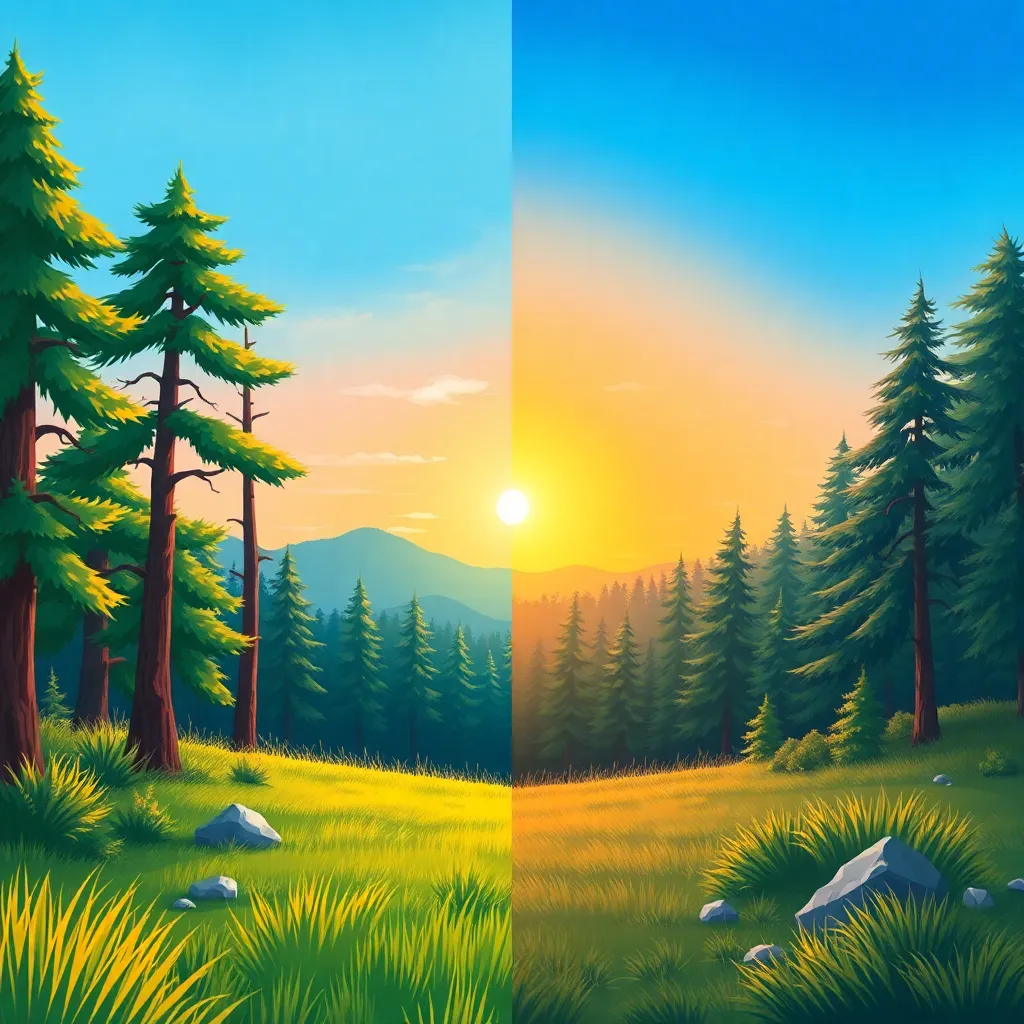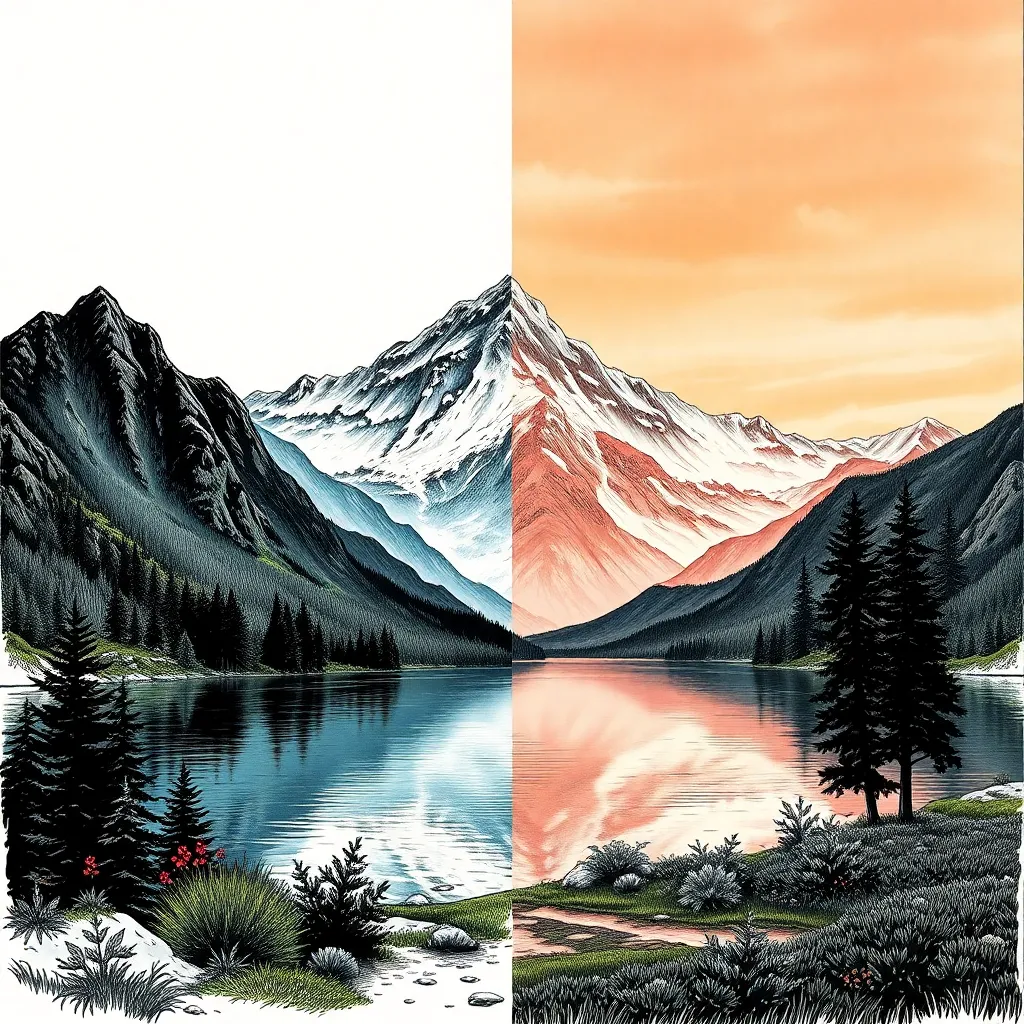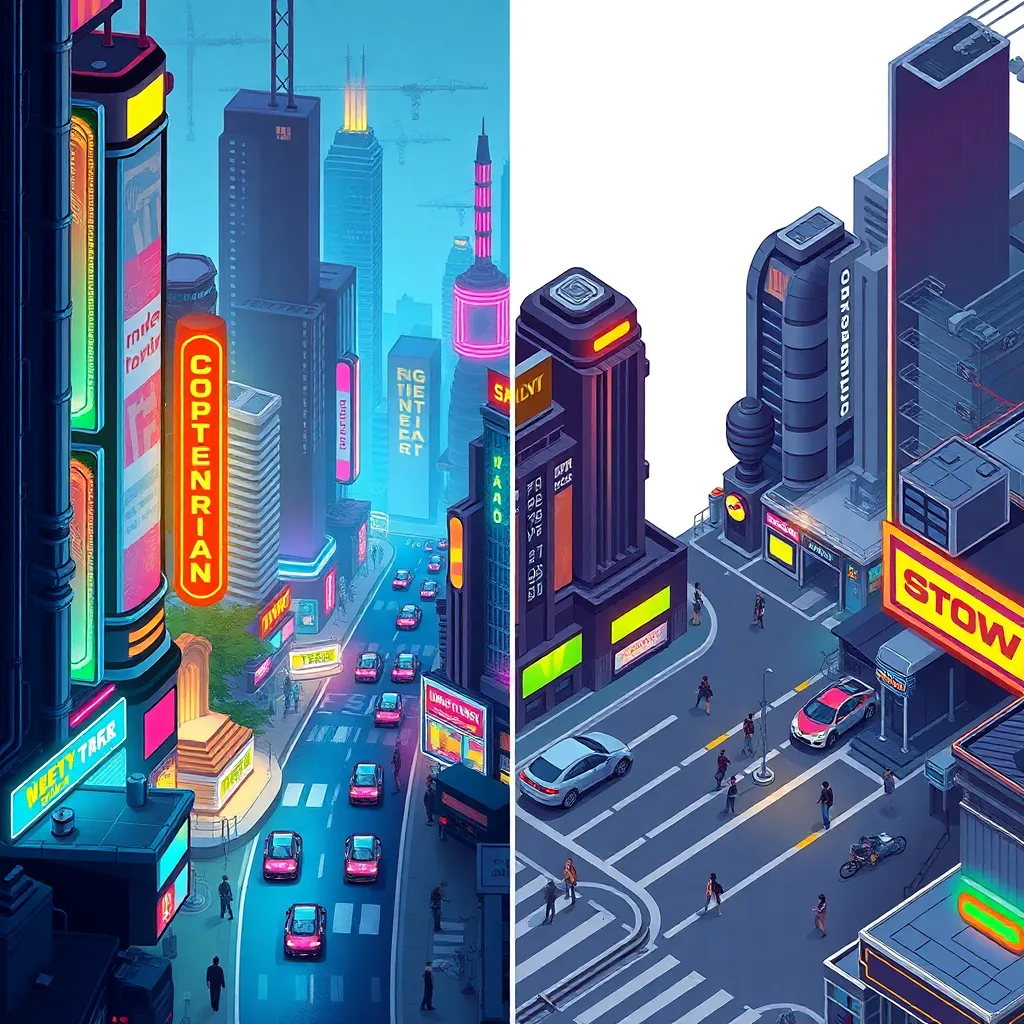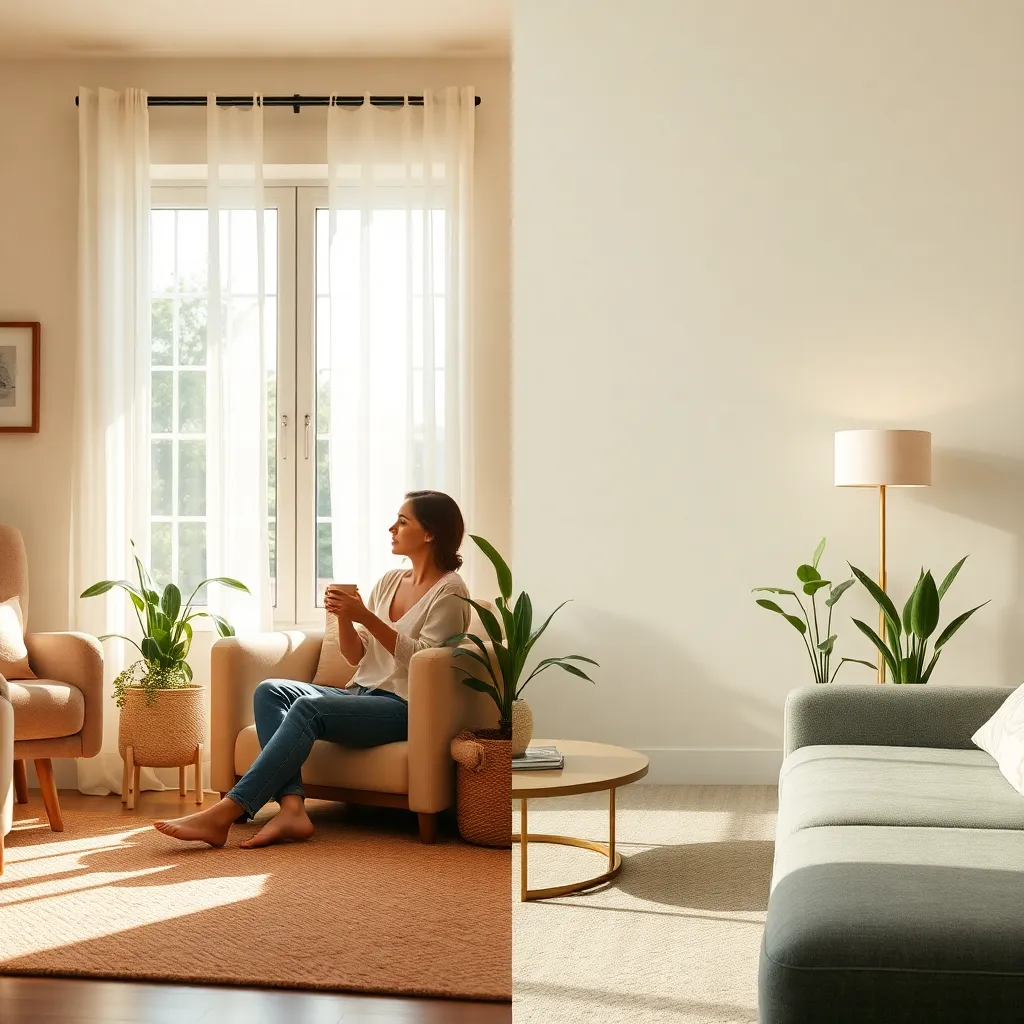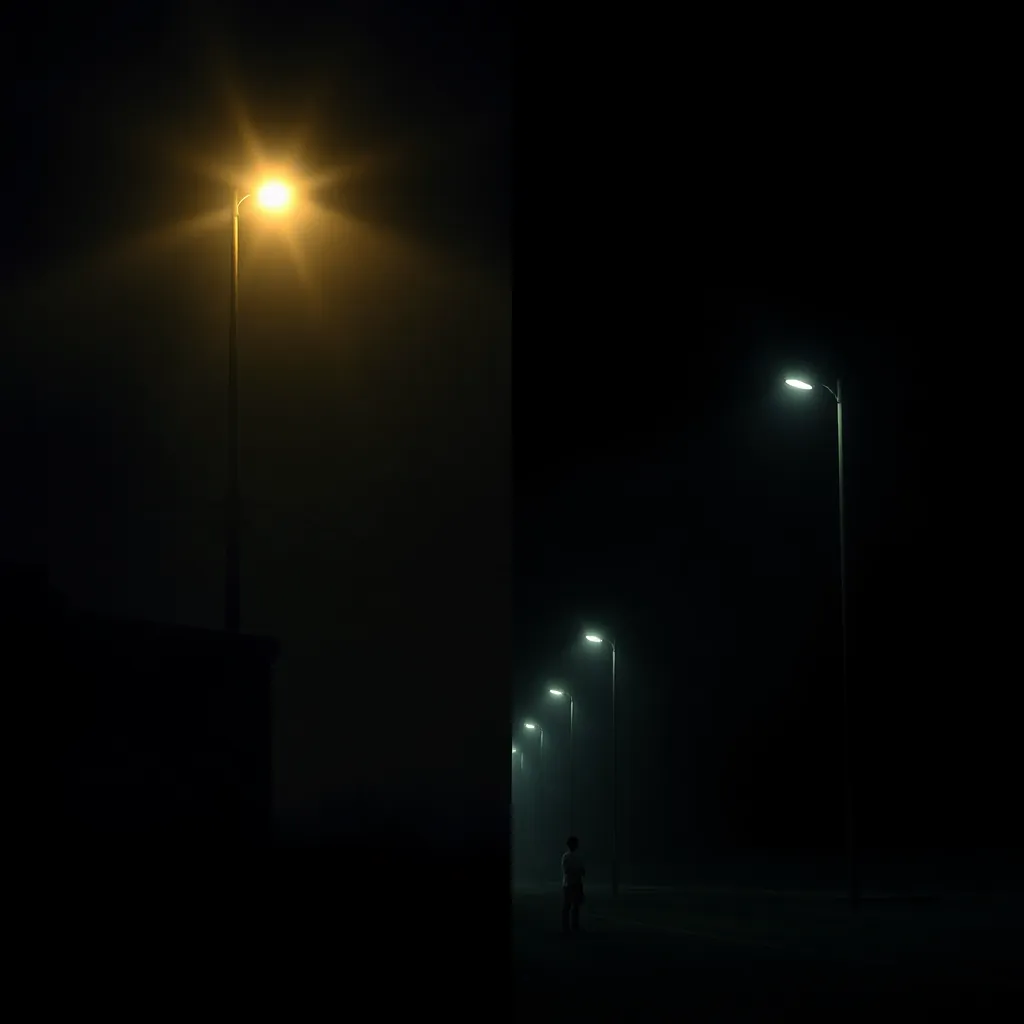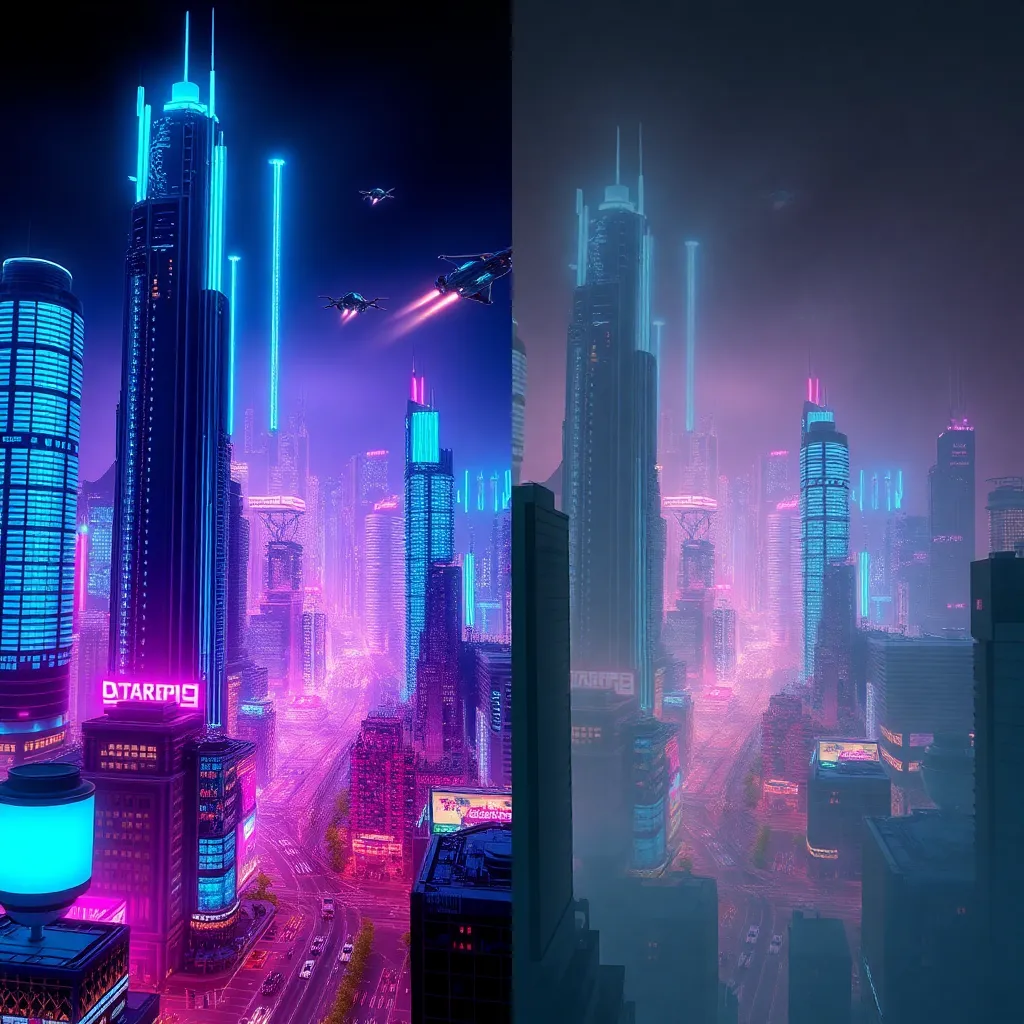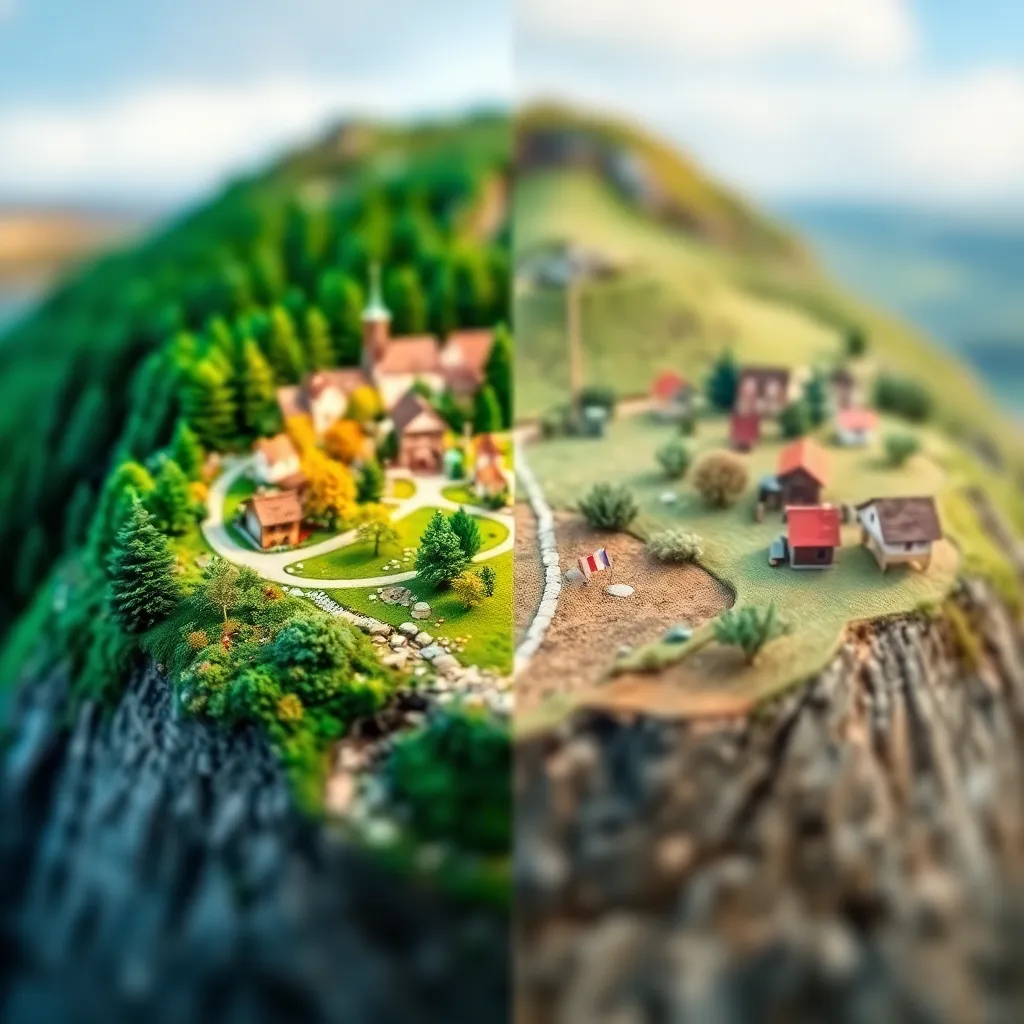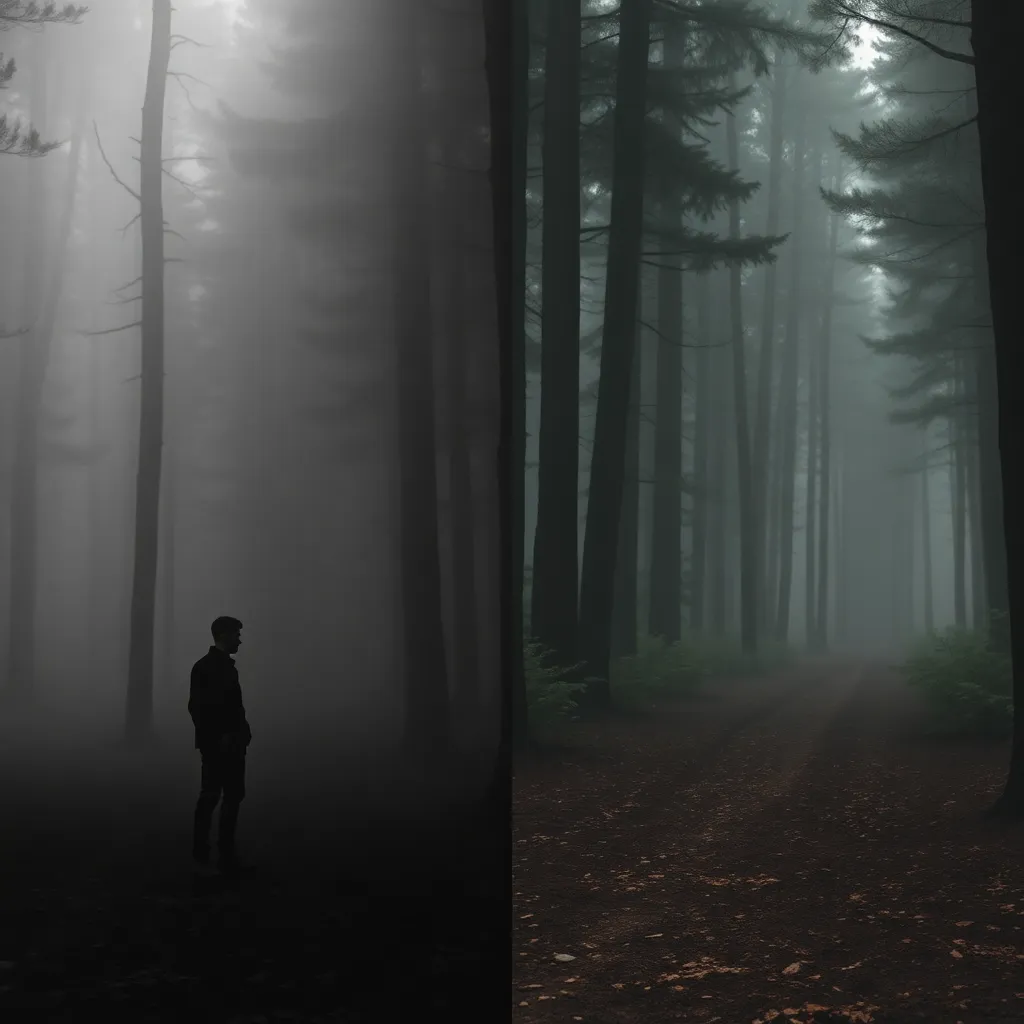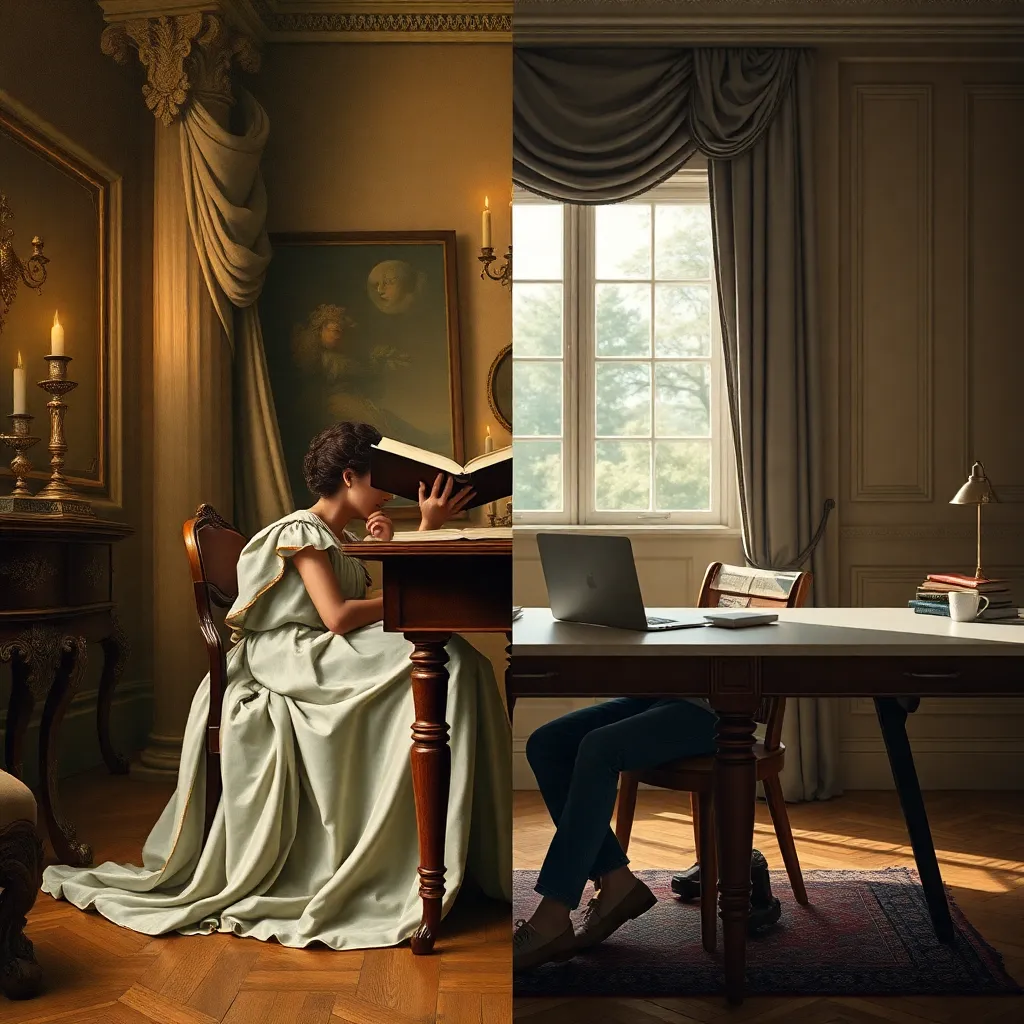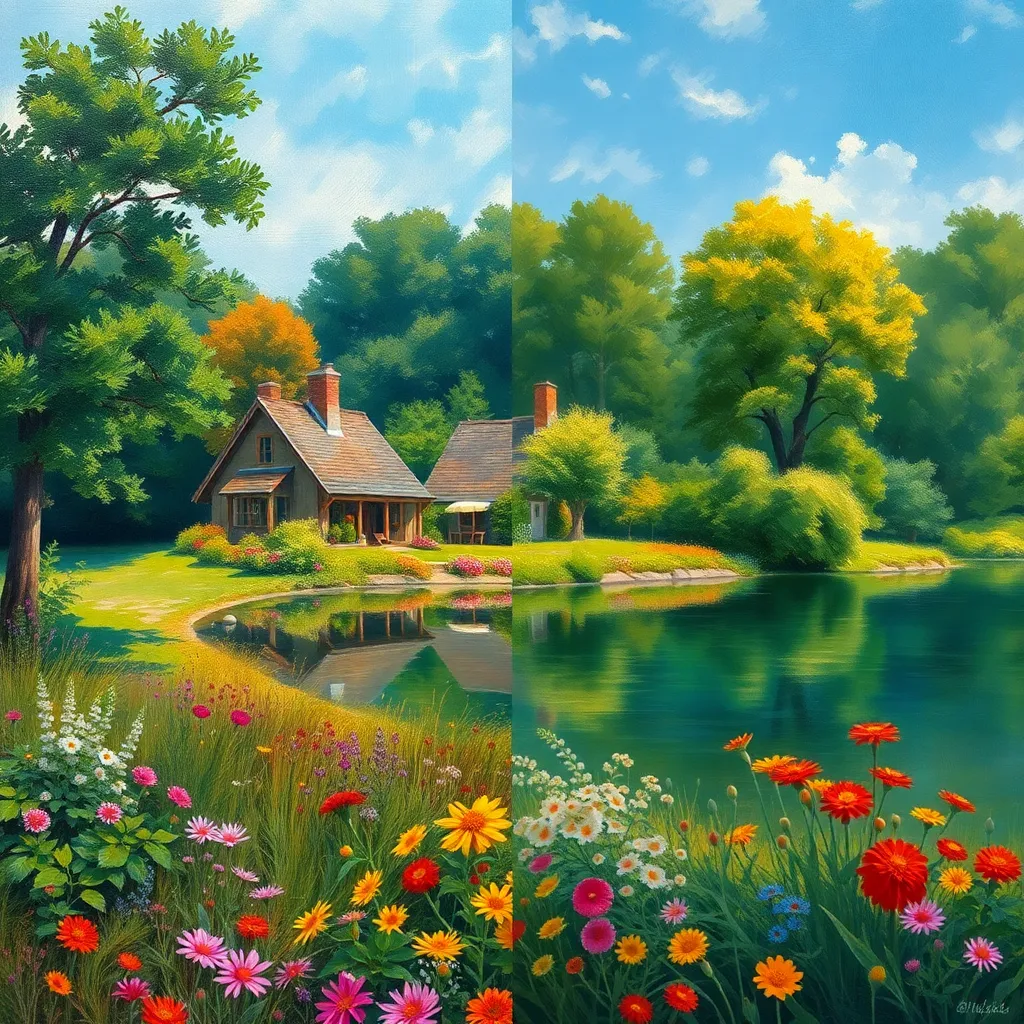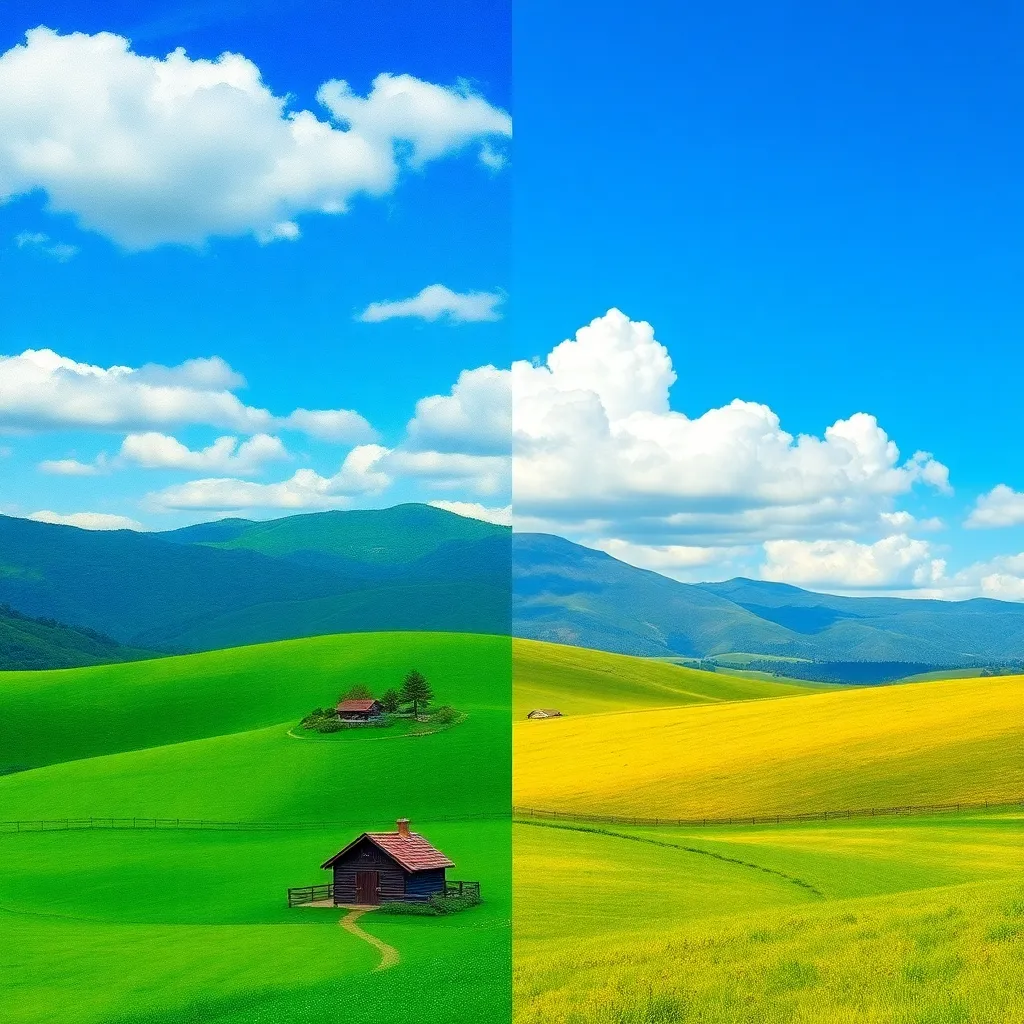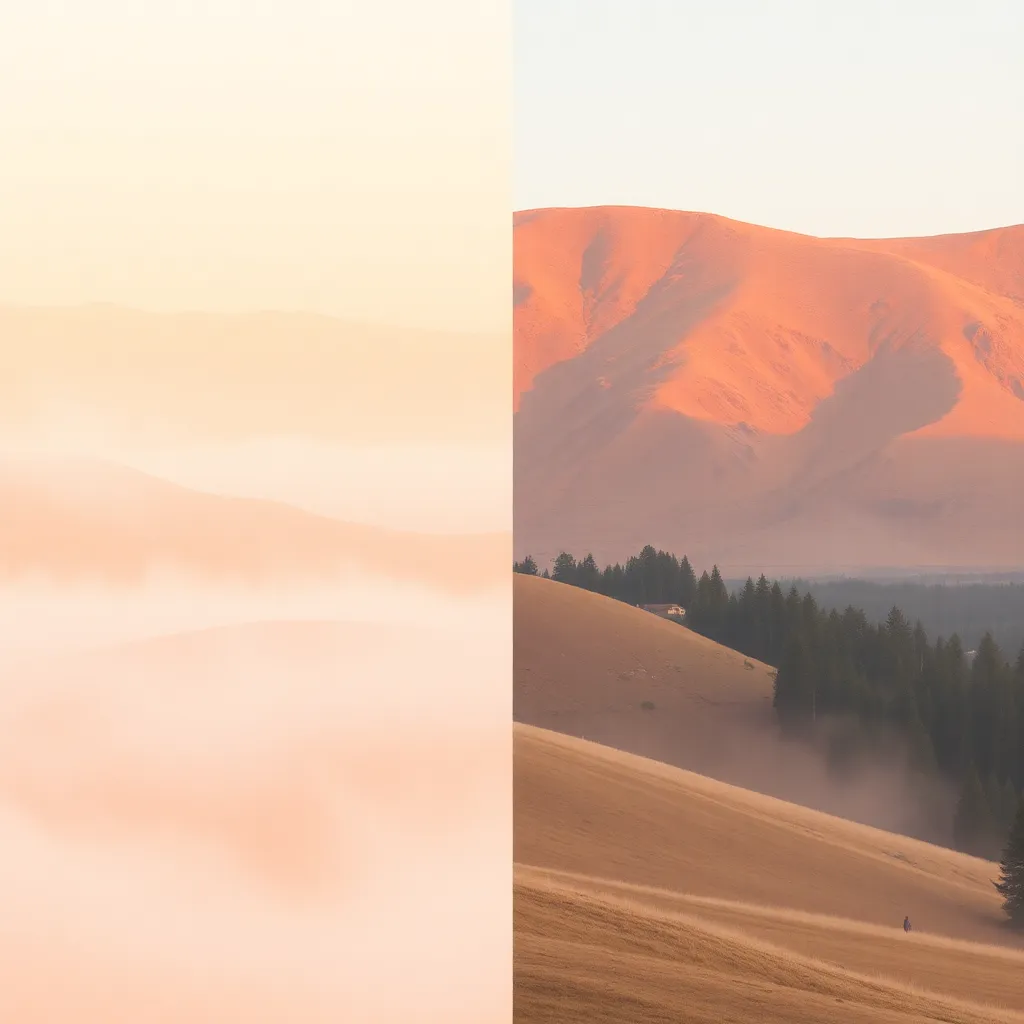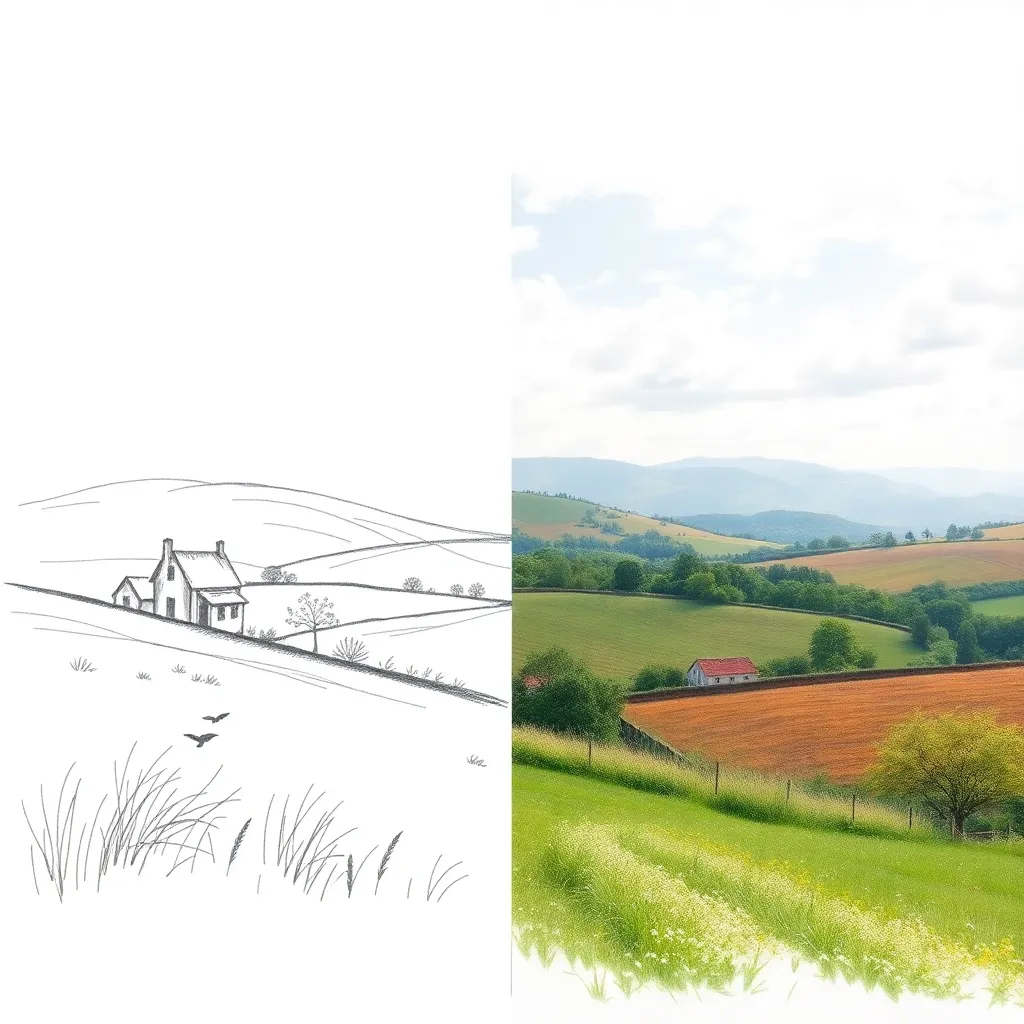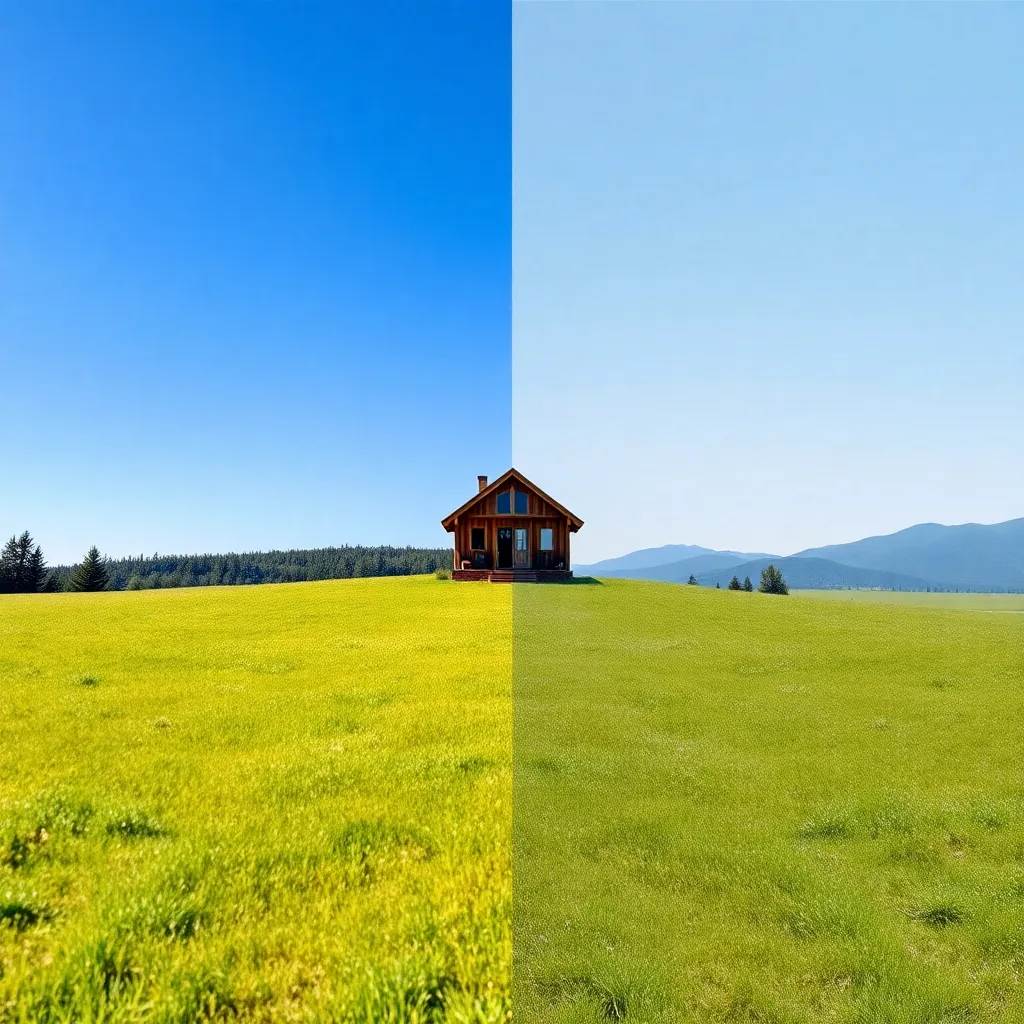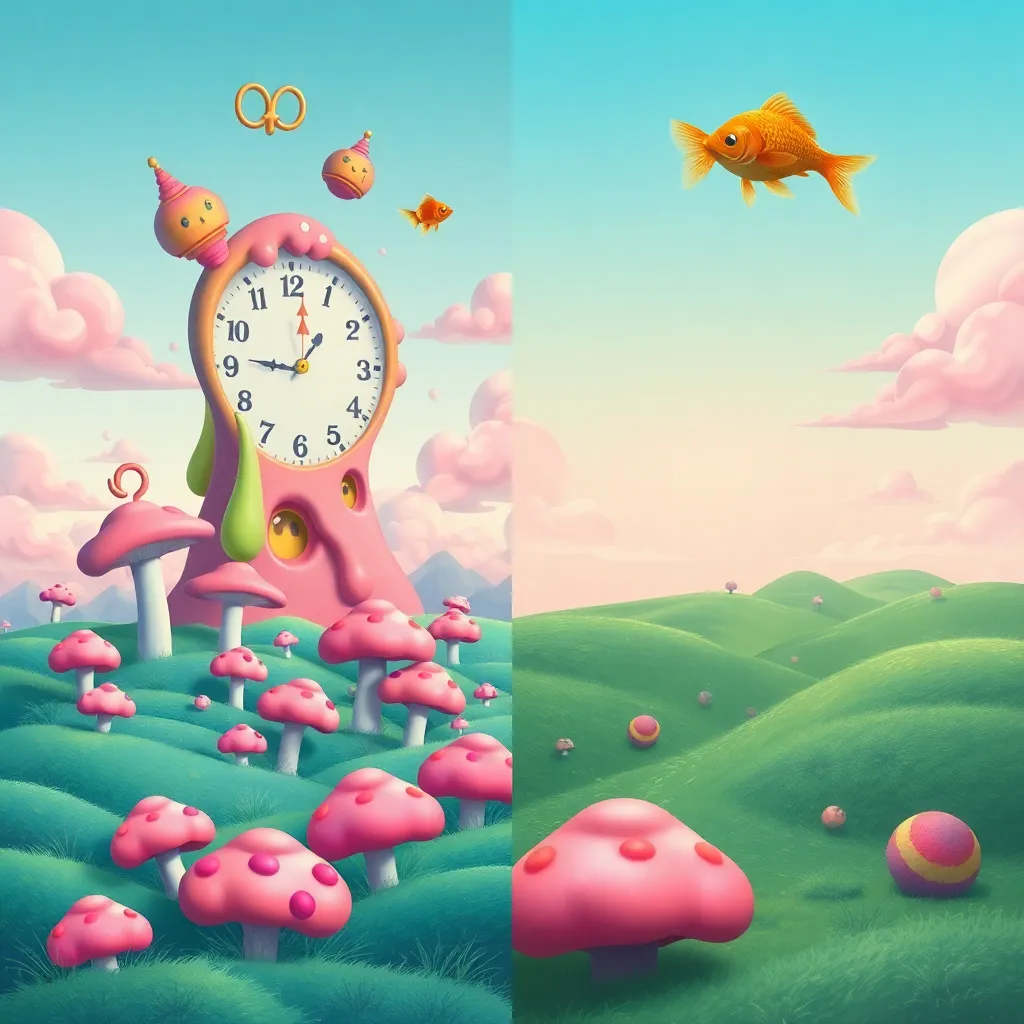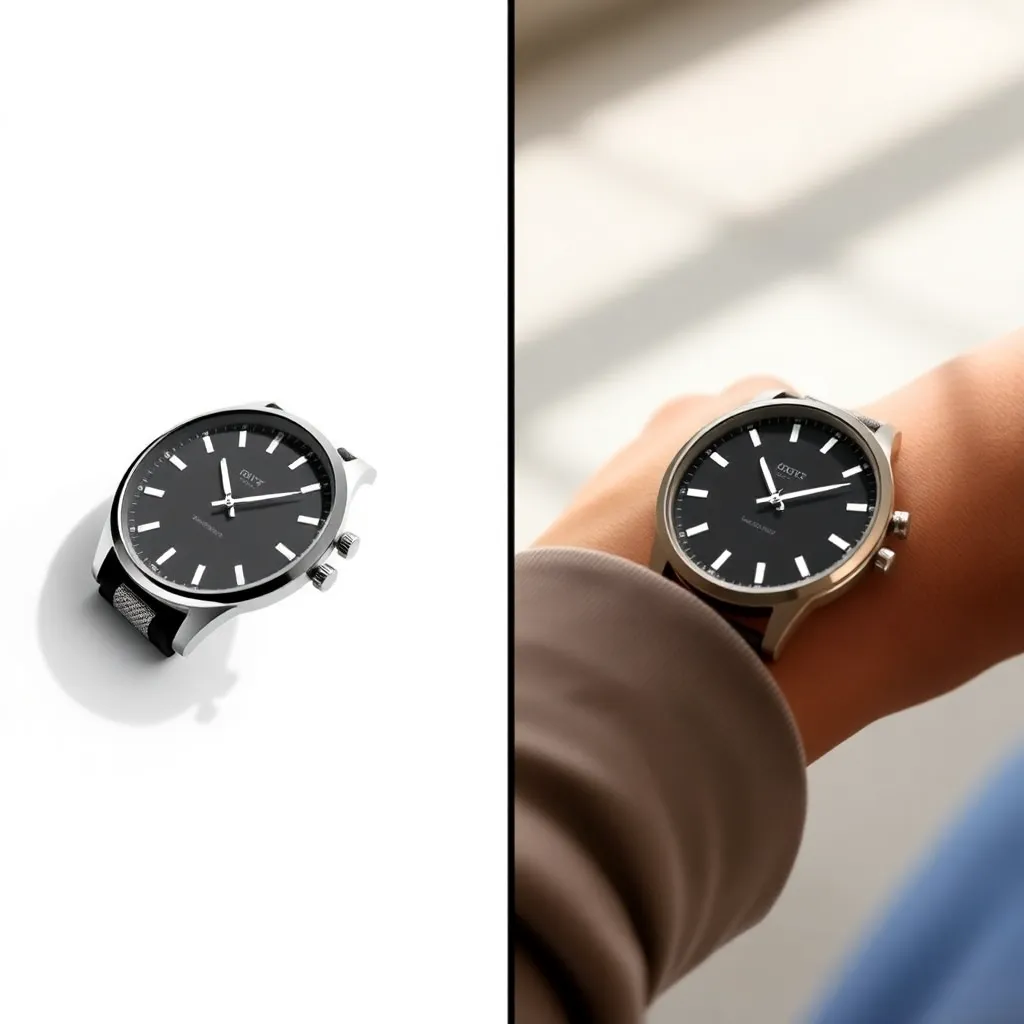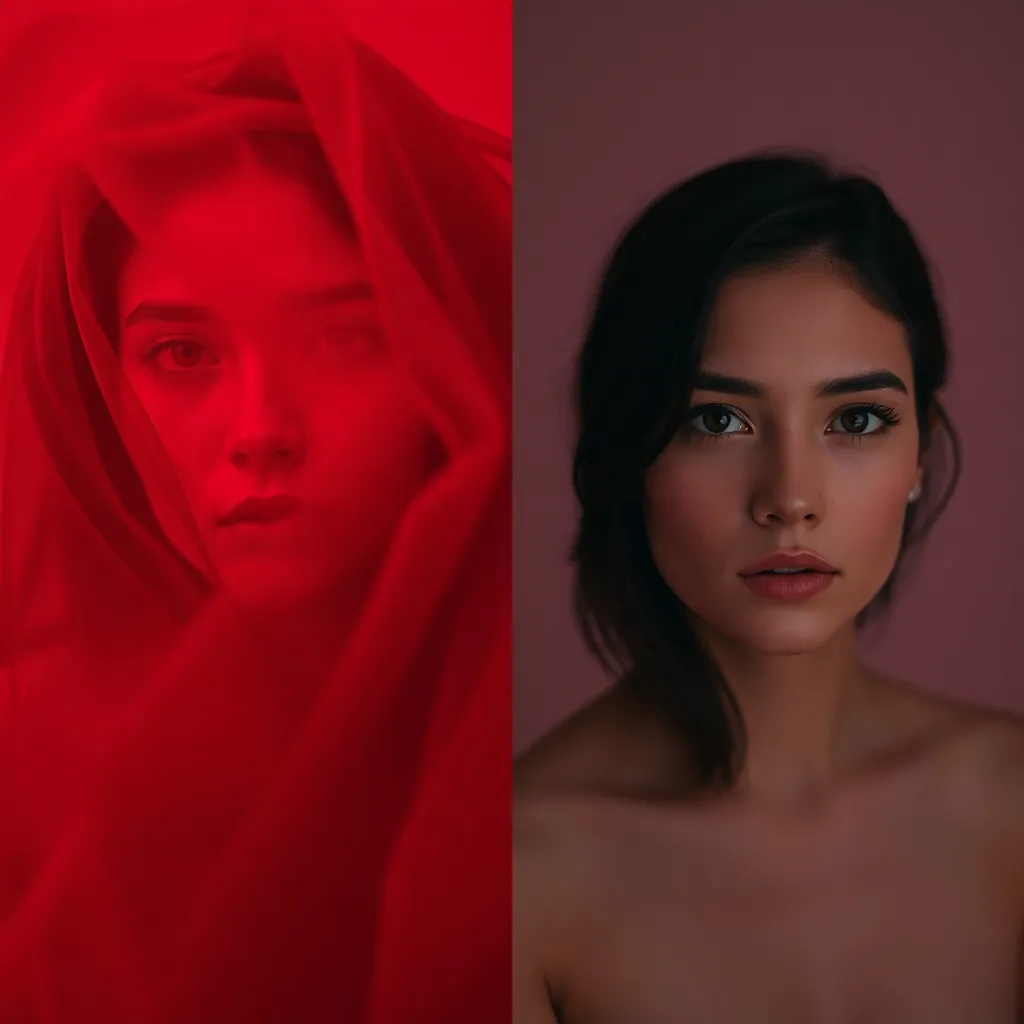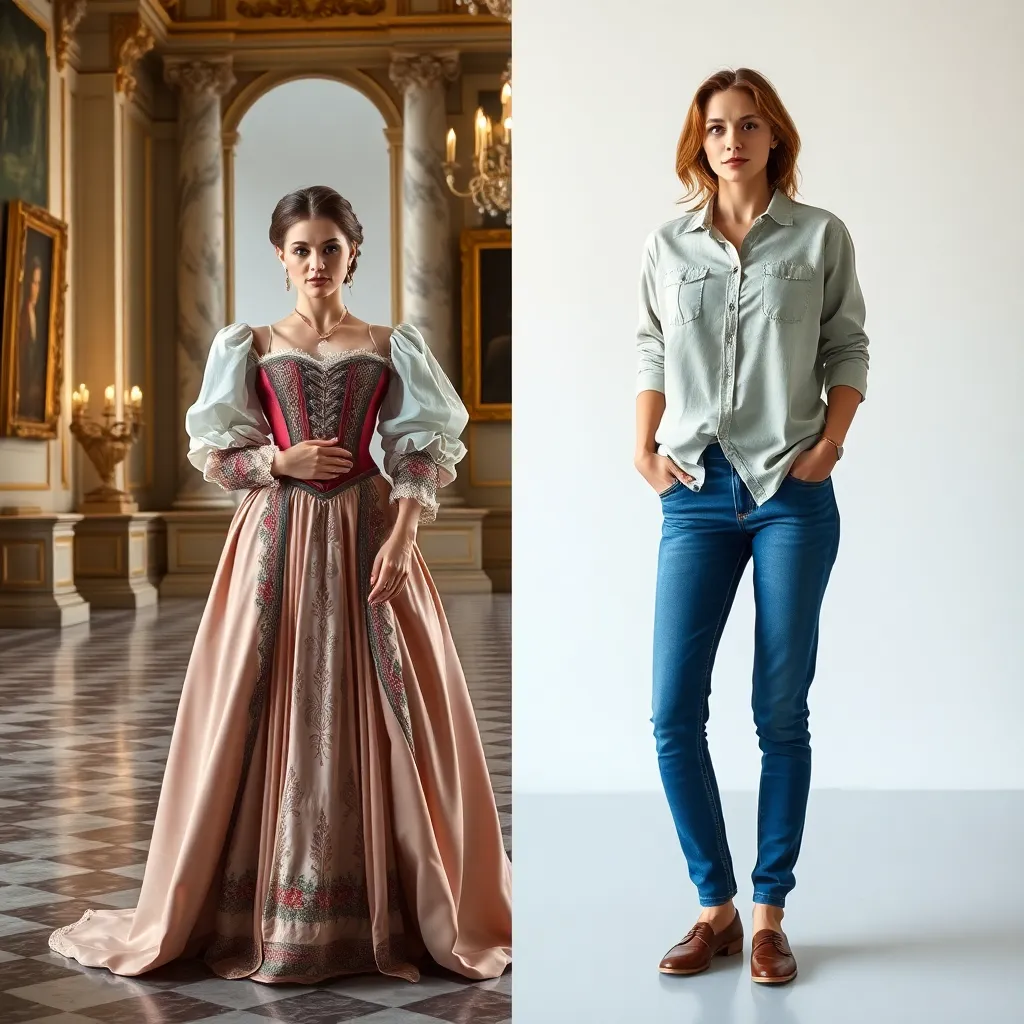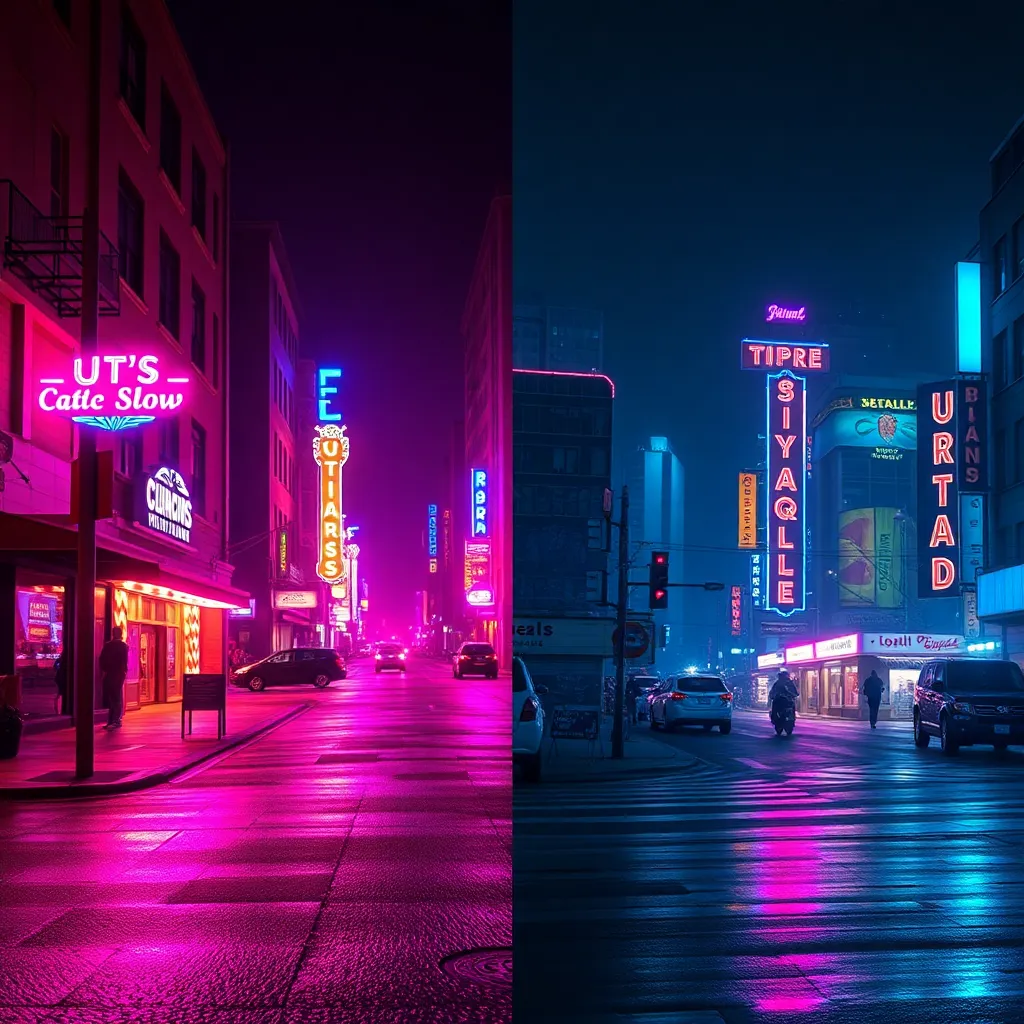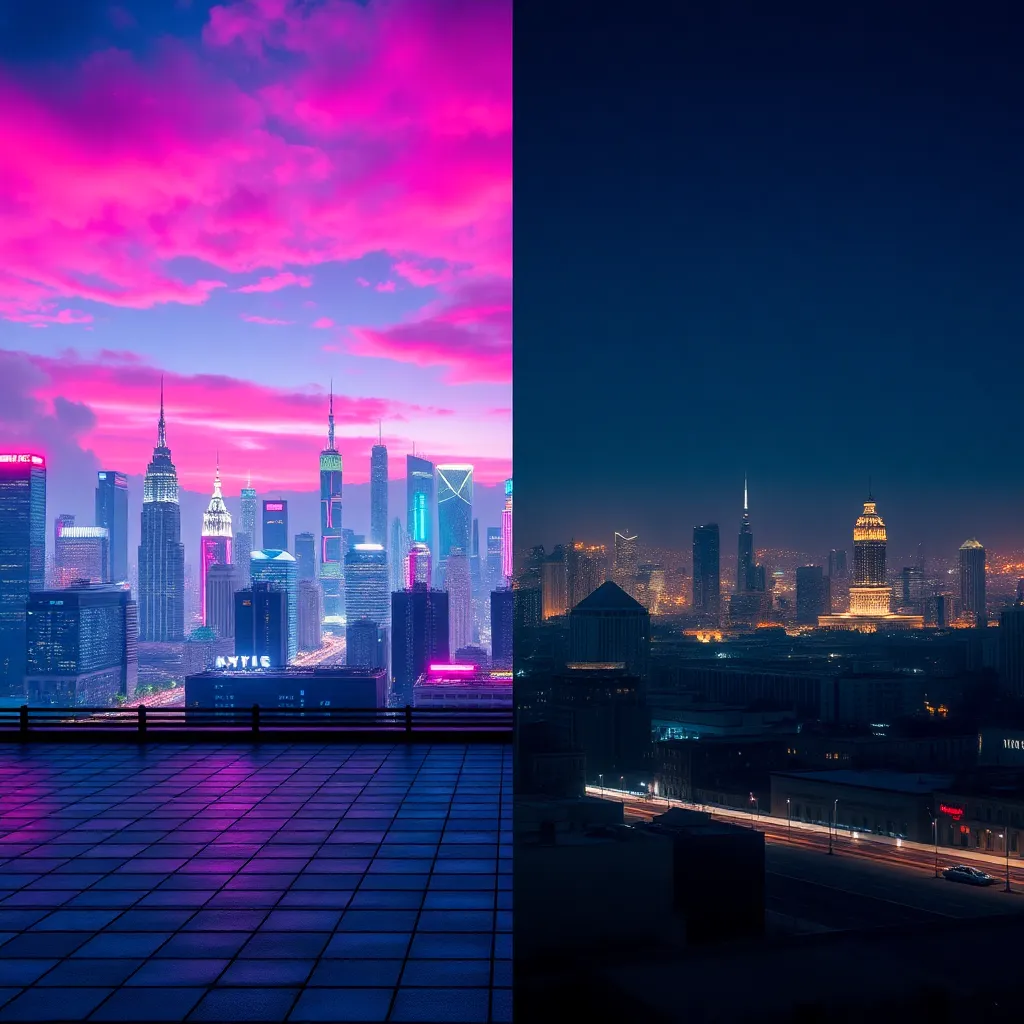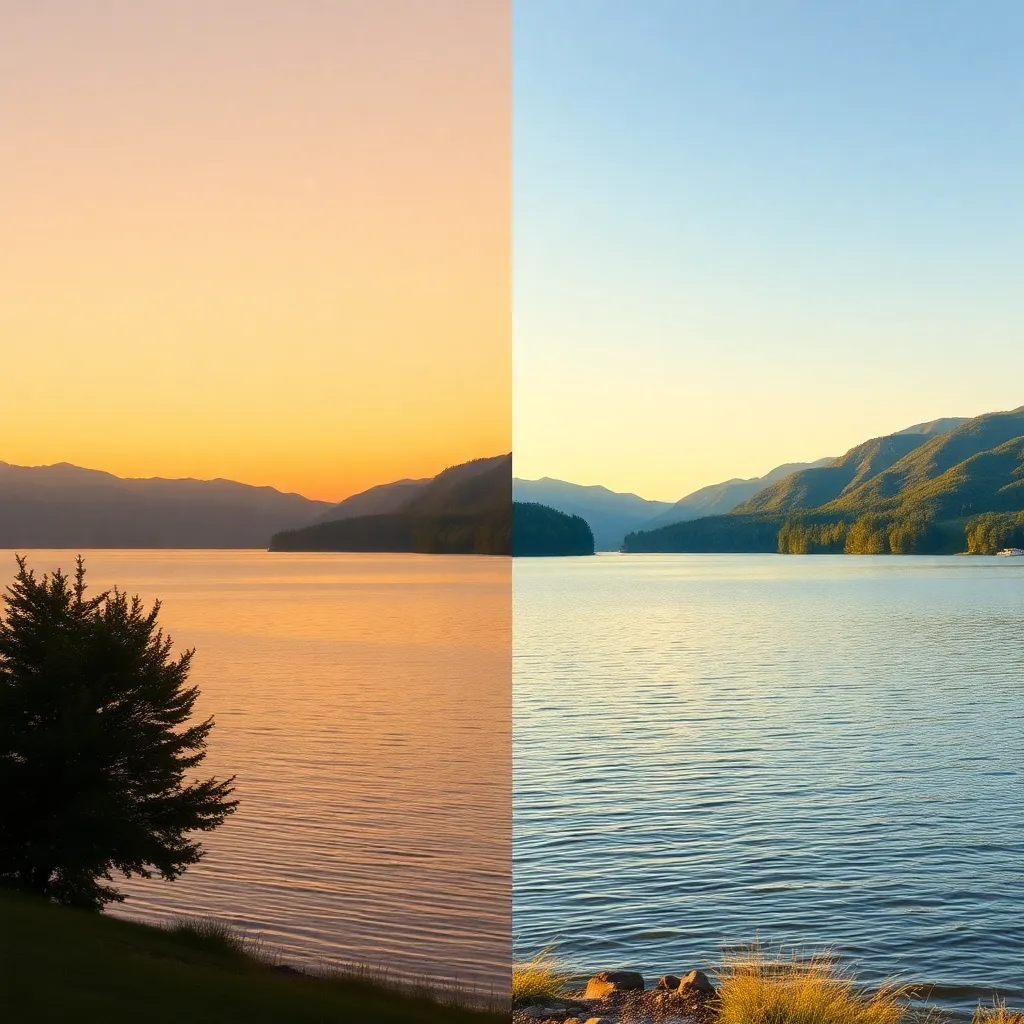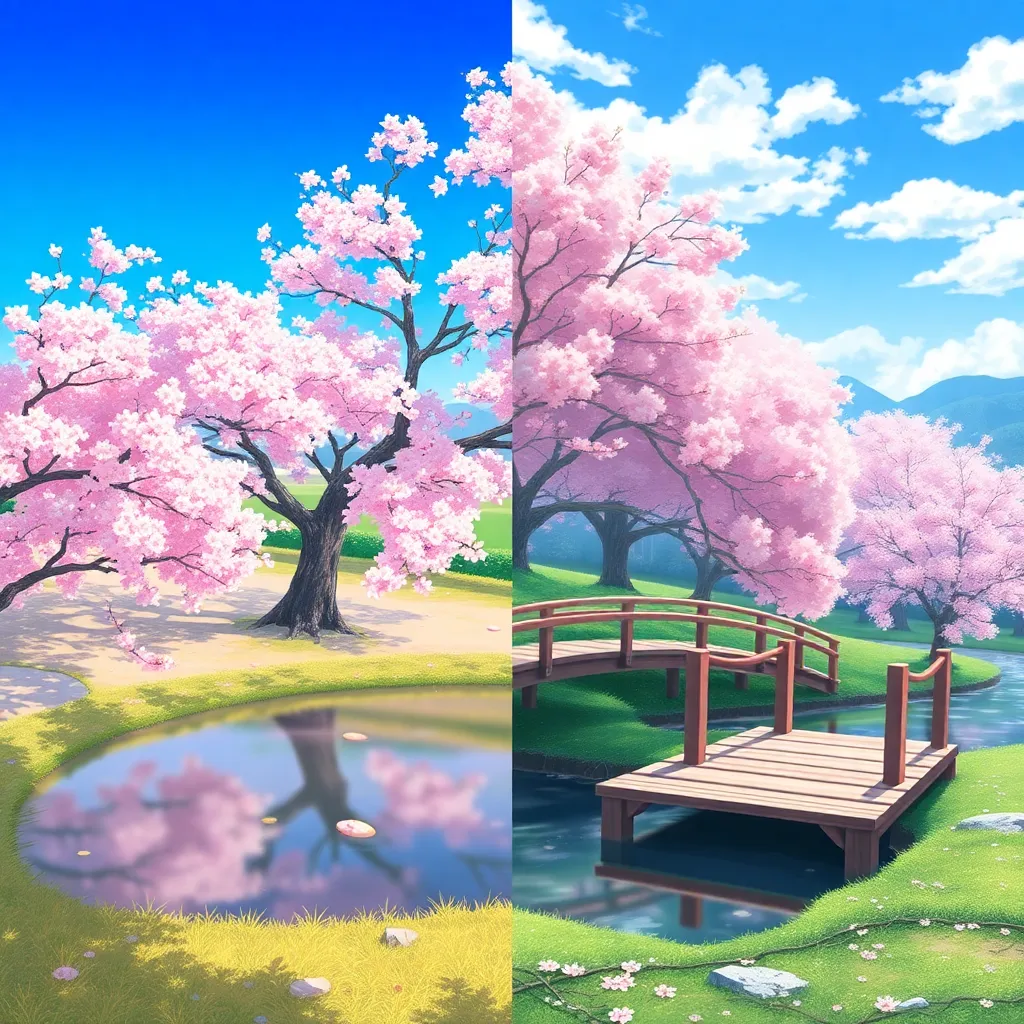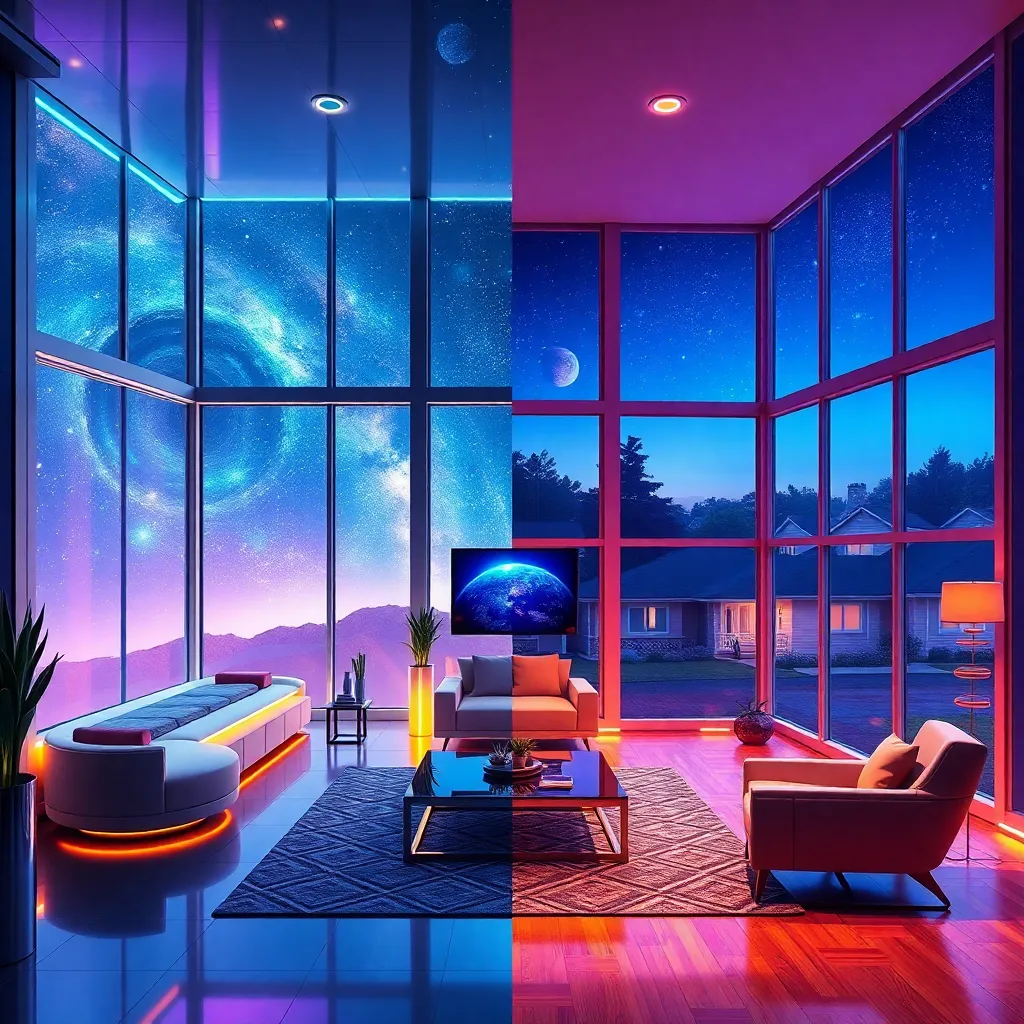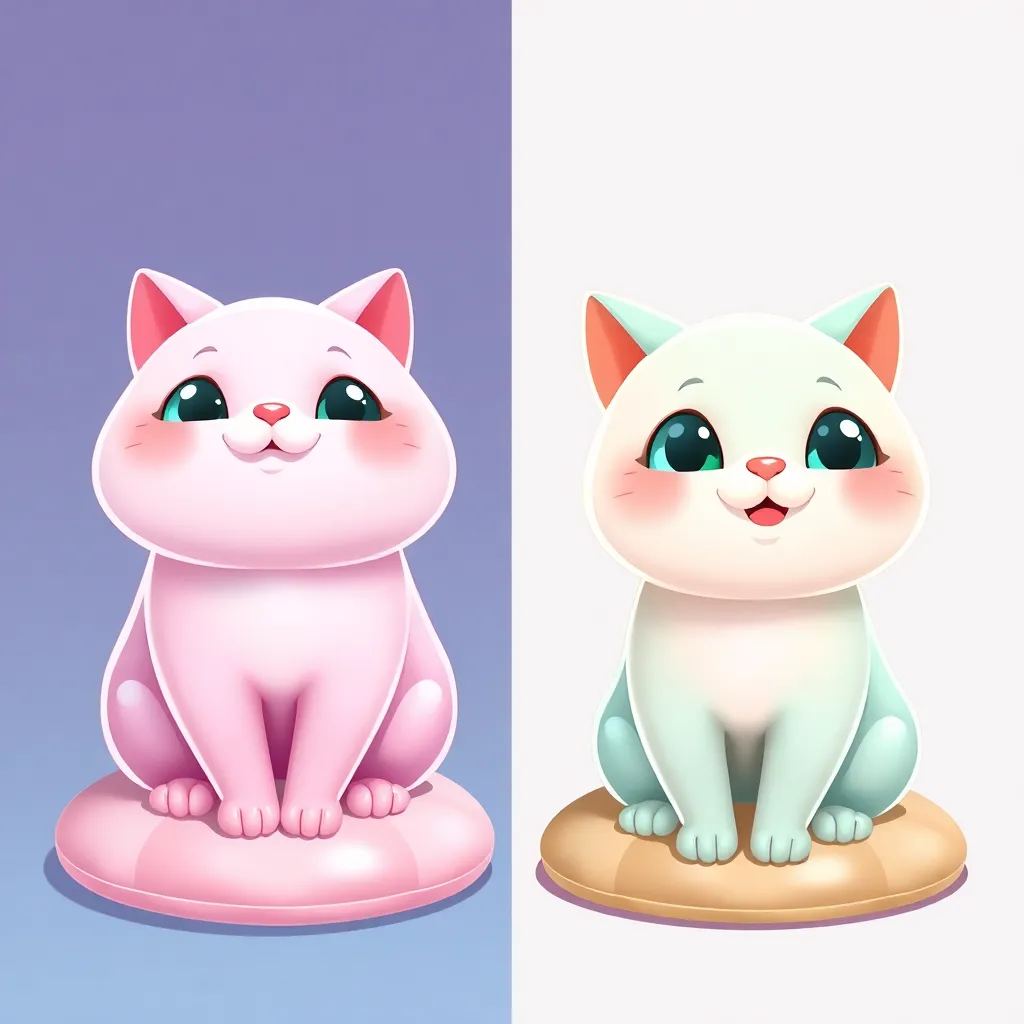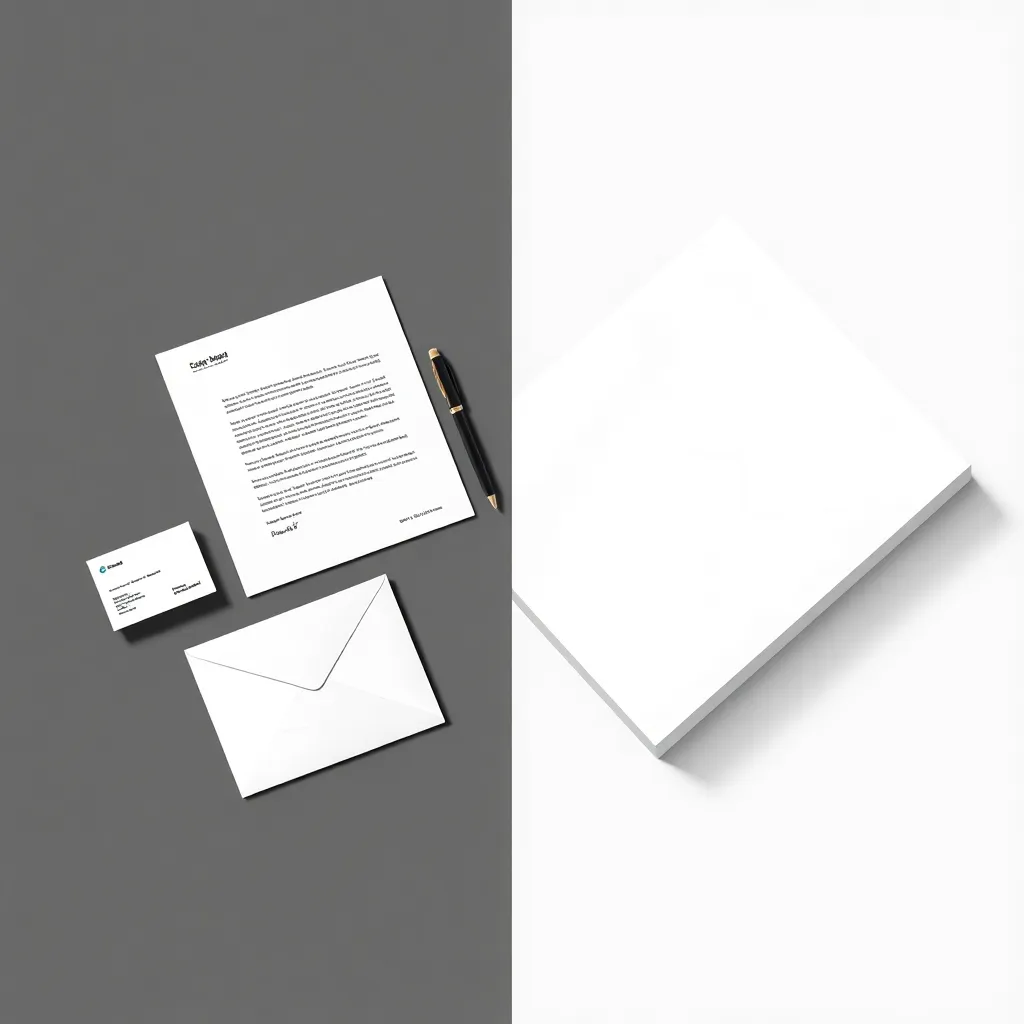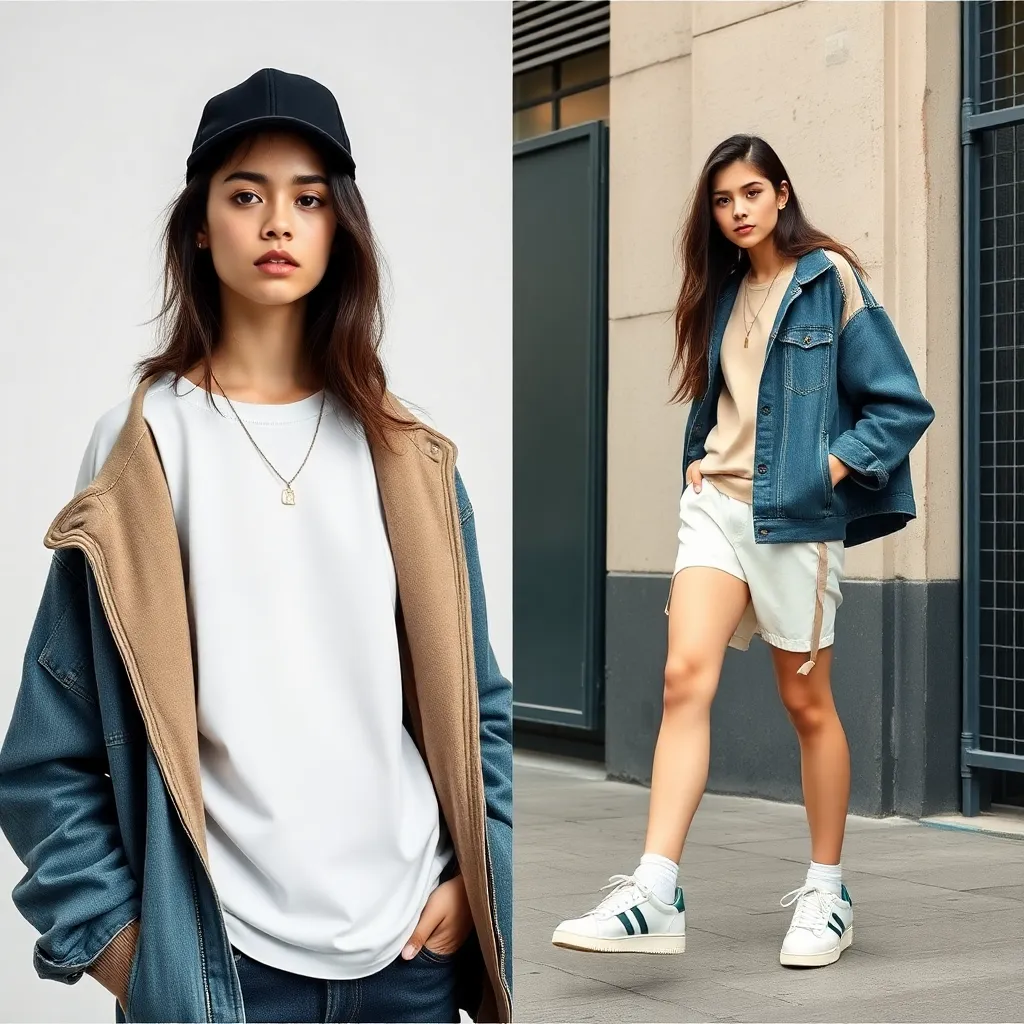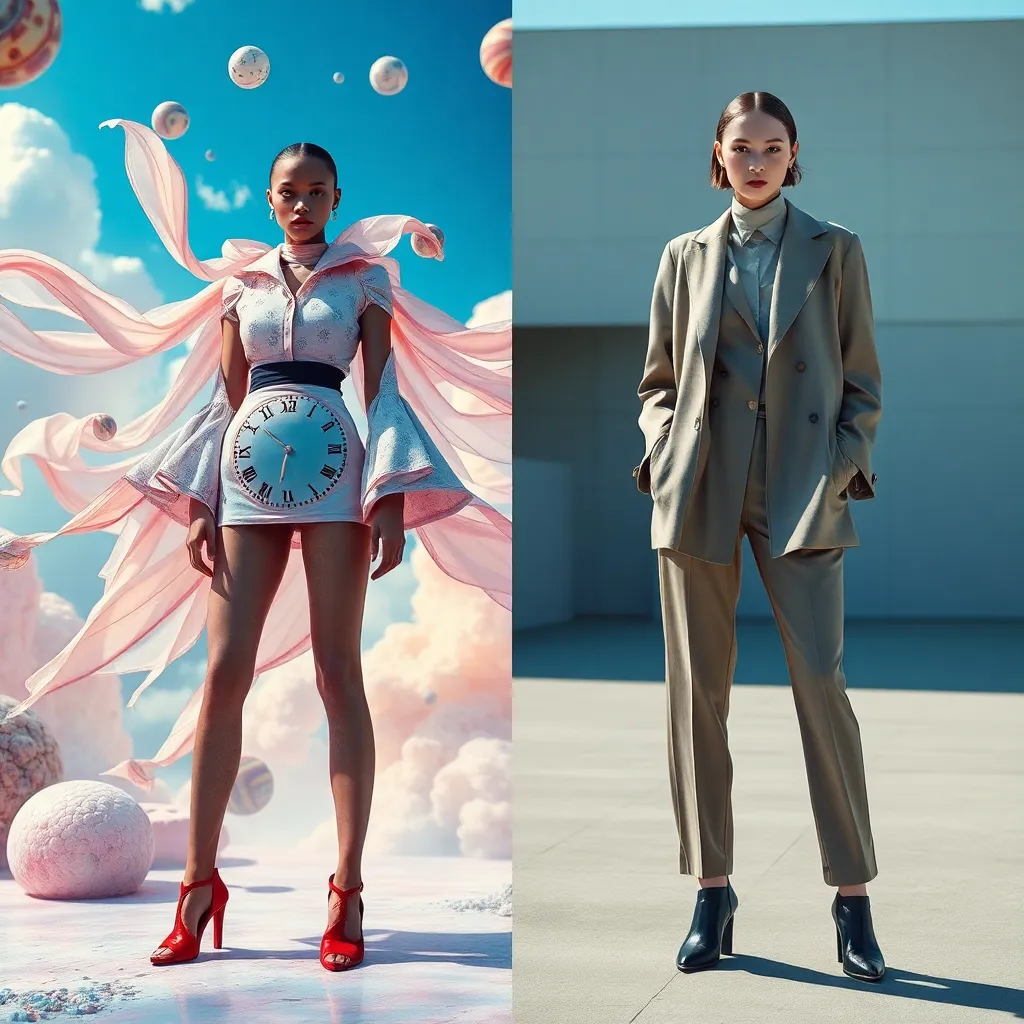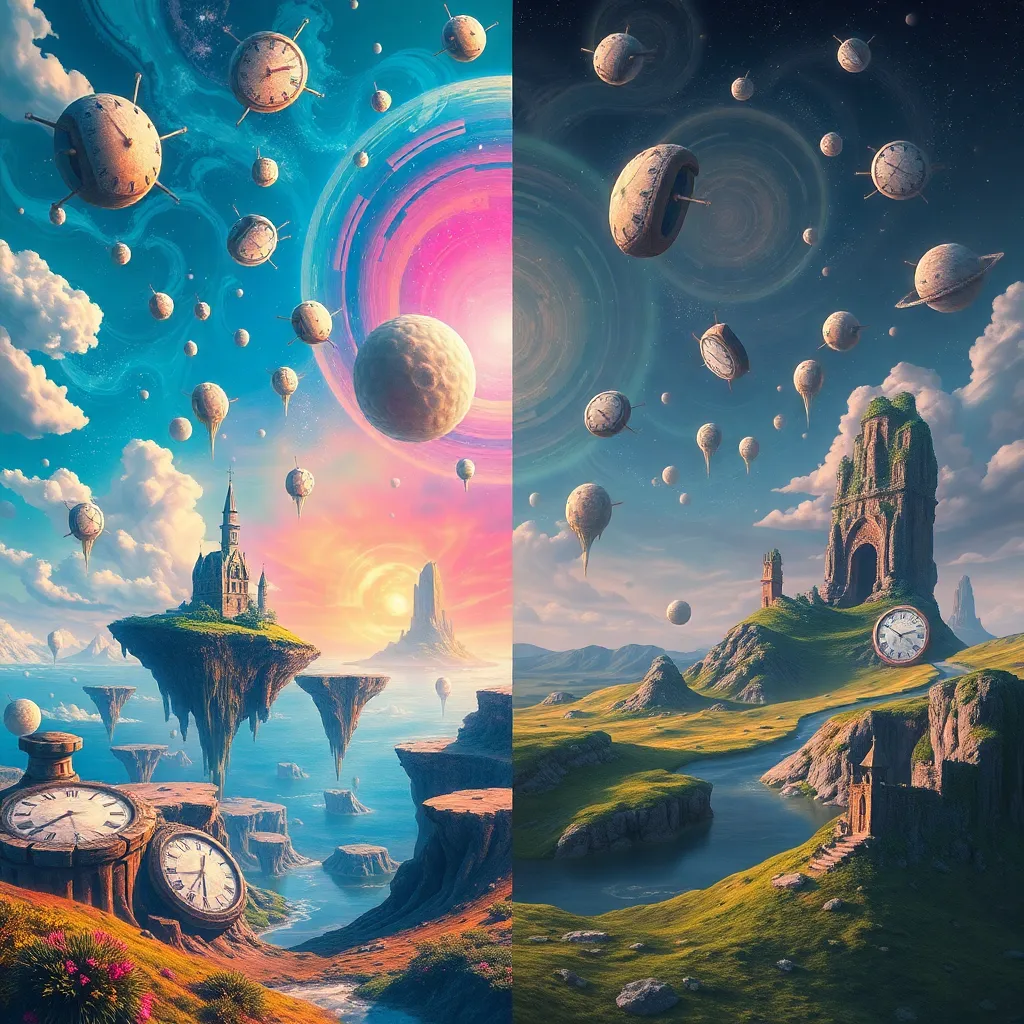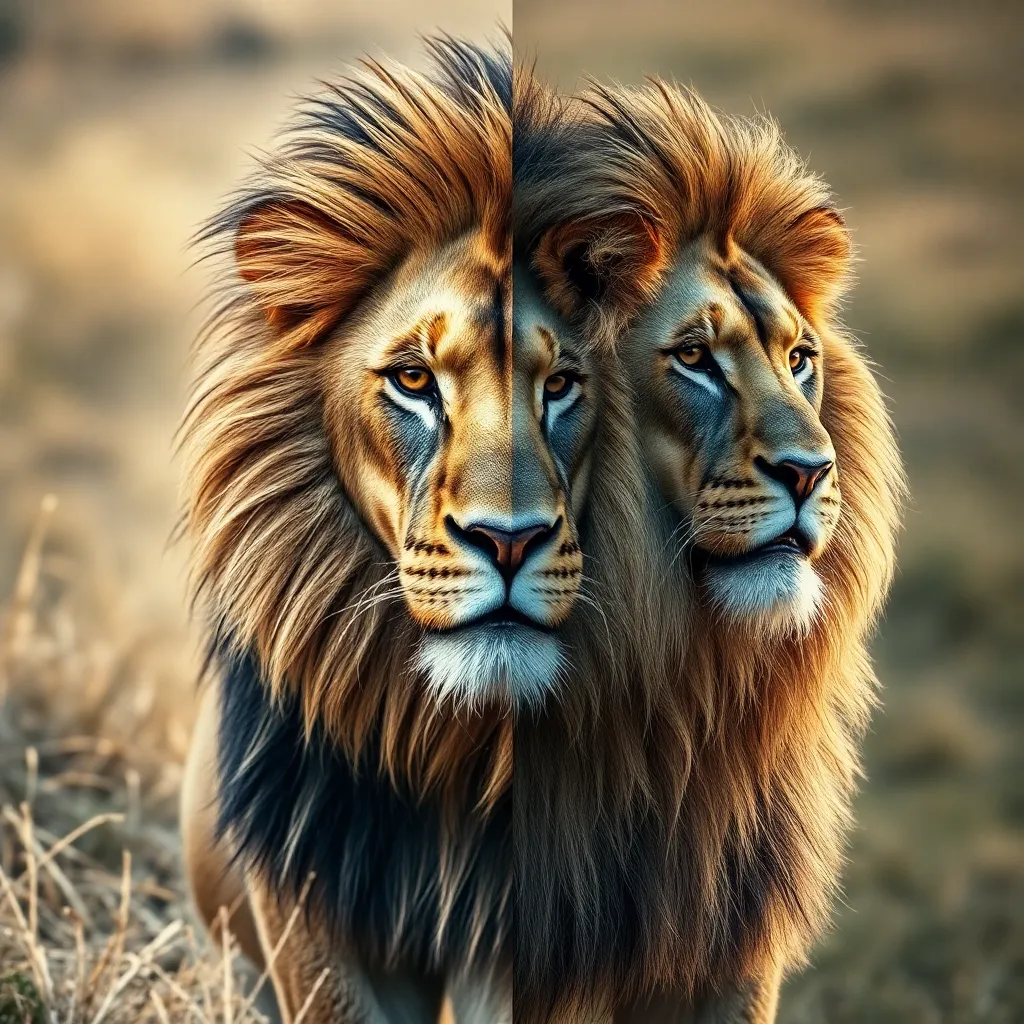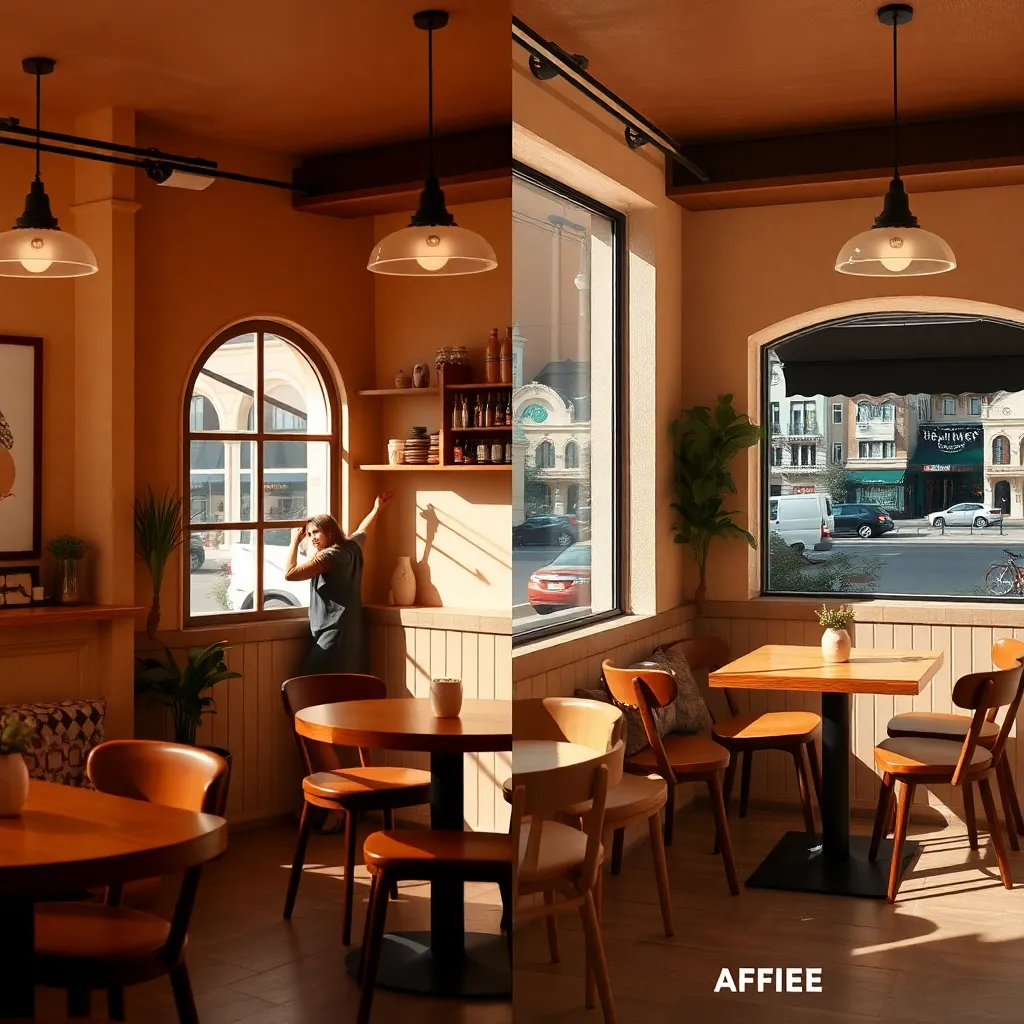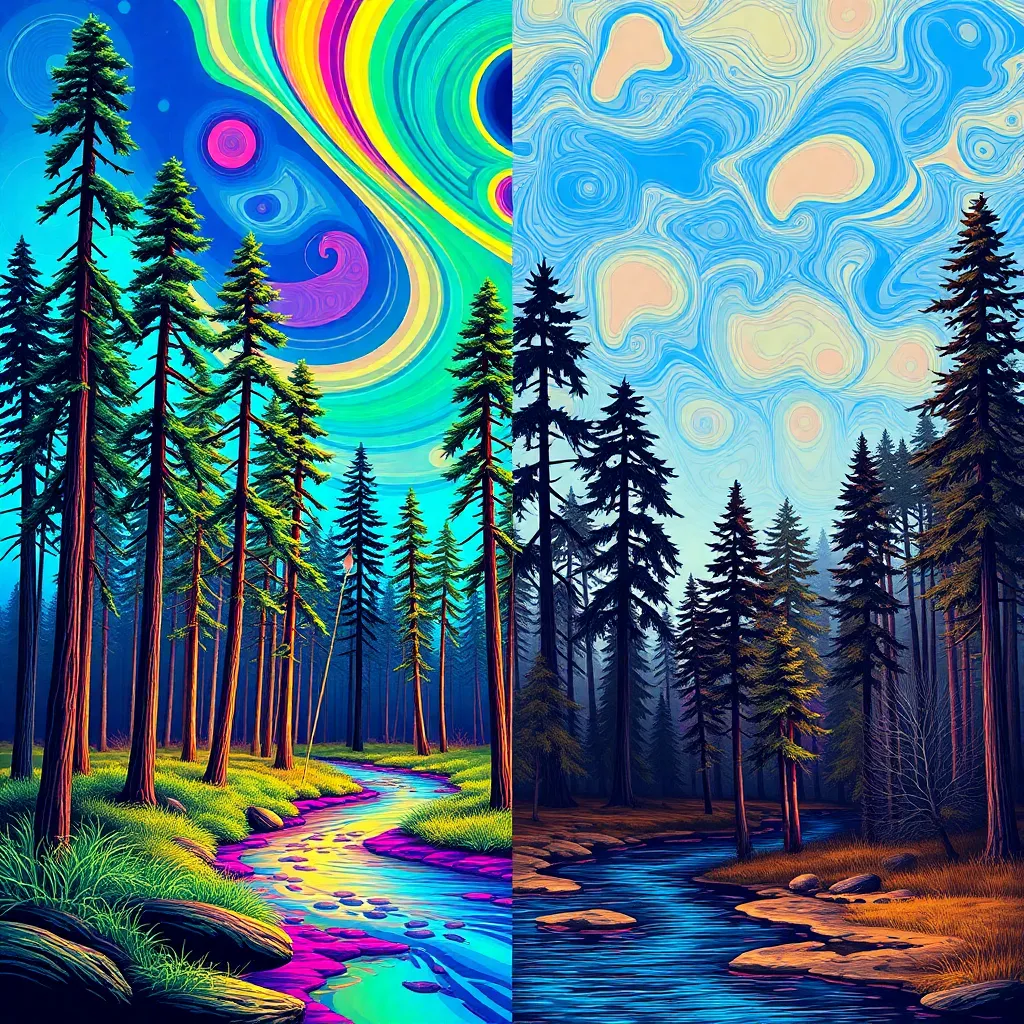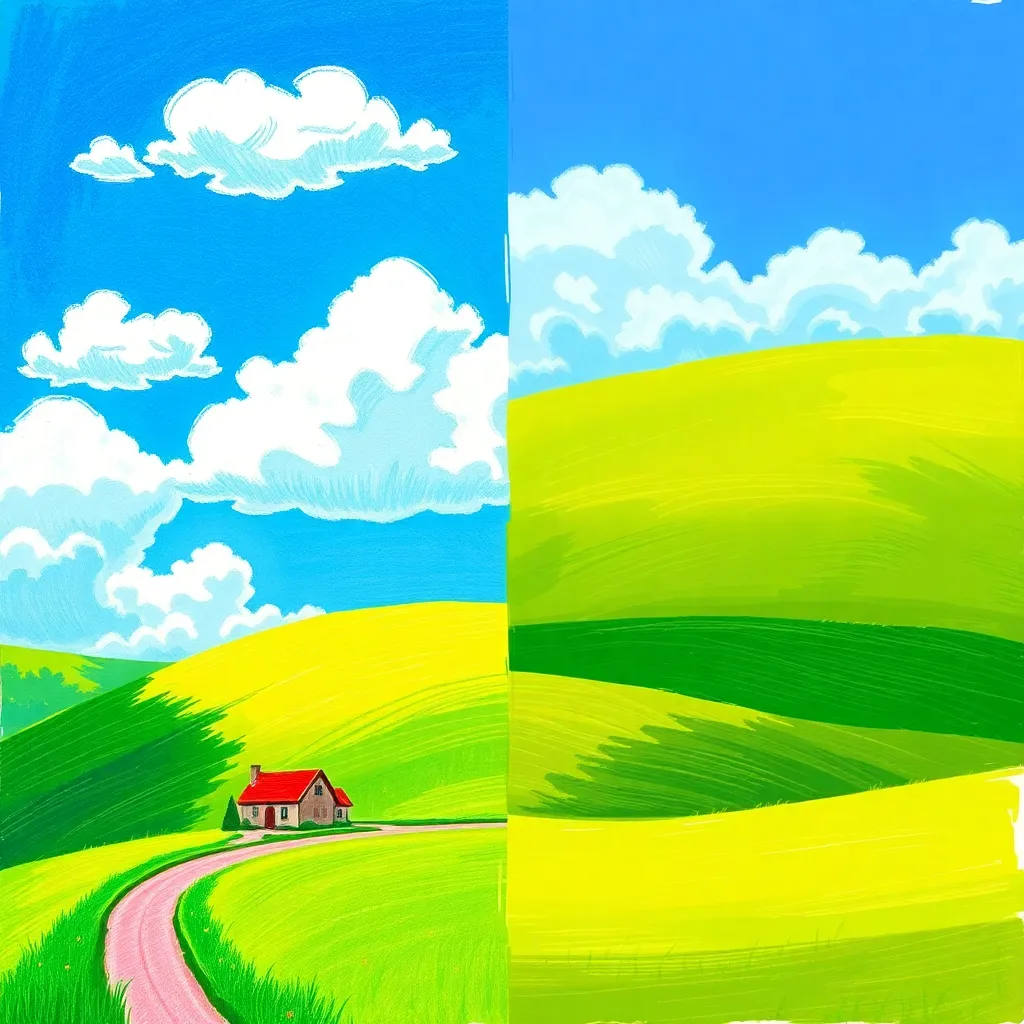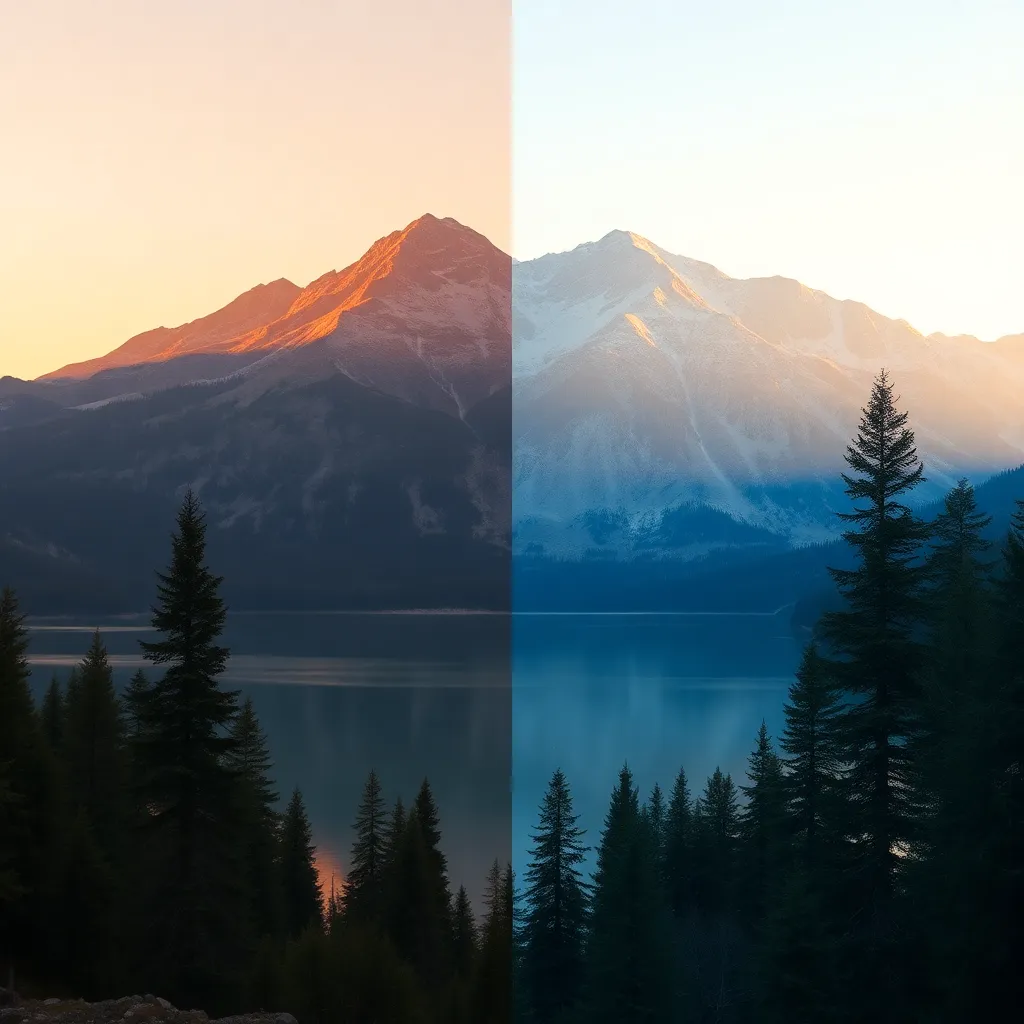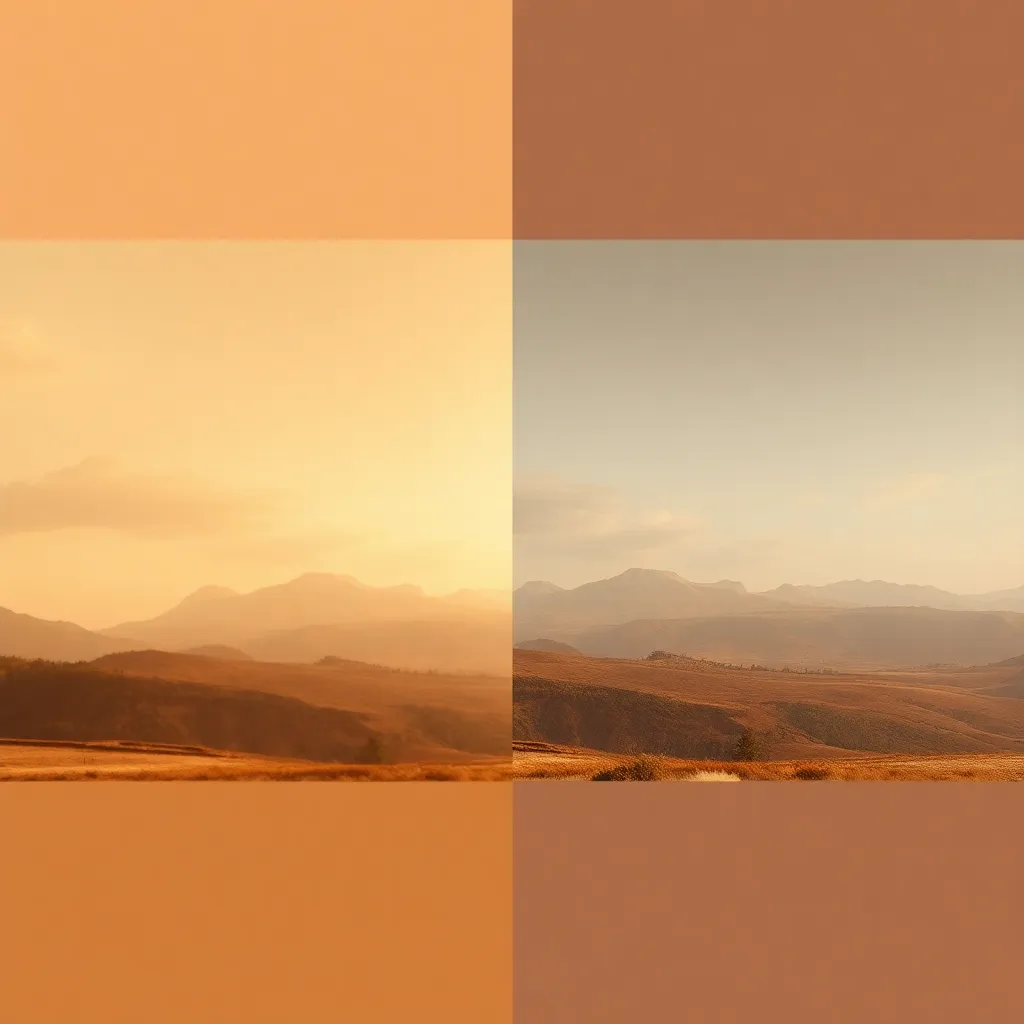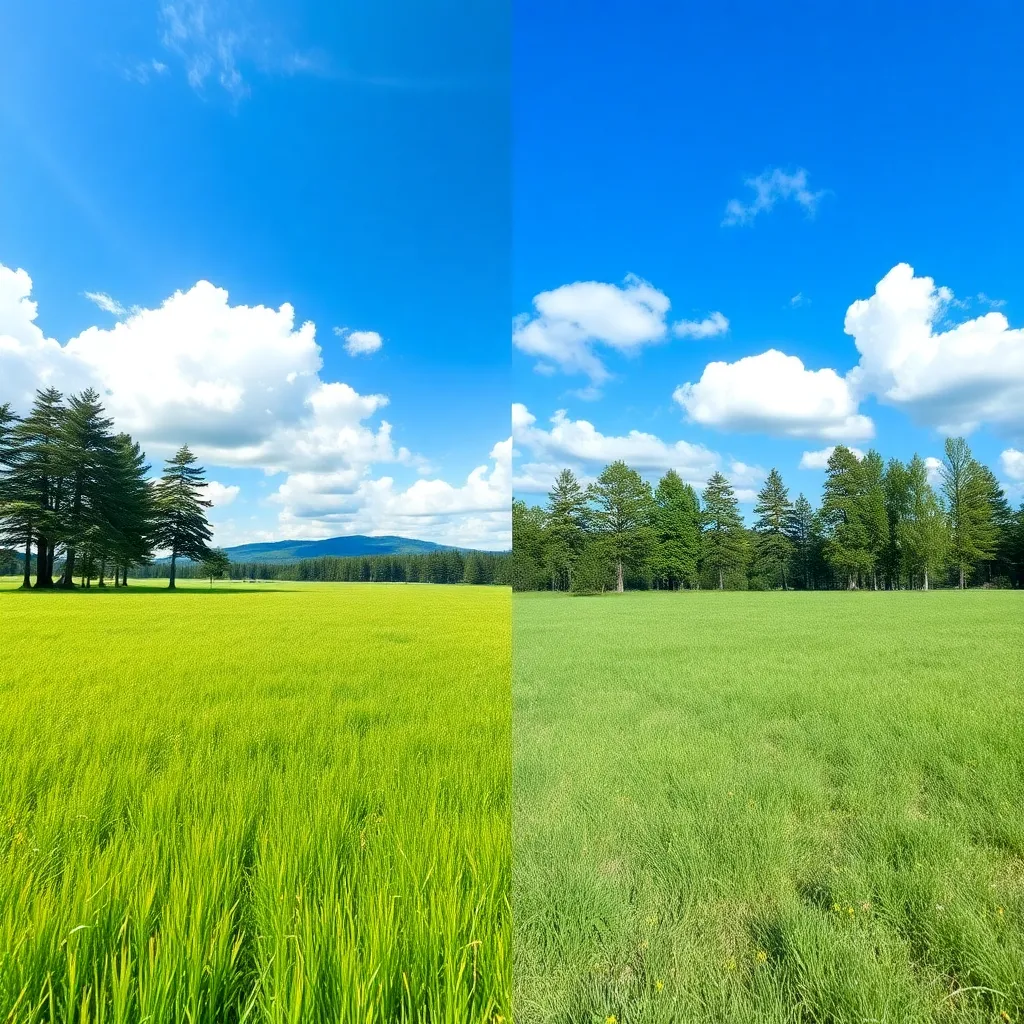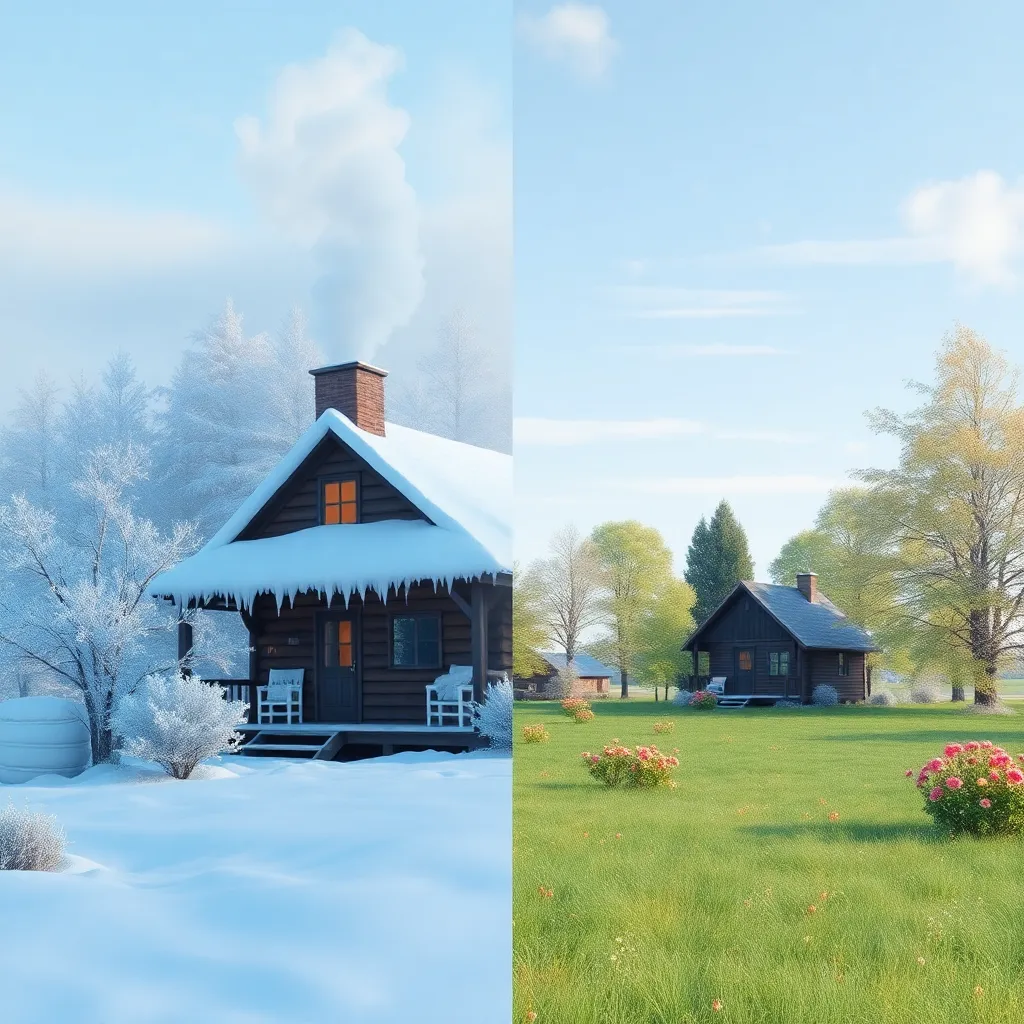What is Plushy World Style? History and Description
Plushy World Style is a whimsical, visually captivating effect that transforms ordinary images into enchanting scenes reminiscent of plush toys and soft, handcrafted worlds. Characterized by fuzzy textures, vibrant pastel color palettes, and toy-like, adorable characters, this style evokes feelings of comfort, innocence, and wonder.
The roots of Plushy World Style can be traced to the enduring popularity of plush toys and the timeless appeal of children’s illustration. From classic teddy bears to modern kawaii (cute) aesthetics in Japanese media, the plushy look has always been associated with safety and joy. Over time, digital artists and designers began to emulate these qualities in their work, blending traditional illustration techniques with digital color grading and texture overlays to create the signature Plushy World effect.
Today, Plushy World Style has evolved into a popular trend in children’s publishing, product design, game art, and playful branding, offering a distinctive way to connect with audiences seeking warmth and nostalgia.
Who is Using Plushy World Style?
Plushy World Style is embraced by a diverse range of creators and brands:
- Children’s Book Authors and Illustrators: To craft magical, inviting worlds for young readers.
- Interior Designers and Decor Brands: For nursery and playroom decor that feels soft, safe, and imaginative.
- Toy and Merchandise Designers: To develop character-driven products, plush dolls, and collectibles.
- Game Developers: Especially those focused on children’s games or casual mobile apps, to create enchanting, fantastical environments.
- Pet and Family Photographers: To offer unique, adorable portraits with a whimsical twist.
- Food and Product Packaging Designers: To make products irresistibly cute and appealing, especially for younger audiences.
- Playful Branding and Startups: To stand out with a memorable, heartwarming visual identity.
How Does Plushy World Style Enhance Photos?
1. Soft, Fuzzy Textures
Plushy World Style overlays images with tactile softness, mimicking the fuzzy fabric of plush toys. This creates a sense of comfort and friendliness, making images feel more inviting—perfect for children and family-oriented products.
2. Vibrant Pastel Colors
The use of bright, gentle pastel colors instantly lifts the mood of any image. Pastels are psychologically linked to calmness and happiness, which makes this style powerful for emotional storytelling and appealing design.
3. Toy-like, Adorable Features
Characters and objects are rendered with rounded shapes, button eyes, stitched smiles, and other toy-inspired details. These enhance the “cuteness factor,” drawing viewers in and making images memorable.
4. Whimsical, Imaginative Atmosphere
Plushy World Style transforms the ordinary into the extraordinary—landscapes become dreamlike, animals turn into storybook companions, and everyday objects gain playful personalities. This imaginative boost is key for storytelling and branding.
5. Child-Friendly and Safe Aesthetic
Unlike harsher, high-contrast styles, Plushy World Style ensures images are always gentle on the eyes, making them suitable for all ages—especially young children.
Use Cases for Plushy World Style
Children’s Book Illustration
Plushy World Style is a natural fit for children’s literature. It brings characters and settings to life with warmth and charm, capturing young imaginations and making stories unforgettable.
Nursery and Playroom Decor
Decor featuring Plushy World Style creates safe, comforting, and imaginative spaces. Oversized plush animals, pastel trees, and fuzzy motifs help children feel at home and encourage creative play.
Adorable Pet Portraits
Pet owners love seeing their furry friends reimagined in Plushy World Style—soft, toy-like versions that amplify cuteness and add a playful twist to traditional pet photography.
Fantasy Game Environments
Game developers use Plushy World Style to build immersive, magical worlds for children’s games or casual apps. Plushy hills, giant mushrooms, and pastel skies make gameplay more engaging and visually delightful.
Character and Merchandise Design
Brands create plushy-style characters with button eyes and stitched features for toys, stickers, apparel, and more. This style makes products stand out on shelves and appeals to fans of cute, collectible items.
Food and Product Packaging
Plushy World Style is increasingly popular on packaging for snacks, toys, and children’s goods. Cute, fuzzy versions of cupcakes, donuts, and other products make packaging more attractive and instantly recognizable.
Pro Tips for Mastering Plushy World Style
1. Focus on Softness:
Use blur and texture overlays to ensure no harsh lines or sharp edges remain. The softer the image, the more authentic the plushy effect.
2. Embrace Pastel Palettes:
Stick to light, cheerful pastels—think pinks, blues, yellows, and mints. These colors evoke happiness and innocence.
3. Add Toy Details:
Incorporate elements like button eyes, stitched smiles, and fluffy outlines to push the toy-like character of your images.
4. Highlight Roundness:
Round shapes and forms are inherently cute and comforting; use them in characters, backgrounds, and props.
5. Keep It Whimsical:
Don’t be afraid to let your imagination run wild. Plushy World Style thrives on creativity, so create landscapes and characters that are magical and unexpected.
Conclusion
Plushy World Style is more than just an aesthetic—it’s a mood and a feeling. By embracing soft textures, pastel palettes, and toy-inspired details, creators can craft images that are comforting, imaginative, and irresistibly cute. Whether you’re illustrating a storybook, designing a product, or simply looking to add warmth and playfulness to your visuals, Plushy World Style is a delightful choice that’s sure to charm audiences of all ages.
